
Esta revista é uma publicação da Universidade de Sorocaba (Uniso). O conteúdo que compõe esta publicação faz parte do projeto de divulgação científica Uniso Ciência e foi elaborado com base nas pesquisas desenvolvidas pelos Programas de Pós-Graduação da Uniso em Ciências Farmacêuticas (Mestrado e Doutorado), Comunicação e Cultura (Mestrado e Doutorado), Educação (Mestrado e Doutorado) e Processos Tecnológicos e Ambientais (Mestrado e Doutorado Profissional), além de reportagens livres sobre temáticas de grande interesse público.
This magazine is published by the University of Sorocaba. The content comprised in this magazine is part of the project Science @ Uniso for the public outreach of science, technology, and innovation, and was elaborated based on studies developed at Uniso’s Graduate Programs in Pharmaceutical Sciences (Master’s and Doctorate degrees), Communication and Culture (Master’s and Doctorate degrees), Education (Master’s and Doctorate degrees), and Technological and Environmental Processes (Professional Master’s and Doctorate degrees), besides free-themed feature stories based on topics of great public interest.
2 UNISO CIÊNCIA • SCIENCE @ UNISO
CARTA AO LEITOR A LETTER TO THE READER


Oprojeto Uniso Ciência está em festa, completando cinco anos. Em outubro de 2017, iniciávamos nossa trajetória, com o propósito de ampliar a divulgação da produção científica da Universidade de Sorocaba. Criamos um jornal e um blog, os embriões desse projeto, que ainda hoje seguem publicando temas científicos de impacto no nosso cotidiano. A premissa era e continua sendo tratar assuntos de forma que se mantenha o rigor científico, mas com linguagem acessível, para que tanto o leitor acadêmico quanto o leitor comum possam usufruir do conteúdo.
Assim, em 2018, nascia também a revista Uniso Ciência, como publicação bilíngue, que hoje chega ao seu 10º número. A capa desta edição é representativa dos esforços que o projeto mobiliza: reunimos parte dos professores, pesquisadores, Reitoria e profi ssionais do setor de comunicação que atuaram na produção dessas dez edições, ou seja, desde o desenvolvimento das pesquisas, passando pela escolha dos temas, apuração e escrita das reportagens, até os processos gráfi cos que dão forma aos conteúdos jornalísticos para que a revista Uniso Ciência chegue até seu leitor.

Convidamos a todos para que percorram as próximas páginas e desfrutem desta edição especial, que reafi rma nosso propósito de produzir e difundir a ciência!
The Science @ Uniso project is celebrating its 5 th anniversary. We started our journey back in October 2017, aiming at expanding the boundaries of Uniso’s scientific outreach. So we created a tabloid and a blog, which were the embryos of this project, and still exist to this day, since then publishing impactful stories on scientific topics that have the potential to affect our daily lives. The premise was focused on preserving the accuracy of our science-related stories, but making the language more accessible at the same time, so that all readers, both the ones within academia and the ones outside, could equally enjoy our content.
Besides that, in 2018, the very first Science @ Uniso magazine came out, as a bilingual publication which now reaches its 10th issue. The cover of this issue represents all the effort that the project mobilized along the way: we gathered some of the professors, researchers, deans, and members of our communication staff who worked in the production of these issues, from numbers 1 to 10, including every single step required to make them: from the development of the original research projects, to the process of choosing the themes that would eventually become our stories, the writing itself, and the editorial design that shapes the journalistic content, so that the Science @ Uniso magazine can finally reach its readers.
We invite everyone to go through the next pages and enjoy this special issue that reaffi rms our purpose of making and propagating science!
AUGUSTO PROFETA/Ph.D. REITOR/RECTOR


DE OLIVEIRA JÚNIOR/Ph.D.
PROF. DR. FERNANDO .D.
DE SÁ DEL FIOL/Ph.D. PRÓ-REITOR DE PÓS-GRADUAÇÃO, PESQUISA, EXTENSÃO E INOVAÇÃO/VICE-RECTOR OF RESEARCH, EXTENSION, INNOVATION AND GRADUATE PROGRAMS
PRÓ-REITOR DE GRADUAÇÃO E ASSUNTOS ESTUDANTIS/VICE-RECTOR OF UNDERGRADUATE PROGRAMS AND STUDENT AFFAIRS
3 UNISO CIÊNCIA • SCIENCE @ UNISO
EXPEDIENTE STAFF
Uniso Ciência é uma publicação da Universidade de Sorocaba. Science @ Uniso is published by the University of Sorocaba.
REITOR/RECTOR
Prof. Dr. Rogério Augusto Profeta/Ph.D.
PRÓ-REITOR DE GRADUAÇÃO E ASSUNTOS ESTUDANTIS/VICE-RECTOR OF UNDERGRADUATE PROGRAMS AND STUDENT AFFAIRS
Prof. Dr. Fernando de Sá Del Fiol/Ph.D.
PRÓ-REITOR DE PÓS-GRADUAÇÃO, PESQUISA, EXTENSÃO E INOVAÇÃO/VICE-RECTOR OF RESEARCH, EXTENSION, INNOVATION AND GRADUATE PROGRAMS
Prof. Dr. José Martins de Oliveira Jr./Ph.D.
COORDENAÇÃO/COORDINATION
Assessoria de Comunicação Social (Assecoms)/Social Communication Office
Jornalista responsável/Journalist in charge: Mônica Cristina Ribeiro Gomes (MTB 27.877).
REPORTAGEM/CONTENT WRITERS
Prof. Dr. Guilherme Profeta/Ph.D.
Prof. Dr. Édison Trombeta de Oliveira/Ph.D
TRADUÇÃO/TRANSLATION
Prof. Dr. Guilherme Profeta/Ph.D
FOTO DA CAPA/COVER PHOTO
Fernando Rezende
DIAGRAMAÇÃO/DESIGN
Daniele da Silva Coimbra
REVISÃO (PORTUGUÊS)/PROOFREADING (PORTUGUESE)
Ma. Paula Rafael Gonzalez Valelongo/M.A.
REVISÃO (INGLÊS)/PROOFREADING (ENGLISH)
Me. Osmar Renato de Barros Siqueira/M.A.
CONSELHO EDITORIAL/EDITORIAL COMMITTEE
Prof. Dr. Adilson Aparecido Spim/Ph.D.
Profa. Dra. Denise Lemos Gomes Luz/Ph.D.
Prof. Me. Edgard Robles Tardelli/M.S.
Profa. Ma. Mônica Cristina Ribeiro Gomes/M.A.
Prof. Dr. Nobel Penteado de Freitas/Ph.D.
GRÁFICA/PRINTING: Grafilar
DISTRIBUIÇÃO GRATUITA/FREE DISTRIBUTION
TIRAGEM/PRINT RUN: 500 exemplares/copies
É permitida a publicação parcial ou total dos textos, desde que a fonte seja citada.
Partial or total reproduction of the texts hereby published is allowed, as long as the source is cited.
Informações/Further information: uniso.br • ciencia@uniso.br
4 UNISO CIÊNCIA • SCIENCE @ UNISO
SUMÁRIO TABLE OF CONTENTS
Science @ Uniso so far
Criaturas misteriosas (ou nem tanto) inalcançáveis a olhos humanos
Uniso Ciência até aqui Mysterious beings (or not so much) that human eyes cannot reach
Pandemia acelerou mudanças que já estavam em curso na educação, mas o que isso representa para o futuro?
When it comes to education, the pandemic has accelerated changes that were already in motion, but what does it mean for the future?
Permanência estudantil e o fazer da ciência: responsabilidade pertence a toda a comunidade acadêmica
Student retention and the making of science: responsibility belongs to the entire academic community
Falando de criatividade: qual o lugar da inovação na educação escolar?
Talking creativity: what is the place of innovation in school education?
Hall da fama: grandes personalidades brasileiras que fizeram parte da história da Uniso Hall of fame: notable Brazilian personalities who were part of Uniso’s history
Meliponicultura no câmpus: por que é importante compartilhar a Universidade com as abelhas?
Meliponiculture on campus: why is it important to share the university with bees?
Preenchendo as lacunas da história: uma nova vida para o acervo arqueológico dos povos originários de Sorocaba
Filling in the gaps of history: a new life for the archaeological collection of the original peoples of Sorocaba
À base de cafeína, tratamento tópico desenvolvido na Uniso pode auxiliar no combate à celulite
Topical gel developed at Uniso can help in the treatment of cellulite
5 UNISO CIÊNCIA • SCIENCE @ UNISO
6 20 12 32 44 54 68 106 84 Página • Page
UNISO CIÊNCIA ATÉ AQUI SCIENCE
@
Aprimeira edição da revista Uniso Ciência foi publicada oficialmente em junho de 2018, compilando reportagens que já haviam sido publicadas localmente, na região de Sorocaba, além de várias inéditas. A ideia, desde o princípio, era estabelecer um canal para que estudos de grande impacto desenvolvidos na Universidade de Sorocaba (Uniso), ou mesmo fora dela, chegassem à comunidade, rompendo quaisquer barreiras que ainda pudessem existir entre a academia e a sociedade. Desde então, a fórmula vem se repetindo.
Com este número que você tem em mãos, em dezembro de 2022, esta publicação completa dez edições semestrais ininterruptas. Ao longo de todos estes anos, o número de pessoas envolvidas no projeto — incluindo pesquisadores, orientadores, membros do comitê editorial, membros da Reitoria da Universidade, jornalistas e membros da equipe técnica — excede uma centena, e esse time só vem crescendo. Alguns desses profissionais, de vários departamentos e níveis educacionais diferentes, você pode ver na capa desta edição comemorativa, que reforça a importância de toda a comunidade acadêmica para o sucesso do projeto.
São muitas as temáticas já contempladas nas reportagens publicadas até aqui. Esses textos incluem principalmente reportagens baseadas em pesquisas desenvolvidas no âmbito dos quatro Programas de Pós-Graduação stricto sensu da Uniso (englobando dissertações e teses de pesquisadores dos programas, e também artigos publicados em periódicos nacionais ou internacionais). Nas páginas seguintes, você pode conferir depoimentos dos coordenadores de cada Programa, discutindo o papel da divulgação científica na contemporaneidade.
UNISO SO FAR
The 1st issue of the Science @ Uniso magazine was officially published in June 2018, compiling stories that had already been published locally, in the region of Sorocaba, in addition to several stories yet unpublished. The idea, from the very beginning, was to establish a media for high-impact studies developed at Uniso (or even outside) to reach the community, bringing down any barriers that might still exist between academia and society. Since then, the formula has been repeated non-stop.
With this issue that you now have in your hands, in December 2022, this publication arrives at its issue #10. Over all these years, the number of people involved in the project—including researchers, advisors, members of the editorial committee, deans, journalists, and members of our technical staff—exceeds a hundred, and this team is only getting bigger. Some of these professionals, from various departments and working at different educational levels, can be found on the cover of this commemorative issue, which reinforces the importance of the entire academic community for the success of this project.
The stories we published so far cover many themes. Most of these texts are based on studies developed within the scope of Uniso’s four graduate programs (comprising dissertations and theses by researchers from the programs, as well as papers published in national or international journals). Throughout the following pages, you can check statements from the coordinators of each graduate program, discussing the role of scientific outreach in contemporary times.
6 UNISO CIÊNCIA • SCIENCE @ UNISO
Além dessas reportagens baseadas em estudos desenvolvidos nos Programas de Pós-Graduação da Uniso, a revista também vem publicando reportagens especiais livres, baseadas em temas de grande interesse público, com comentários de especialistas da Uniso e pesquisadores externos convidados, além de reportagens baseadas em pesquisas desenvolvidas no âmbito dos Programas de Graduação da Universidade (trabalhos de conclusão de curso de estudantes ou iniciação científica).
In addition to these stories, the magazine has also been publishing free-themed feature stories, which are based on topics of great public interest, and usually include comments from Uniso’s experts and external researchers, as well as stories based on research developed within the scope of the university’s undergraduate programs (such as students’ final projects, for example).

7 UNISO CIÊNCIA • SCIENCE @ UNISO
Vale destacar, também, a importância que vem sendo dada nesta publicação para as pautas sobre sustentabilidade; de fato, considerando-se todas as reportagens vinculadas a essa temática (incluindo ações institucionais em prol do meio ambiente, educação ambiental, biodiversidade, biorremediação e recursos hídricos, processos produtivos mais sustentáveis e mudanças climáticas), tem-se nada menos do que 23,3% de todas as reportagens já publicadas.

It is also worth mentioning the importance this publication has been giving to stories on sustainability; in fact, considering every story related to this theme (including institutional actions for the environment, environmental education, biodiversity, bioremediation and water resources, eco-friendly production processes, and climate change), those sum up 23.3% of all stories ever published.
Se você tem sugestões de temas para futuras reportagens (ou mesmo dúvidas, críticas ou quaisquer outros comentários), você pode entrar em contato com a nossa equipe por meio do e-mail ciencia@uniso.br. A Uniso agradece pelo apoio ao projeto Uniso Ciência ao longo de todos estes anos.
If you have any suggestions for future stories (or any questions, criticisms, or general comments), you can get in touch with our team via email: ciencia@uniso.br. Uniso thanks you for supporting the Science @ Uniso project over all these years.
8 UNISO CIÊNCIA • SCIENCE @ UNISO
Mensagem dos Programas de Pós-Graduação
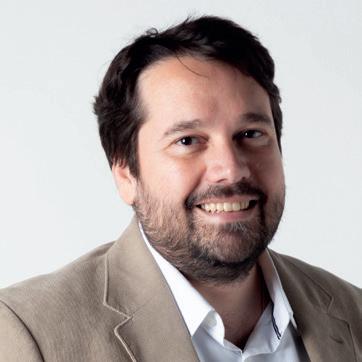
A message from Uniso’s graduate programs
INSTITUIÇÕES DE ENSINO E PESQUISA DEVEM LIDERAR O PROCESSO DE COMUNICAÇÃO
EDUCATION AND RESEARCH INSTITUTIONS MUST LEAD THE COMMUNICATION PROCESS
“Quando ocorrem crises ou calamidades públicas — como a pandemia de Covid-19 —, é comum a sociedade recorrer às mídias para se informar, sejam as convencionais ou as novas mídias sociais. Durante a pandemia, por exemplo, houve momentos em que termos epidemiológicos geralmente desconhecidos pelo grande público (como ‘imunidade comunitária’ e ‘ensaios clínicos randomizados’, entre outros) foram amplamente utilizados por não especialistas, o que é bom, por aumentar o envolvimento com a ciência. Entretanto, muita informação foi compactada num curto período de tempo, o que tornou difícil discernir fato de ruído, e, muitas vezes, criou em parte da população uma falsa sensação de ‘empoderamento científico’, o que é bastante prejudicial. Tal cenário caótico refletiu as dificuldades que a comunidade científica ainda tem em compreender como as mídias funcionam. Por outro lado, a sociedade depende dos cientistas, ou de suas assessorias, para liderar o fornecimento de informações baseadas em fatos científicos ao grande público. Aprendemos que, especialmente em tempos de crise, faz-se importante que as instituições de ensino e pesquisa liderem o processo de comunicação, ou ao menos assumam um papel mais ativo, de modo a divulgar informações confiáveis, úteis e corretas para uma sociedade em busca de respostas.”
da Uniso
“When public crises or calamities occur—such as the Covid-19 pandemic—society usually turns to the media, whether conventional or new social media, to get informed. During the pandemic, for example, there were many times when epidemiological terms generally unknown to the public (such as ‘community immunity,’ and ‘randomized clinical trials,’ among others) were widely used by non-specialists, which may be good, as it increases involvement with science. However, a lot of information was compressed in a short period of time, which made it difficult for people to discern fact from noise, and often created a false sense of ‘scientific empowerment’ in part of the population, which may be quite harmful. Such a chaotic scenario reflected the difficulties that the scientific community still faces when it comes to understanding how the media works. On the other hand, society does depend on scientists, or on their communication staff, to lead the way when it comes to providing information based on scientific facts to the general public. We learned that, especially in times of crisis, education and research institutions should step forward and lead the communication process, or at least play a more active role, in order to disseminate reliable, useful and correct information to a society in search for answers.”
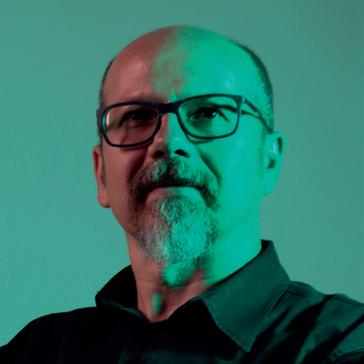
Prof. Marcus Tolentino Silva, coordinator of Uniso’s graduate program in Pharmaceutical Sciences
CIÊNCIA PRECISA SER COMPREENDIDA DE MODO A EMBASAR PROCESSOS DECISÓRIOS
SCIENCE NEEDS TO BE PROPERLY UNDERSTOOD IN ORDER TO SUPPORT
DECISION-MAKING
“Com as mudanças pelas quais passaram e ainda passam a ciência e a própria sociedade, nossos desafios vêm se tornando gradativamente mais complexos.
9 UNISO CIÊNCIA • SCIENCE @ UNISO
Prof. Dr. Marcus Tolentino Silva, coordenador do Programa de Pós-Graduação em Ciências Farmacêuticas
Para encará-los adequadamente, a interdisciplinaridade é uma necessidade, uma vez que ela possibilita enxergar esses desafios a partir de uma multiplicidade de abordagens diferentes, em contraponto àquelas visões especializadas que muitas vezes predominaram no meio científico. Estudos interdisciplinares como os que conduzimos na Uniso e em outras instituições estão buscando soluções para muitos desafios contemporâneos como, por exemplo, o tratamento do lixo nos centros urbanos, a escassez hídrica no campo e nas cidades, o tratamento de resíduos industriais, as energias alternativas, a fome... São estudos que requerem pesquisadores de diversas áreas trabalhando em conjunto, de forma a abordar aspectos técnicos, sociais, econômicos, culturais e ambientais desses problemas. E tudo isso precisa ser ‘traduzido’ para a população (local, regional, global) e para os gestores públicos, que não são cientistas, mas que, em última instância, serão impactados pelos resultados desses estudos ou precisarão das informações apresentadas pela ciência para embasar seus processos decisórios.”
Prof. Dr. Daniel Bertoli Gonçalves, coordenador do Programa de Pós-Graduação em Processos Tecnológicos e Ambientais da Uniso
Prof. Dr. Daniel Bertoli Gonçalves, coordenador do Programa de Pós-Graduação em Processos Tecnológicos e “Given to look at these challenges from a multiplicity of different points of view, in contrast to those specialized points of view
“Given the changes that science and society have been going through, our challenges are gradually becoming more complex. In order to properly face them, an interdisciplinary approach becomes an utter necessity, since it makes it possible to look at these challenges from a multiplicity of different points of view, in contrast to those specialized points of view that often predominated in the scientific environment. Interdisciplinary studies such as those carried out at Uniso and other institutions are seeking solutions to many contemporary challenges such as the treatment of waste in urban centers, water shortage whether in the countryside or in the cities, the treatment of industrial waste, alternative energy sources, world hunger... These are studies that require researchers from different areas working together in order to address technical, social, economic, cultural, and environmental aspects of these problems. Furthermore, after all is said and done, it all needs to be ‘translated’ to the general population (whether locally, regionally, or globally) as well as for public administrators. These people are usually not scientists, but are the ones who will be ultimately impacted by the results of these studies, or the ones who will need the information produced by science in order to support their decision-making processes.”
Prof.
Prof. Daniel Bertoli Gonçalves, coordinator of Uniso’s graduate program in Technological and Environmental Processes
INCORPORAÇÃO DE CONHECIMENTOS CIENTÍFICOS À VIDA COTIDIANA DEPENDE, TAMBÉM, DO EMPENHO DA PRÓPRIA COMUNIDADE CIENTÍFICA
“Disciplinas escolares, nos diversos níveis de ensino, são compostas a partir de conceitos científicos, requerendo práticas de ensino que levem em conta tanto a compreensão das especificidades de cada ciência (cujos métodos embasaram a construção desses conceitos) quanto a incorporação desses conhecimentos à vida cotidiana dos educandos, de modo a propiciar subsídios para reflexões sobre e nas suas experiências. Para além do ambiente escolar, a divulgação científica pode estender o conhecimento científico às pessoas em geral. As diferentes ‘traduções’ desses conhecimentos, à luz das linguagens das mídias, requerem olhares especializados, que podem ser construídos com esforços de pesquisadores da comunicação e de produtores de conteúdos midiáticos. Com isso, os conhecimentos científicos poderão ser propagados por meio de filmes, documentários, livros, jornais, entre outros produtos midiáticos, de forma mais rotineira e pertinente. A proposta de uma comunicação para a vida, que inclua a propagação de conhecimentos científicos, é bem-vinda, levando em conta que a incorporação desses conhecimentos pelas pessoas é necessária. E isso requer, como enfatizamos, que a comunidade científica se empenhe nessa tarefa, aliando-se a profissionais e pesquisadores da comunicação.”
Profa. Dra. Maria Ogécia Drigo, coordenadora do Programa de Pós-Graduação em Comunicação e Cultura da Uniso
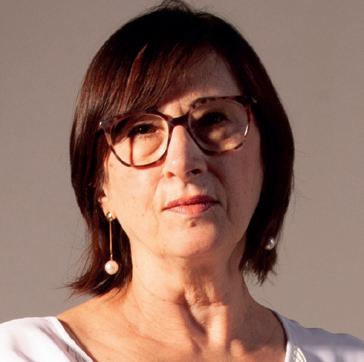
10 UNISO CIÊNCIA • SCIENCE @ UNISO
INCORPORATING SCIENTIFIC KNOWLEDGE INTO EVERYDAY LIFE ALSO DEPENDS ON THE COMMITMENT OF THE SCIENTIFIC COMMUNITY
“School courses, regardless of the education level, are based on scientific concepts, requiring teaching practices that take into consideration both the understanding of the specificities of each science (whose methods were the basis for the development of these concepts), and the incorporation of this knowledge into students’ everyday life, thus providing subsidies for these individuals to reflect on their experiences. In addition to the school environment, scientific outreach can extend scientific knowledge to people in general. The different forms of ‘translation’ of this knowledge, in the light of different media languages, require specialized views from communication researchers and content producers. That way, scientific knowledge can be propagated through films, documentaries, books, newspapers, among other media products, in a daily basis and relevantly. The idea of a communication for life, which includes the dissemination of scientific knowledge, is welcome, especially when one takes into account that the incorporation of this knowledge by ordinary people is highly necessary. And this requires, as we do emphasize, that the scientific community itself commits to this task, working side by side with communication professionals and researchers.”
UMA SOCIEDADE CRÍTICA PRECISA ESTAR APTA PARA INTERPRETAR (E ATÉ QUESTIONAR) A CIÊNCIA

A CRITICAL SOCIETY MUST BE ABLE TO INTERPRET (AND EVEN QUESTION) SCIENCE
“A educação escolar — aquela exercida dentro de um sistema de ensino e/ou educacional, e que é a área de concentração do Programa de Pós-Graduação em Educação da Uniso —, tem evoluído com o tempo e envolvendo não apenas os espaços e processos relacionados à educação formal, mas também os processos de educação informal. Isso se dá pela assimilação de conhecimentos, principalmente por meio da socialização extraescolar (no núcleo familiar, pelas mídias etc.), que, apesar de acontecer fora da escola, acaba interferindo diretamente no ambiente escolar. Conhecimentos e tecnologias desenvolvidos por meio das pesquisas realizadas na Universidade, não só na Uniso mas também em outras instituições, têm impactos diretos e indiretos sobre a vida das pessoas, e é importante, para a formação de uma sociedade crítica, que os educandos estejam aptos a interpretar e até questionar esse processo de feitura da ciência, principalmente (mas não exclusivamente) nos âmbitos local e regional, bem como entendendo o seu impacto nos contextos nacional e internacional.”
Prof. Dr. Rafael Ângelo Bunhi Pinto, coordenador do Programa de Pós-Graduação em Educação da Uniso
“School education—that kind of education that takes place within the educational system, and which is the core area of studies at Uniso’s graduate program in Education—has evolved over time, involving both formal and informal education. This is due to the assimilation of knowledge, mainly through extra-school socialization (within the family, through the media, etc.), which, despite taking place outside school, ends up interfering directly in the school environment. Knowledge and technologies developed through research carried out at the university, both at Uniso and other institutions, have direct and indirect impacts on people’s lives, and it is important, when it comes to the education of a critical society, that students are able to interpret and even question the process of making science, mainly (but not exclusively) at local and regional levels, as well as understanding its impact all over the country and abroad.”
Prof. Rafael Ângelo Bunhi Pinto, coordinator of Uniso’s graduate program in Education
11 UNISO CIÊNCIA • SCIENCE @ UNISO
Prof. Maria Ogécia Drigo, coordinator of Uniso’s graduate program in Communication and Culture

CIÊNCIA • SCIENCE @ UNISO
UNISO

Mysterious beings (or not so much) that HUMAN EYES CANNOT REACH Criaturas misteriosas (ou nem tanto) INALCANÇÁVEIS A OLHOS HUMANOS Por/By: Guilherme Profeta Fotos/Photos: Fernando Rezende Microscopia/Microscopy images: Lapisus/Uniso UNISO CIÊNCIA • SCIENCE @ UNISO PSE E C I ALM.E.V • S.E.MSPE C I LA PARTE 2 • PART2
Esehouvesse um mundo em miniatura em cada grão de poeira, ou de pólen? Pois é exatamente essa a premissa de um clássico da literatura infantil intitulado Horton hears a Who!, de 1954, assinado por Theodor Seuss Geisel (1904—1991), mais conhecido como Dr. Seuss. Em 2008, o livro foi adaptado para o cinema — sendo traduzido, no Brasil, para Horton e o mundo dos Quem. A narrativa acompanha um elefante chamado Horton, que, num certo dia, ouve uma voz falando com ele a partir de um grão de poeira. Ele descobre, então, que existe um mundo complexo naquele grão de poeira, habitado por criaturas tão diminutas que se tornam invisíveis aos seres macroscópicos. Diante de tal descoberta, Horton põe-se a encontrar formas de proteger o grão de poeira e seus habitantes.
Respeitada a liberdade poética da literatura infantil, uma reportagem publicada na EDIÇÃO DE NÚMERO 4 (DEZ./2019) da revista Uniso Ciência seguiu por lógica semelhante ao reunir uma galeria de 16 imagens produzidas pelo microscópio eletrônico de varredura (MEV) da Universidade de Sorocaba (Uniso), as quais foram definidas como “paisagens misteriosas inalcançáveis a olhos humanos”. Nessas imagens, foram incluídas tanto ampliações de itens cotidianos (como uma folha de árvore ou um fio de cabelo) quanto de materiais tecnológicos pesquisados e desenvolvidos na Universidade (como esporos bacterianos, nanopartículas, nanocristais etc.), gerando imagens semelhantes a paisagens surrealistas, ou a pinturas abstratas.





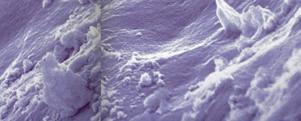
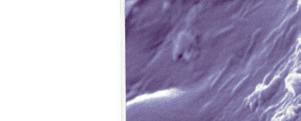

Whatif there was a miniature world in every speck of dust, or pollen grain?
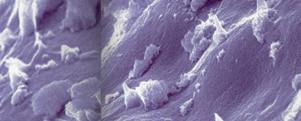
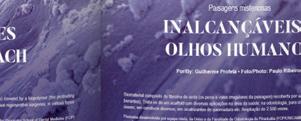
This is precisely the premise of a classic of children’s literature titled Horton hears a Who!, from 1954, signed by Theodor Seuss Geisel (1904—1991), aka Dr. Seuss. In 2008, the book was also adapted as a feature film. The story follows an elephant named Horton, who, one day, hears a voice speaking to him from a speck of dust. He then discovers that there is a complex world in that speck of dust, inhabited by creatures so tiny that they are not even visible to macroscopic beings. Faced with such a discovery, Horton tries his best to protect the dust speck and its inhabitants.
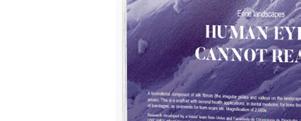


Set aside the creative freedom of children’s literature, a story published in the ISSUE #4 (DEC./2019) of the Science @ Uniso magazine was based on a similar logic, gathering a collection of 16 images produced by Uniso’s scanning electron microscope (SEM), which were defined as “eerie landscapes human eyes cannot reach.” These images included magnifications of everyday items (such as a tree leaf, or a strand of hair), as well as technological materials researched and developed at the university (such as bacterial spores, nanoparticles, nanocrystals, etc.), resulting in images that resemble surrealist landscapes, or abstract paintings.
Paisagens misteriosas inalcançáveis a olhos humanos (dez./2019)
Eerie landscapes human eyes cannot reach (Dec./2019)
14 UNISO CIÊNCIA • SCIENCE @ UNISO
Nesta edição comemorativa de dez números semestrais da revista, outras dez imagens, todas novas e igualmente produzidas pelo MEV, foram incluídas entre as reportagens. São, principalmente, ampliações de plantas e insetos comuns que podem ser encontrados na Cidade Universitária, o maior câmpus da Uniso, ou na região de Sorocaba, mas vistos tão de perto que suas aparências se tornam tudo menos ordinárias. A exemplo do mundo em miniatura descoberto por Horton na obra de Geisel, essas imagens nos convidam a usar a ciência para olhar com atenção — e muito de perto! — os mundos em miniatura que nos cercam.
MICROSCOPIA ELETRÔNICA DE VARREDURA
Microscópios eletrônicos de varredura, diferentemente dos tradicionais microscópios óticos, não usam lentes para ampliar os objetos a serem visualizados, nem feixes óticos de luz (ou luz infravermelha); em vez disso, eles bombardeiam as amostras com feixes concentrados de elétrons (partículas subatômicas de carga negativa). O professor mestre Denicezar Angelo Baldo, coordenador do curso de graduação em Engenharia da Computação da Uniso e também responsável pelo Laboratório de Processamento de Imagens e Sinais (Lapisus), que operou o MEV durante a produção de todas as imagens publicadas nesta edição, explica que os elétrons são lançados sobre as amostras por meio de um filamento de tungstênio (um canhão de elétrons), para “ricochetear” ao atingi-las. Então, esses mesmos elétrons são captados por detectores espalhados ao redor, que reconstroem tridimensionalmente a topografia das amostras, ou seja, as diferenças de elevação em suas superfícies. Também é possível, nesse processo, caracterizar os elementos dos quais os objetos são compostos, além de outras particularidades, dependendo dos objetivos da pesquisa que esteja sendo realizada.
In this issue in which we celebrate the 10th issue of the magazine, another ten images, all new and equally produced by Uniso’s SEM, were included between each story. They are mainly magnifications of common plants and insects that can be found at Uniso’s main campus, or in the region of Sorocaba, but once one looks at them so closely, their appearance becomes anything but ordinary. Like the miniature world discovered by Horton in Geisel’s work, these images invite us to use science to look carefully—and very closely!— at the miniature worlds that surround us.
SCANNING ELECTRON MICROSCOPY
Scanning electron microscopes, unlike traditional optical microscopes, do not use lenses to magnify the objects one wants to observe, nor beams of light (or even infrared light); instead, they bombard the samples with concentrated beams of electrons (negatively charged subatomic particles). Professor Denicezar Angelo Baldo, the coordinator of Uniso’s undergraduate program in Computer Engineering, and also in charge of Uniso’s Laboratory for Image and Signal Processing (Lapisus, in the Portuguese acronym), the one who operated the SEM during the production of all the images published in this issue, explains that electrons are shot onto the samples through a tungsten filament (an electron gun) in order to ricochet after hitting them. Then, these same electrons are captured by detectors positioned around, thus reconstructing in 3D the topography of the samples, or, in other words, the differences in elevation on their surfaces. The process also makes it possible to characterize the elements of which the materials are made, in addition to other particularities, depending on the goals of the research one is carrying out.
15 UNISO CIÊNCIA • SCIENCE @ UNISO
O
Professor Denicezar Angelo Baldo, in charge of Lapisus, operates Uniso’s SEM; on the computer screen, you can see the details of a pollen grain

O professor doutor Nobel Penteado de Freitas, do curso de graduação em Ciências Biológicas da Uniso, manuseia uma flor de hibisco; veja detalhes de suas estruturas e seus grãos de pólen nas páginas 104 e 114
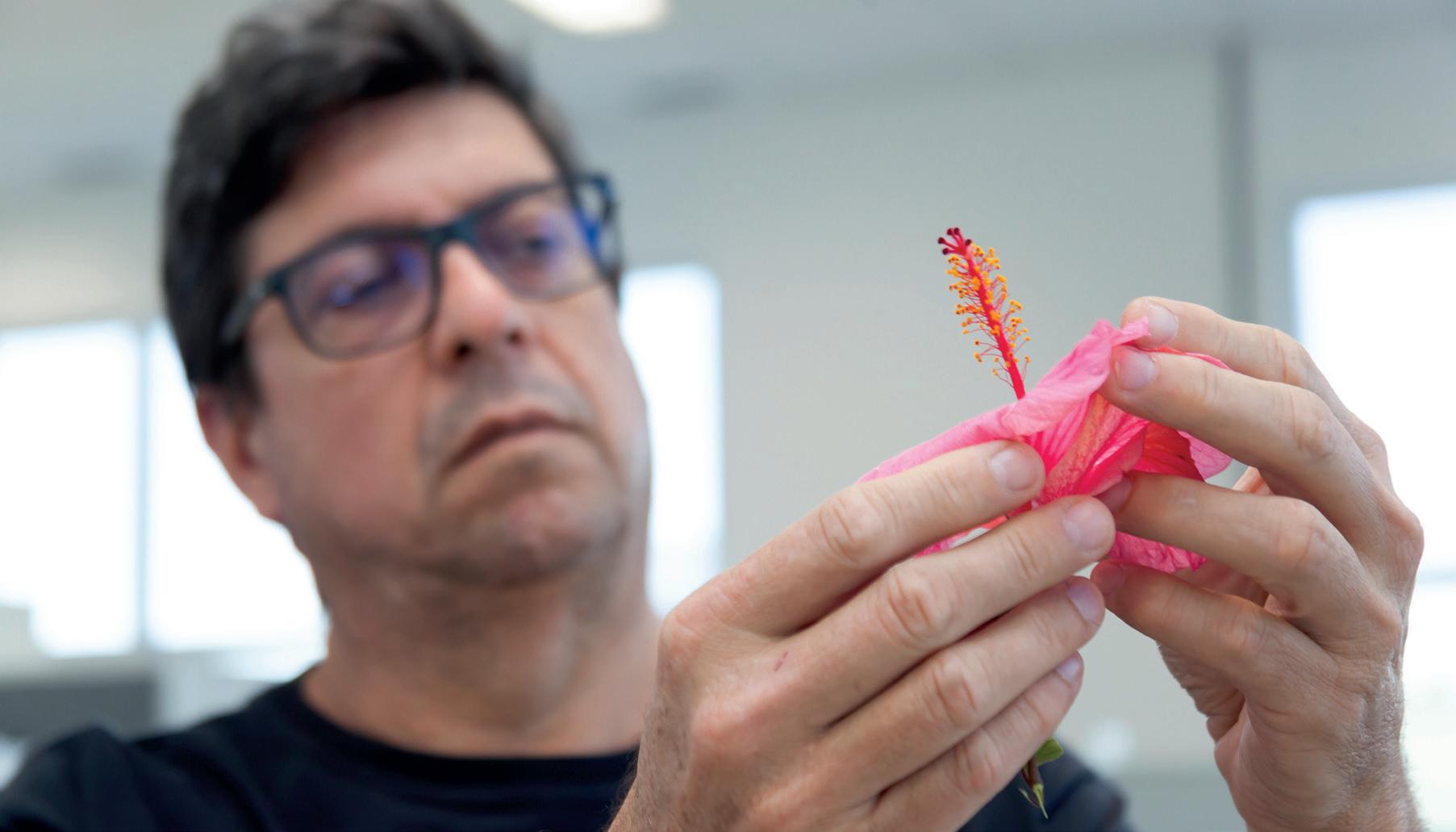
16 UNISO CIÊNCIA • SCIENCE @ UNISO
professor mestre Denicezar Angelo Baldo, responsável pelo Lapisus, opera o MEV da Uniso; na tela do computador, pode-se ver os detalhes de um grão de pólen
Professor Nobel Penteado de Freitas, a faculty member of Uniso’s undergraduate program in Biological Sciences, handles a hibiscus flower; you can see details of its structures and pollen grains on pages 104 and 114
SOBRE A IMAGEM DE CAPA DESTA REPORTAGEM (P. 12-13)
A imagem de abertura desta reportagem, nas páginas 12 e 13, é de um helminto (um verme parasita) do filo Acanthocephala. Esse indivíduo específico foi descoberto no interior do intestino de uma onça-parda (Puma concolor) encontrada atropelada na região de Sorocaba, que foi conduzida ao Hospital Veterinário da Uniso para necropsia pelo professor doutor Rodrigo Hidalgo Friciello Teixeira, que ministra diversas disciplinas relacionadas a animais selvagens nos cursos de Medicina Veterinária e Ciências Biológicas da Universidade. A imagem foi produzida por meio do MEV em novembro de 2021. Segundo a professora doutora Andrea Cristina Higa Nakaghi, que leciona componentes relacionados à parasitologia veterinária e foi uma das profissionais que participou da necropsia, a identificação do parasita foi possível devido à visualização dos espinhos (ou ganchos), semelhantes a dentes, usados para se fixar no intestino dos hospedeiros. Uma ampliação ainda mais detalhada desses espinhos pode ser conferida nas páginas 18 e 19. No caso da onça-parda, o mais provável é que sua contaminação tenha se dado por meio da ingestão de carne de tatu-galinha (Dasypus novemcinctus), que é a principal presa desse carnívoro. A hipótese é sustentada pelo fato de terem sido encontradas partes do animal predado em seu estômago.
ABOUT THE COVER IMAGE OF THIS STORY (P. 12-13)
The opening image of this story, on pages 12 and 13, is of a helminth (a parasitic worm) of the phylum Acanthocephala. This specific individual was discovered inside the intestine of a cougar (Puma concolor) found dead in the region of Sorocaba after being hit by a vehicle. It was taken to the university’s Veterinary Hospital for a necropsy by professor Rodrigo Hidalgo Friciello Teixeira, who teaches several courses related to wild animals at Uniso’s undergraduate programs in Veterinary Medicine, and Biological Sciences. The image was produced by Uniso’s SEM in November 2021. According to professor Andrea Cristina Higa Nakaghi, who teaches courses related to veterinary parasitology, and was one of the professionals who took part in the necropsy, the identification of the parasite was possible due to the visualization of the spikes (or hooks), similar to teeth, which these worms use to attach themselves to the intestines of their hosts. An even more detailed amplification of these hooks can be seen on pages 18 and 19. In the case of this cougar, it is most likely that its contamination occurred through the ingestion of armadillo meat, which is the main prey of this carnivore. The hypothesis is supported by the fact that parts of a preyed armadillo (Dasypus novemcinctus) were found in its stomach.
Confira, ao longo desta edição, uma nova coleção de imagens produzidas no MEV da Uniso, acompanhadas por textos introdutórios em que os professores doutores Nobel Penteado de Freitas (botânico) e Heitor Zochio Fischer (entomólogo), além do estudante de graduação André Ruiz Marra, do curso de graduação em Ciências Biológicas, comentam os detalhes de cada uma delas.
Throughout this issue, you will find a new collection of images produced by Uniso’s SEM, followed by introductory comments on each one of them, by professors Nobel Penteado de Freitas (botanist), and Heitor Zochio Fischer (entomologist), in addition to André Ruiz Marra, an undergraduate student at Uniso’s program in Biological Sciences.
17 UNISO CIÊNCIA • SCIENCE @ UNISO
Detalhe de um dos espinhos que os vermes parasitas do filo Acanthocephala usam para se fixar nas paredes dos intestinos de seus hospedeiros. Esse indivíduo específico foi encontrado no intestino de uma onça-parda (Puma concolor). Leia mais na página 17


Detail of one of the hooks that parasitic worms of the phylum Acanthocephala use to attach themselves to their hosts’ intestines. This specific individual was found in the intestine of a cougar (Puma concolor). Read more on page 17

 Imagem (microscopia) / Image (microscopy): Lapisus/Uniso
Imagem (microscopia) / Image (microscopy): Lapisus/Uniso







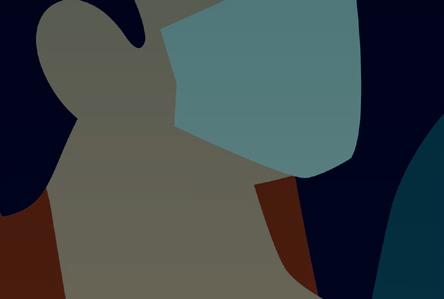



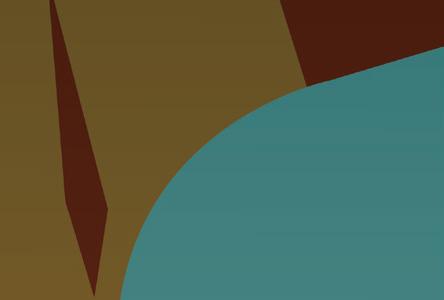
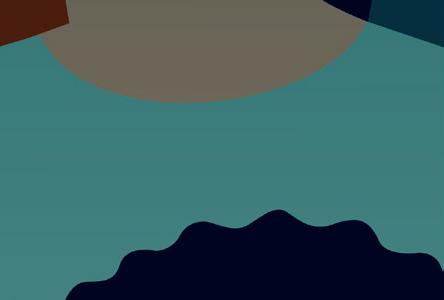

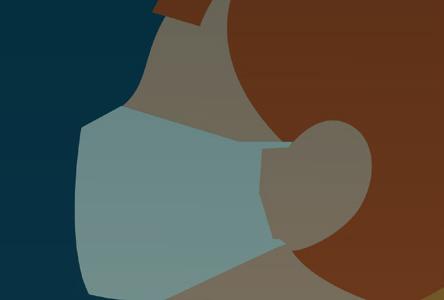















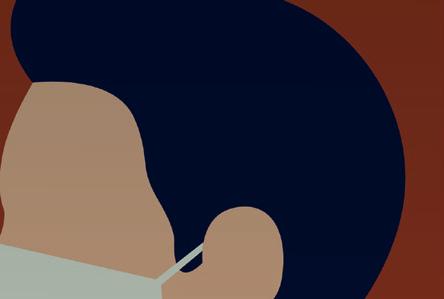




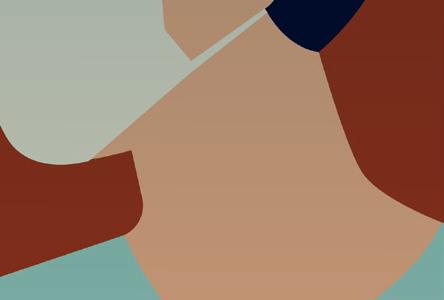


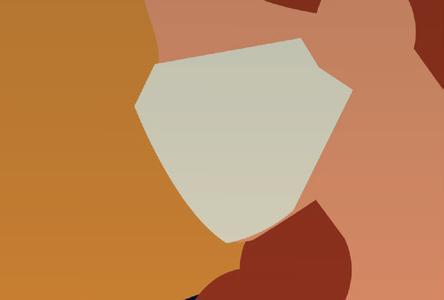













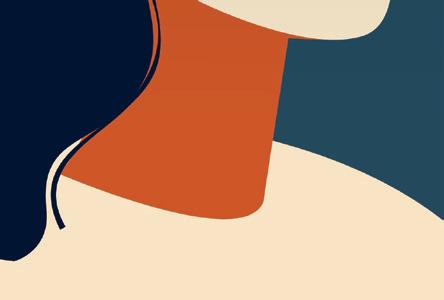



UNISO CIÊNCIA • SCIENCE
PANDEMIA ACELEROU MUDANÇAS QUE JÁ ESTAVAM EM CURSO NA EDUCAÇÃO, mas o que isso representa para o futuro?
Por/By: Guilherme Profeta Foto/Photo: Fernando Rezende

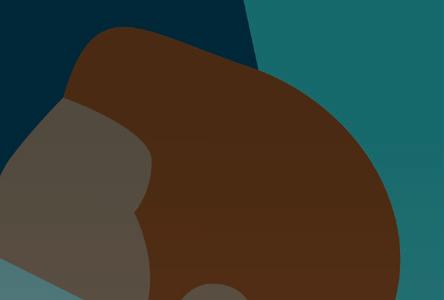













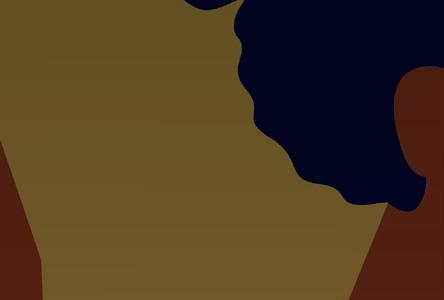

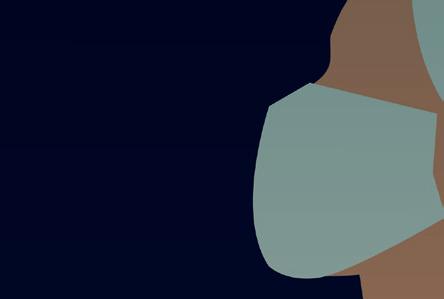
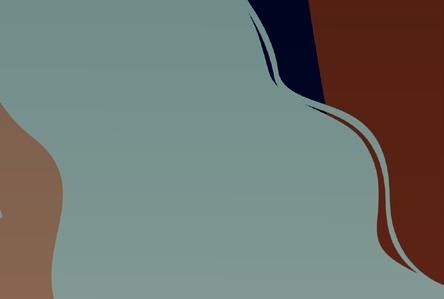






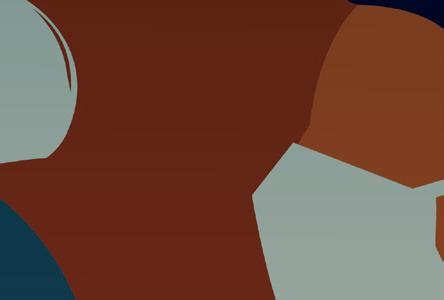





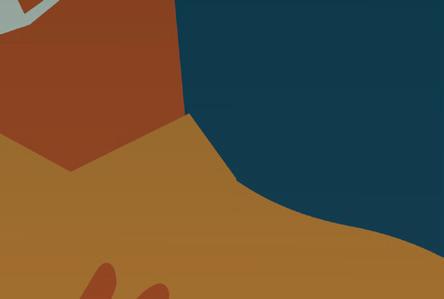


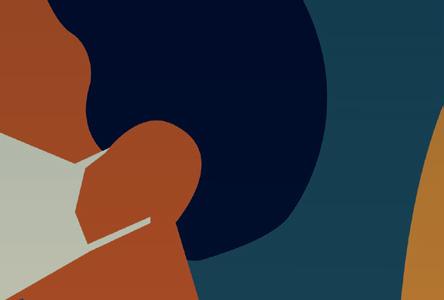





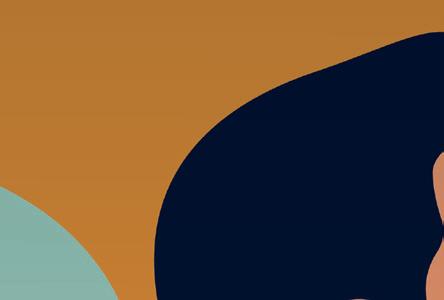
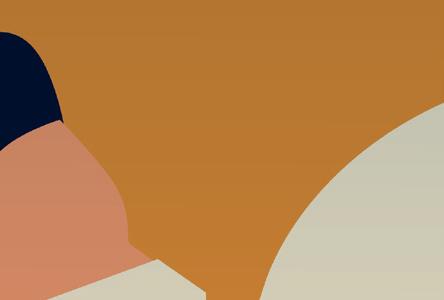














UNISO CIÊNCIA • SCIENCE @ UNISO
EDUCATION, THE PANDEMIC
ACCELERATED CHANGES
WERE ALREADY
WHEN IT COMES TO
HAS
THAT
IN MOTION, but what does it mean for the future?
Ilustração/Illustration:
Angelina Bambina (Adobe Stock)
Dois
mil e vinte e os anos que vieram na sequência serão lembrados por um paradoxo insólito: ao mesmo tempo em que houve momentos em que o tempo pareceu passar estranhamente (até dolorosamente) devagar — em especial nas semanas ou nos meses iniciais de quarentena —, também ocorria, de forma silenciosa, uma aceleração sem precedentes de algumas mudanças sociais que até já estavam em curso, mas provavelmente demorariam mais tempo para se consolidar não fosse a pandemia de Covid-19.
Foi a observação desse paradoxo que motivou o professor doutor André Pires, do Programa de Pós-Graduação em Educação da Universidade de Sorocaba (PPGE-Uniso), em conjunto com as professoras doutoras Helena Sampaio e Ana Maria Carneiro, ambas da Universidade Estadual de Campinas (Unicamp), a produzir o artigo “De volta ao futuro?”, sobre os principais efeitos da pandemia no Ensino Superior no Brasil e no mundo, publicado num dossiê temático sobre a pandemia da revista Humanidades e Inovação, da Universidade Estadual do Tocantins (Unitins).
“No Ensino Superior, muitas mudanças ocorreram e muitas rotinas se estabeleceram a partir do fechamento físico dos campi, ainda em março de 2020, a fim de manter o isolamento social conforme recomendação de agências internacionais de saúde”, lembram os autores, no artigo. Em linhas gerais, essas mudanças podem ser agrupadas em quatro categorias. Confira na sequência.
A TRANSIÇÃO PARA O ENSINO REMOTO
O ensino remoto, seja em suas modalidades SÍNCRONA OU ASSÍNCRONA , já existia antes da pandemia, mas não distribuído uniformemente em todo o mundo. “Em países como a Colômbia, a Alemanha, a Espanha e a Suécia, em torno de 15% do total de estudantes já se encontravam matriculados exclusivamente em
and the years that followed will be remembered for an unusual paradox: while there were moments when time seemed to pass very slowly (in a strange or even painful way)—especially in the initial weeks or months of quarantine—, there was also, silently, an unprecedented acceleration of some social changes that were already in motion, but would probably take longer to consolidate without the Covid-19 pandemic.
2020
The observation of this paradox was what motivated professor André Pires, from Uniso’s graduate program in Education, together with professors Helena Sampaio, and Ana Maria Carneiro, both from the State University of Campinas (Unicamp), to write the paper “Back to the future?,” covering the main effects of the pandemic on Higher Education in Brazil and abroad. The paper was included as part of a thematic issue on the pandemic of the journal Humanidades e Inovação, published by the State University of Tocantins (Unitins).
“When it comes to Higher Education, there were many changes and many routines that were established when campuses were physically shut down, still in March 2020, in order for people to keep social distancing as recommended by international health agencies,” the authors recall, in the paper. Broadly speaking, these changes can be grouped into four categories. Check it out next.
THE TRANSITION TO REMOTE LEARNING
Remote learning, whether its SYNCHRONOUS OR ASYNCHRONOUS modalities, already existed before the pandemic, but not evenly distributed across the world. “In countries such as Colombia, Germany, Spain, and Sweden, around 15% of the total number of students were already enrolled exclusively in remote learning during the
22 UNISO CIÊNCIA • SCIENCE @ UNISO
Na modalidade síncrona de ensino remoto (como aquela que foi implementada na Uniso durante as fases críticas da pandemia), as aulas são mediadas por dispositivos de vídeo e outras plataformas, mas continuam acontecendo em tempo real, ou seja, tanto professores quanto estudantes estão online ao mesmo tempo, ainda que não juntos fisicamente. Na modalidade assíncrona, aquela que é praticada no que normalmente se chama de EaD (Educação a Distância), as aulas não acontecem em tempo real; em vez disso, o estudante tem acesso a determinadas plataformas para consultas a materiais de apoio (que podem ser em vídeo ou outros formatos), atividades diversas e avaliações. Além das aulas presenciais, a Uniso passou a ofertar cursos 100% EaD em outubro de 2021.
TO KNOW BETTER: SYNCHRONOUS X ASYNCHRONOUS
In the synchronous model of remote learning (such as the one which was implemented at Uniso during the critical phases of the pandemic), classes are mediated by video devices and other platforms, but continue to take place in real time, which means both professors and students are online at the same time, even if not physically together. In the asynchronous model, on the other hand, classes do not take place in real time; instead, students have access to certain platforms in order to go through support materials (videos or other formats), exercises, and tests. In addition to regular in-person classes, Uniso started to offer 100% asynchronous programs in October 2021.
ensino remoto no ano letivo anterior à pandemia”, exemplificam os pesquisadores. “Por outro lado, na Bélgica, no Japão, na Eslováquia e na Turquia, a porcentagem de estudantes de Ensino Superior matriculados no ensino remoto era próxima de zero”. Os dados são da Organização para a Cooperação e Desenvolvimento Econômico (OCDE). Em países como os EUA e o Brasil, a quantidade de estudantes matriculados nas modalidades de ensino remoto já crescia consideravelmente antes mesmo da pandemia.
O que talvez tenha mudado mais drasticamente depois dos eventos de 2020 é a percepção em relação ao ensino remoto, especialmente em relação à modalidade EaD. “De 2017 a 2020, o
academic year that preceded the pandemic,” the researchers say. “On the other hand, in Belgium, Japan, Slovakia, and Turkey, the percentage of Higher Education students enrolled in remote learning was close to zero.” The data came from the Organization for Economic Cooperation and Development (OECD). In countries such as the USA and Brazil, the number of students enrolled in remote learning modalities was already growing considerably before the pandemic.
What has changed more drastically after the events of 2020, perhaps, is the public perception towards remote learning, especially when it comes to the asynchronous model. “From 2017 to 2020, the acceptance level regarding the asynchronous
23 UNISO CIÊNCIA • SCIENCE @ UNISO
PARA SABER MAIS: ENSINO REMOTO SÍNCRONO X EaD
Professor doutor André Pires, do PPGE da Uniso, um dos autores do artigo
Professor André Pires, a faculty member at Uniso’s graduate program in Education, one of the authors of the paper

24 UNISO CIÊNCIA • SCIENCE @
UNISO
percentual de aceitação do modelo EaD cresceu 28,4% entre aqueles que planejavam fazer um curso presencial, e agora estavam dispostos a migrar para o EaD. Em outros termos, com a pandemia da Covid-19, o percentual de pessoas que intencionam realizar um curso EaD cresceu em quatro meses o que levaria antes três anos para acontecer”, destacam os autores. Os dados são de um relatório de 2020 da Associação Brasileira de Mantenedoras de Ensino Superior (ABMES).
ÊNFASE NA PERMANÊNCIA ESTUDANTIL
Em relação à chamada permanência estudantil (que inclui as ações institucionais voltadas a garantir que os estudantes tenham as condições necessárias para continuar estudando, como, por exemplo, quaisquer tipos de apoios pedagógicos, financeiros, psicológicos etc.), os autores ressaltam que a pandemia expôs a extensão do gap digital, ou seja, do grande hiato que existe entre aqueles que têm mais e menos acesso às tecnologias digitais, uma distância que até então não estava tão clara.
Os pesquisadores destacam, no artigo, que a ideia de que todos estão conectados o tempo todo, por meio de equipamentos e serviços adequados, mostrou-se uma falácia, uma vez que a distribuição do acesso às tecnologias digitais foi bastante desigual durante a pandemia de Covid-19. Ainda que essa lacuna digital tenha um impacto mais intenso sobre estudantes de baixa renda, geralmente localizados no sul do mundo, as regiões mais desenvolvidas do globo não passaram incólumes por esse processo: os pesquisadores apontam, por exemplo, que 90% dos estudantes europeus enfrentaram dificuldades relacionadas ao uso de seus computadores pessoais, que 41% tiveram problemas de conexão com a internet e que 37% não tinham um local suficientemente silencioso para acompanhar as aulas online. Os dados também são da OCDE.
model grew by 28.4% among those who planned to take an in-person course, and were now willing to take asynchronous classes. In other words, after the Covid-19 pandemic hit, the percentage of people who intend to study asynchronously grew in four months the same amount it would have grown in three years, given previous ratios,” the authors emphasize. The data came from a 2020 report by the Brazilian Association of Higher Education Sponsors (ABMES, in the Portuguese acronym).
EMPHASIS ON STUDENT RETENTION
Regarding the so-called student retention (which includes institutional actions aimed at ensuring that students have the necessary conditions to continue studying, such as any kind of support, either pedagogical, financial, psychological, etc.), the authors emphasize that the pandemic exposed the extent of the digital gap, or, in other words, the large hiatus between those who have more and less access to digital technologies, a distance that was not that clear until then.
In the paper, the researchers highlight that the idea that everyone is connected all the time, through adequate equipment and services, proved to be a fallacy, since the distribution of access to digital technologies was very unequal during the Covid-19 pandemic. Although this digital gap has a more intense impact on low-income students, generally located in the south of the world, the most developed regions of the planet have not gone through this process unscathed: researchers point out, for example, that 90% of European students faced difficulties related to their personal computers, 41% had problems connecting to the internet, and 37% did not have a sufficiently quiet place to attend online classes. Data also came from the OECD.
25 UNISO CIÊNCIA • SCIENCE @ UNISO
O sofrimento psíquico causado pela instabilidade e pelo isolamento também é um fator que não pode ser negligenciado. Nos EUA, de acordo com uma pesquisa realizada entre os meses de maio e julho de 2020 por um consórcio de universidades capitaneado pela Universidade da Califórnia, 40,6% dos estudantes de graduação e 24,6% dos estudantes da pós-graduação declararam ter enfrentado problemas de saúde mental, como ansiedade ou depressão, nesse período.
Do outro lado do Atlântico, uma pesquisa da Comissão Europeia sobre o impacto da Covid-19 nas universidades do continente europeu mostrou que, num universo de 114 universidades participantes, 58% implementaram ações de apoio à saúde mental de suas comunidades internas (não só estudantes, mas também professores e funcionários) — um tipo de apoio que, no caso da Uniso, é oferecido desde 2016, por meio do seu curso de graduação em Psicologia.
Para continuar lendo sobre permanência estudantil, cheque a reportagem na página 32 desta edição.
INTERNACIONALIZAÇÃO: DESAFIOS E OPORTUNIDADES
No que diz respeito ao processo de internacionalização das universidades, os autores dividem as atividades em dois grupos, aquelas realizadas “para fora” e aquelas realizadas “em casa”. Dentro desse primeiro grupo, eles listam a própria mobilidade acadêmica internacional (seja de estudantes ou de professores); a oferta de cursos para além das fronteiras do país em que a IES (Instituição de Ensino Superior) está localizada; a participação em rankings globais de classificação de instituições, incluindo as estratégias tomadas para garantir uma boa classificação nesses rankings. Já no segundo grupo estão as atividades realizadas internamente, incluindo a adaptação de funcionários e do próprio
The psychic suffering caused by instability and isolation is also a factor that cannot be neglected. In the USA, according to a survey carried out between May and July 2020, by a consortium of universities led by the University of California, 40.6% of undergraduate students, and 24.6% of graduate students reported having dealt with mental health issues, such as anxiety or depression, during this period.
Across the Atlantic, a European Commission survey on the impact of Covid-19 on universities located on the European continent showed that, in a universe of 114 participating universities, 58% implemented actions aimed at supporting their internal communities (not only students, but also professors and employees) regarding their mental health—a kind of support that, when it comes to Uniso, has been offered since 2016, through its undergraduate program in Psychology.
To keep on reading about student retention, check out the story on page 32 of this issue.
INTERNATIONALIZATION: CHALLENGES AND OPPORTUNITIES
Regarding the internationalization of universities, the authors divide activities into two groups, those carried out “outwards” and those carried out “at home.” Within this first group, they list international academic mobility (either for students or professors); the offering of courses beyond the borders of the country in which the school is located; the participation in global rankings, including the strategies taken to ensure a good position in these rankings. The second group includes activities carried out internally, including the adaptations regarding employees and the physical space: the training of bilingual staff, accommodations for international visitors, the offering of classes taught in foreign languages,
26 UNISO CIÊNCIA • SCIENCE @ UNISO
espaço físico: o treinamento de staff bilíngue, a disponibilização de alojamentos para visitantes internacionais, a oferta de cursos em línguas estrangeiras, as mudanças procedimentais para facilitar o intercâmbio de professores, a adaptação dos currículos para atrair estudantes estrangeiros etc.
Ao mesmo tempo em que a pandemia impediu, em grande parte, a mobilidade acadêmica internacional — prejudicando, como apontam os autores, principalmente os pesquisadores mais jovens, que ainda não têm estabelecidas suas redes pessoais de colaboração internacional —, ela pode ter servido para reduzir as resistências que ainda existiam em relação a eventos online (como congressos, reuniões científicas, bancas de defesa etc.), o que amplifica o leque de possibilidades quando o assunto é cooperação internacional, uma vez que os custos são reduzidos drasticamente.
A EMERGÊNCIA DAS EDTECHS
Outro fenômeno que já estava acontecendo antes da pandemia era o surgimento de startups especializadas em soluções tecnológicas para a educação (como, por exemplo, plataformas para cursos digitais e criação de conteúdo). Os autores apontam, de acordo com dados da Associação Brasileira de Startups (Abstartups) e do Centro de Inovação para a Educação Brasileira (CIEB), que, em 2020, o Brasil já possuía 566 empresas desse tipo, as quais recebem o nome de EdTechs. Em relação a 2019, esse número já representava um aumento de mais de 25%, denotando amplo crescimento antes mesmo de a Covid-19 ser sequer cogitada. Esse padrão também foi acelerado pela pandemia.
“A incorporação dessas novas tecnologias pelo Ensino Superior, por se tratar de serviços pagos, pode contribuir para aprofundar ainda mais as assimetrias entre as IES, ou seja, entre as que conseguem arcar com os custos desses serviços (e de suas versões mais completas) e as que não
procedural changes to facilitate faculty exchange, the adaptation of the curriculum to attract foreign students, etc.
While the pandemic has largely hampered international academic mobility—harming, as the authors point out, especially younger researchers, who have not yet established their personal networks for international collaboration—it may have also reduced the resistance that still existed regarding online events (such as conferences, scientific meetings, public thesis defenses, etc.), which amplifies the range of possibilities when it comes to international cooperation, since costs are drastically reduced.
THE EMERGENCE OF EDTECHS
Another phenomenon that was already happening before the pandemic was the emergence of startups specializing in technological solutions for education (such as platforms for digital courses and content creation). The authors point out, according to data from the Brazilian Association of Startups (Abstartups), and the Center for Innovation for Brazilian Education (CIEB), that, in 2020, Brazil already had 566 companies of this kind, which are called EdTechs. In comparison to 2019, this number already represented an increase of more than 25%, denoting a large growth even before Covid-19 was even considered. This pattern has also been accelerated by the pandemic.
“The incorporation of these new technologies by Higher Education, as they are paid services, can contribute to expanding even further the asymmetries between Higher Education Institutions that are able to afford the costs of these services (and their complete versions), and those that cannot,” warn the researchers.
In 2021, Uniso hosted an important discussion on this new scenario of competition between
27 UNISO CIÊNCIA • SCIENCE @ UNISO
Professor Rogério Augusto Profeta, the rector of Uniso, in a presentation at the Forum of Financial Executives for Private Education Institutions in Brazil, in November 2021 (archive)
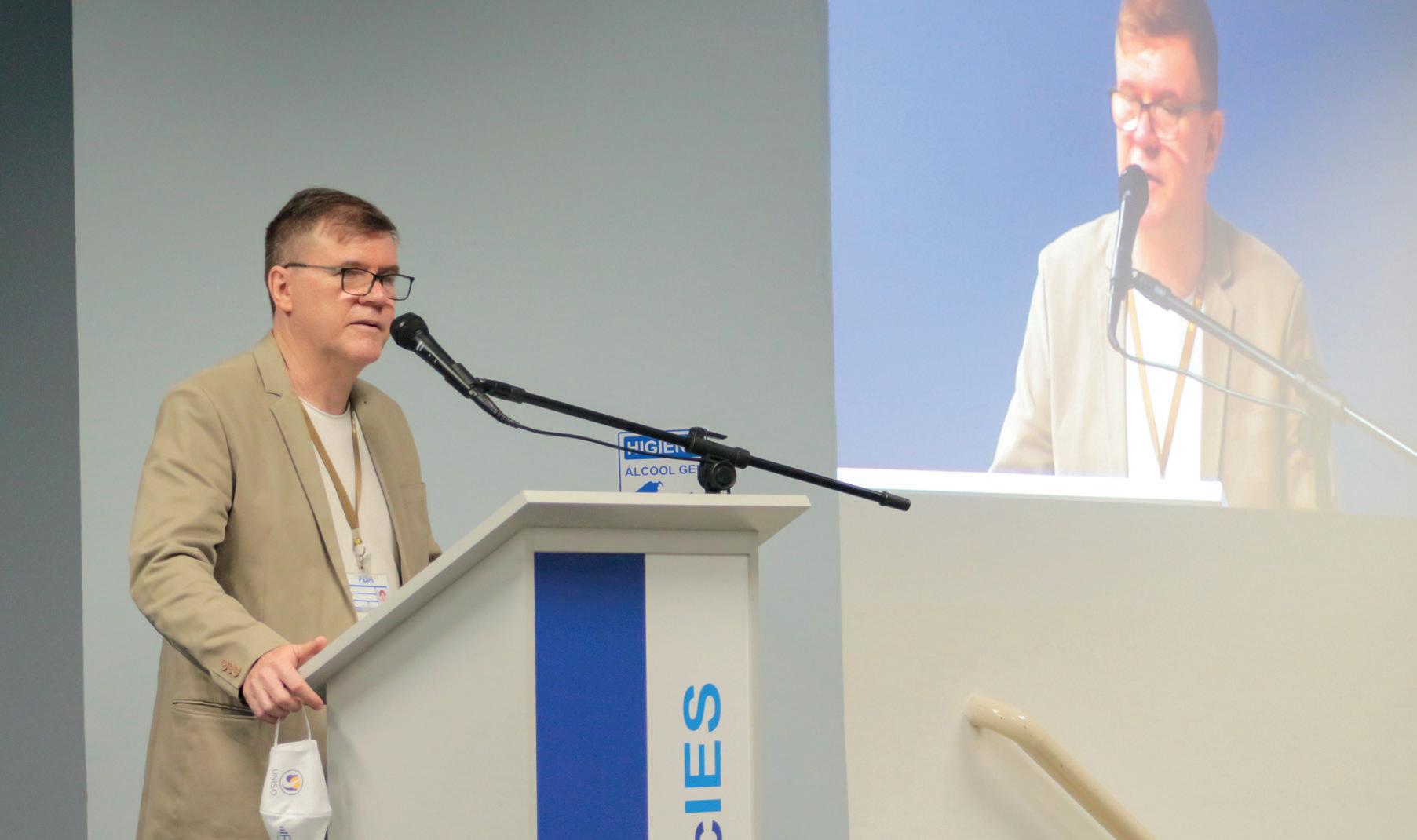
podem fazê-lo”, alertam os pesquisadores.
Em 2021, a Uniso foi palco de uma importante discussão sobre esse novo cenário de competição entre as EdTechs e as IES, que se deu no âmbito do Fórum dos Executivos Financeiros para Instituições de Ensino Privadas do Brasil (FINANCIES ). O evento reuniu cerca de 1.800 profissionais de todas as regiões do país, todos envolvidos na área financeira de universidades e outras IES. No fórum, o professor doutor Rogério Augusto Profeta, Reitor da Uniso, defendeu que competição não precisa ser sinônimo de guerra, e que o grande risco de se envolver nessa disputa por preços é ter um impacto direto na própria qualidade do serviço oferecido pelas IES — e, consequentemente, no processo formativo dos estudantes. No caso da Uniso, reiterando essa posição de cooperação (e não de competição), a própria universidade está incubando uma EdTech voltada ao acompanhamento de egressos e ao apoio à jornada de aprendizagem dos estudantes.
EdTechs and Higher Education Institutions, which took place within the Forum of Financial Executives for Private Education Institutions in Brazil (FINANCIES ). The event brought together around 1,800 professionals from all regions of the country, all involved with the finances of universities and other education institutions. At the forum, professor Rogério Augusto Profeta, the rector of Uniso, defended that competition does not equal an open war, and that the great risk of getting involved in disputes over price is the direct impact it could have on the quality of the service offered by education institutions—and, consequently, on students’ education itself. In the case of Uniso, reiterating this approach based on cooperation (and not competition), the university itself is incubating an EdTech aimed at monitoring alumni, and supporting students’ learning journey.
28 UNISO CIÊNCIA • SCIENCE @ UNISO
O Reitor da Uniso, professor doutor Rogério Augusto Profeta, em apresentação durante o Fórum dos Executivos Financeiros para Instituições de Ensino Privadas do Brasil, em novembro de 2021 (arquivo)
Além dos debates sobre tecnologia e educação, o evento proporcionou troca de experiências na Cidade Universitária da Uniso (arquivo)

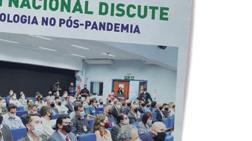


In addition to debates on technology and education, the event provided an opportunity for exchanging experiences at Uniso's main campus (archive)



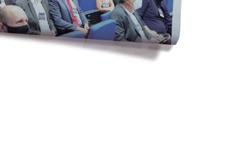


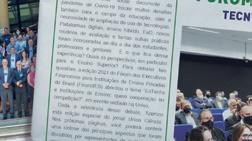



Siga o link pelo QR code para acessar a cobertura do evento (em português), assinada por Rafael Filho (Agência FOCS):

Use the QR code to follow the link and read more about the event (in Portuguese), reporting by Rafael Filho (FOCS Agency)
Com base no artigo “De volta ao futuro? A pandemia de Covid-19 como catalisadora de mudanças no Ensino Superior”, publicado no periódico Humanidades e Inovação, em 17 de maio de 2022, de autoria dos seguintes pesquisadores: Helena Sampaio, André Pires e Ana Maria Carneiro.
Siga o link para ler o artigo original:
Follow the link to read the original paper (in Portuguese):
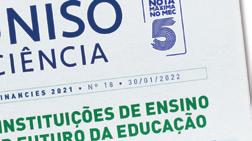
29 UNISO CIÊNCIA • SCIENCE @ UNISO
Detalhe da cabeça de uma formiga da espécie Cephalotes pusillus e de seus espinhos torácicos. No canto inferior esquerdo, pode-se ver um de seus olhos compostos
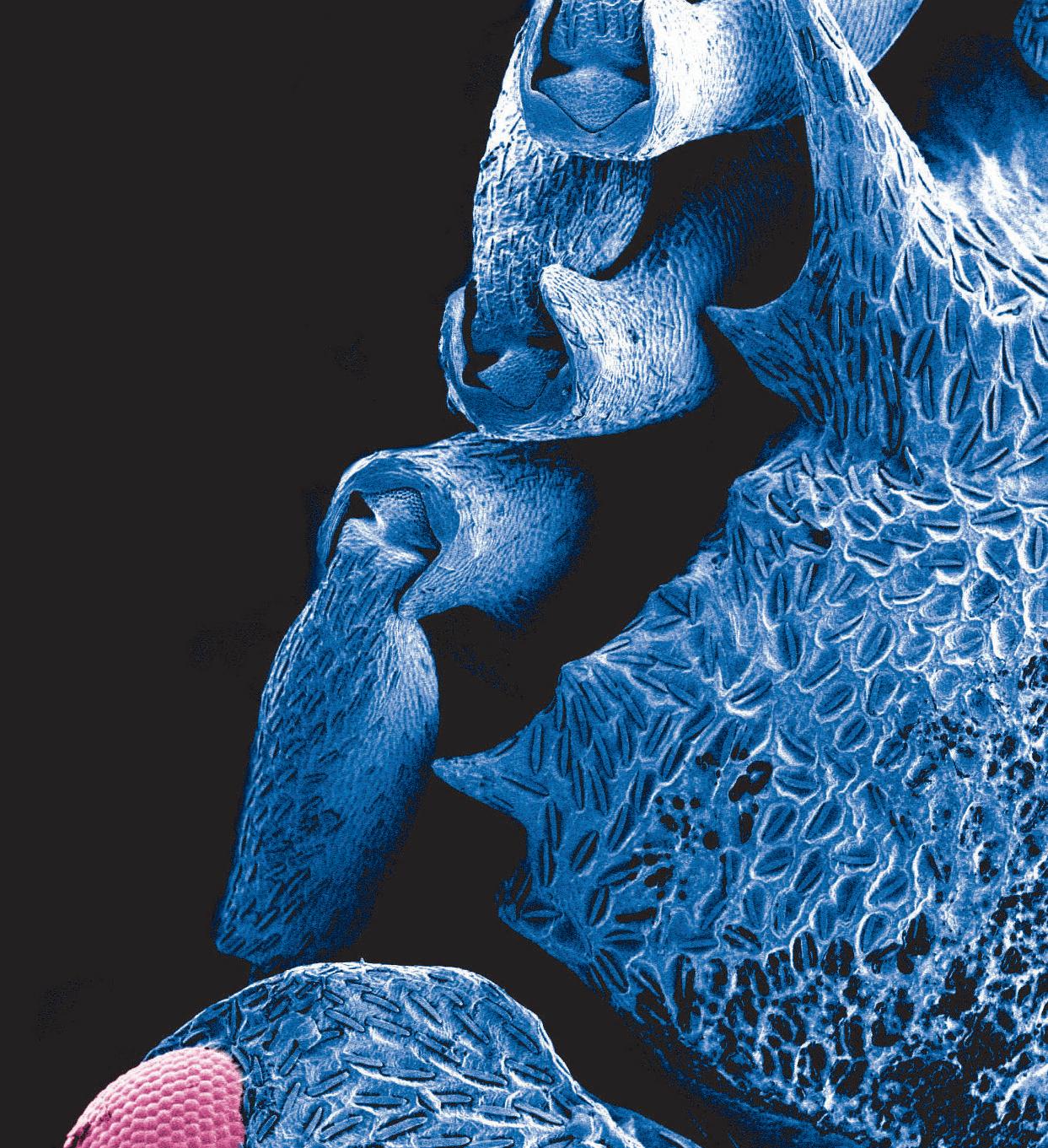

Detail of the head of an ant (Cephalotespusillus), and its thoracic spikes. In the lower corner to the left, it is possible to see one of its compound eyes


PERMANÊNCIA ESTUDANTIL E O FAZER DA CIÊNCIA:





Responsabilidade pertence a toda a comunidade acadêmica

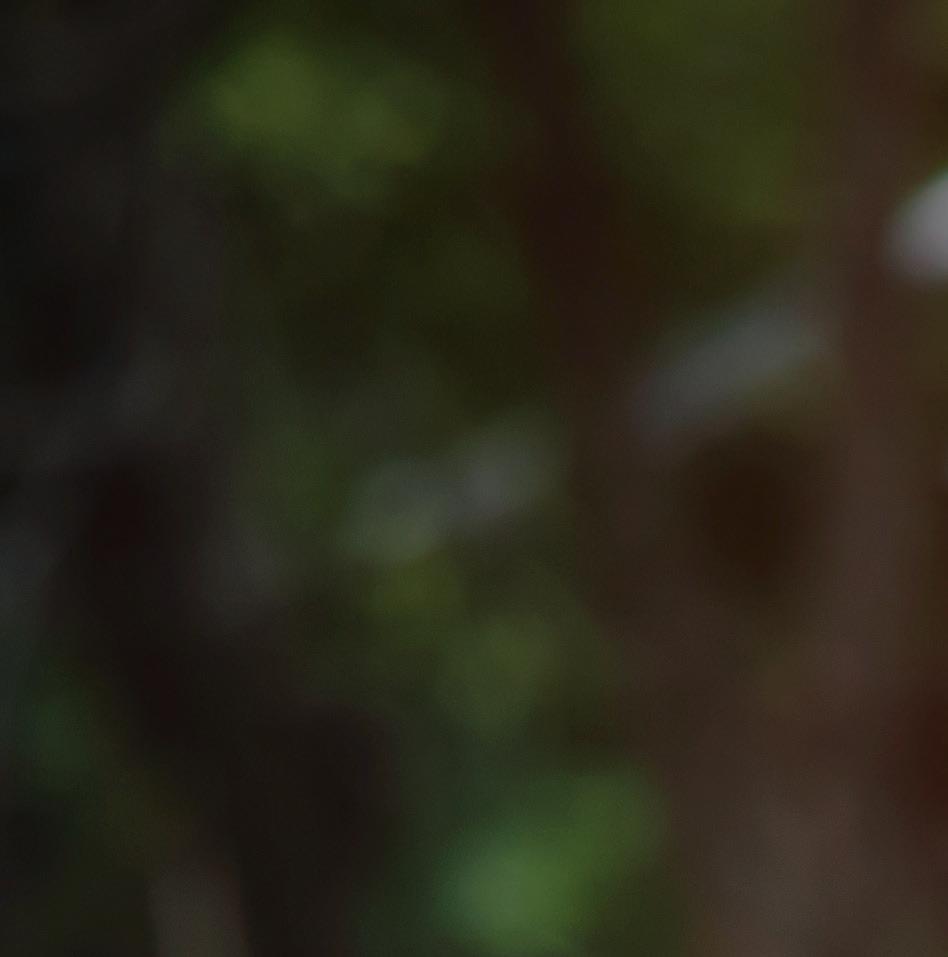



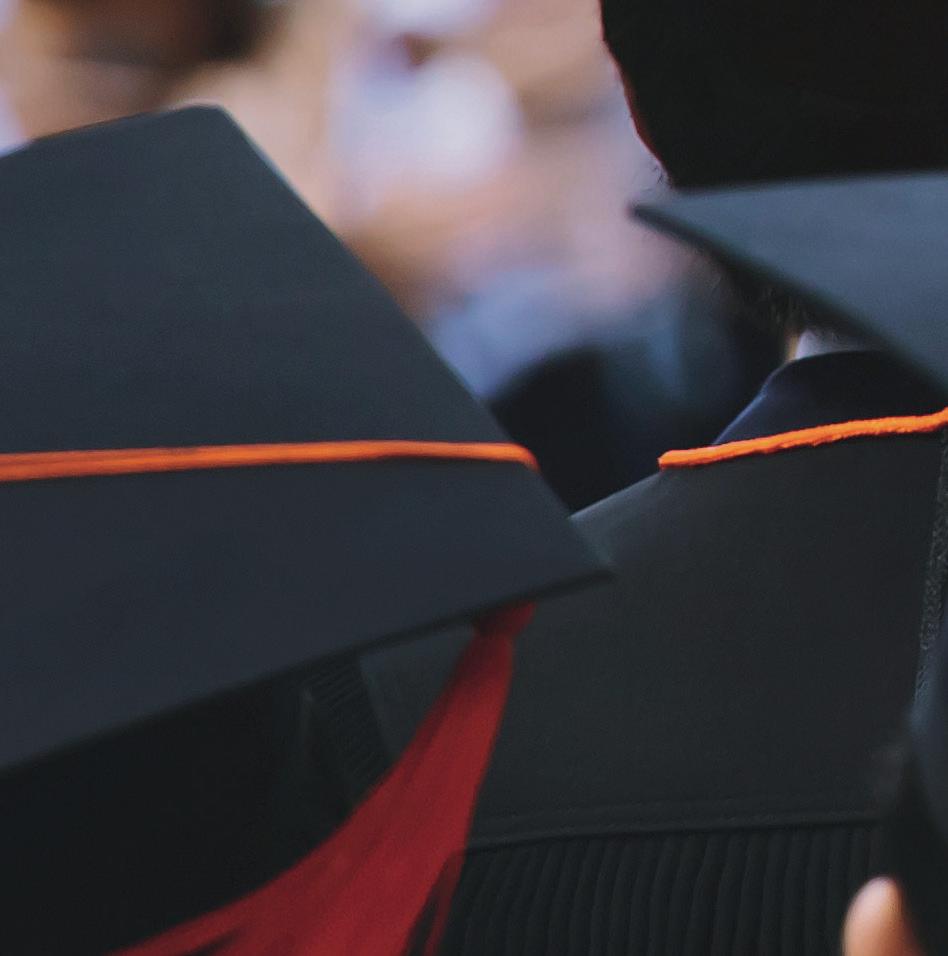

32 UNISO CIÊNCIA • SCIENCE @ UNISO
Por/By: Guilherme Profeta Foto/Photo: Fernando Rezende
STUDENT RETENTION AND THE MAKING OF SCIENCE:





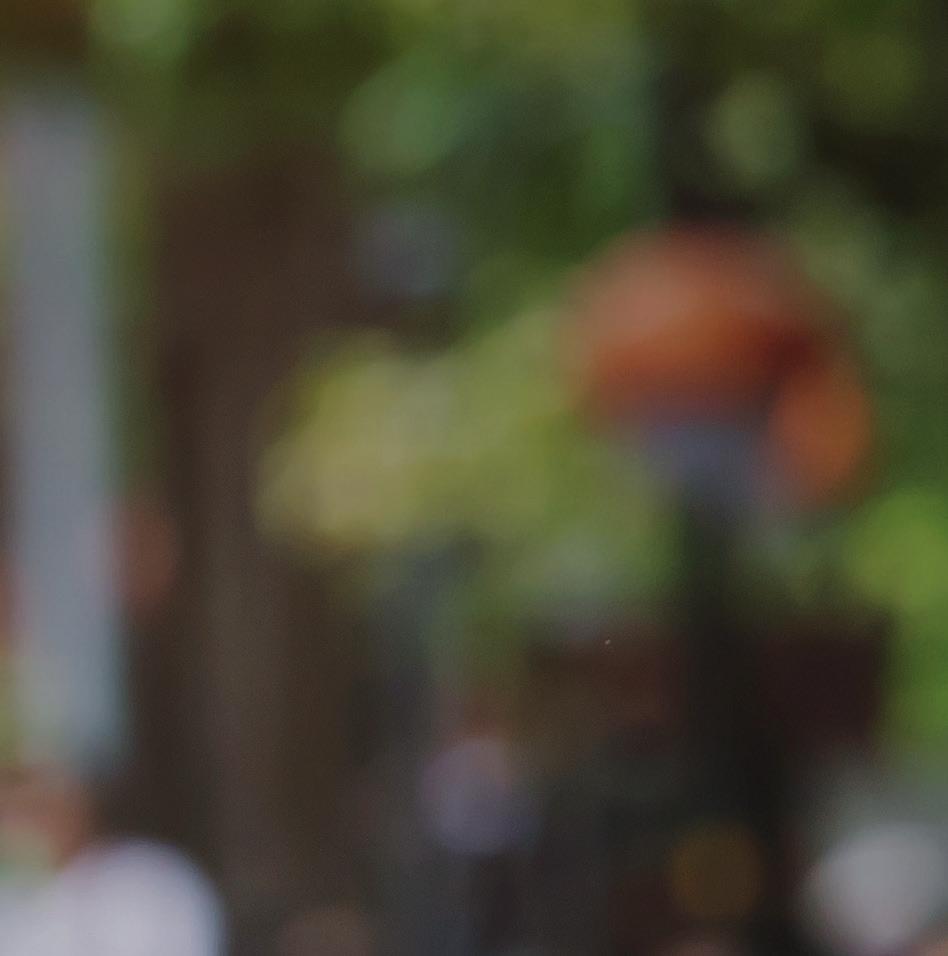

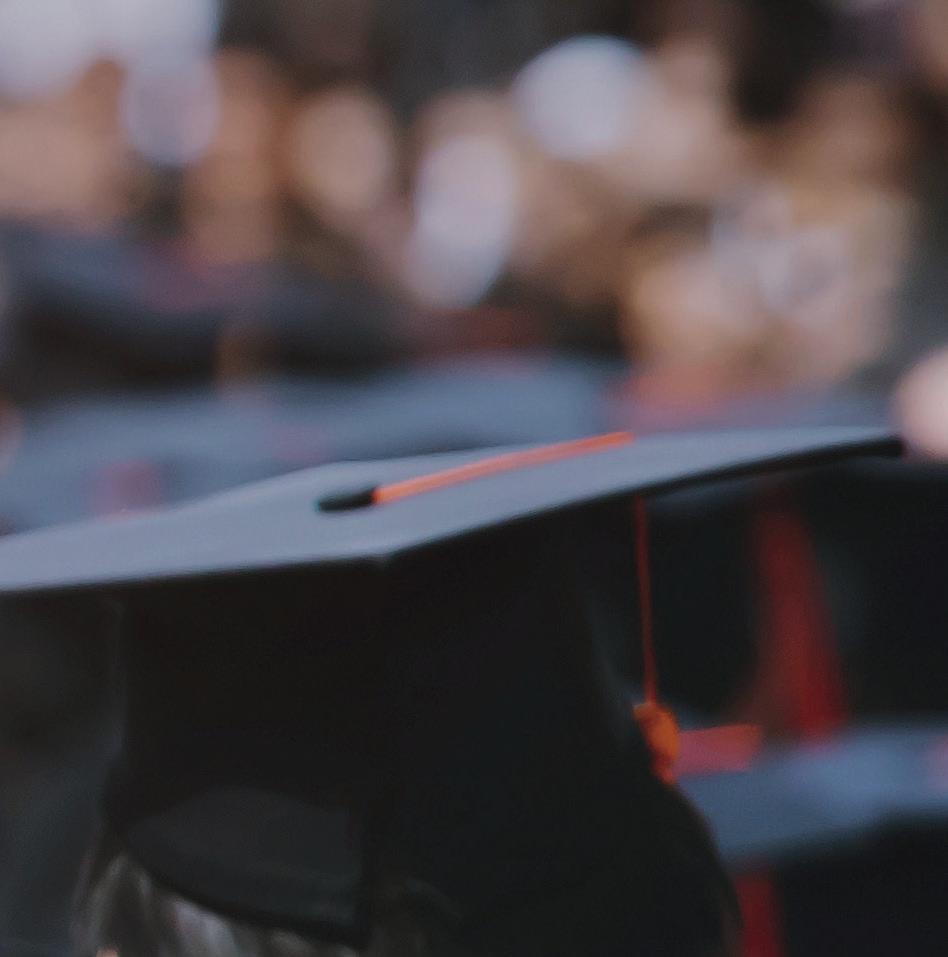
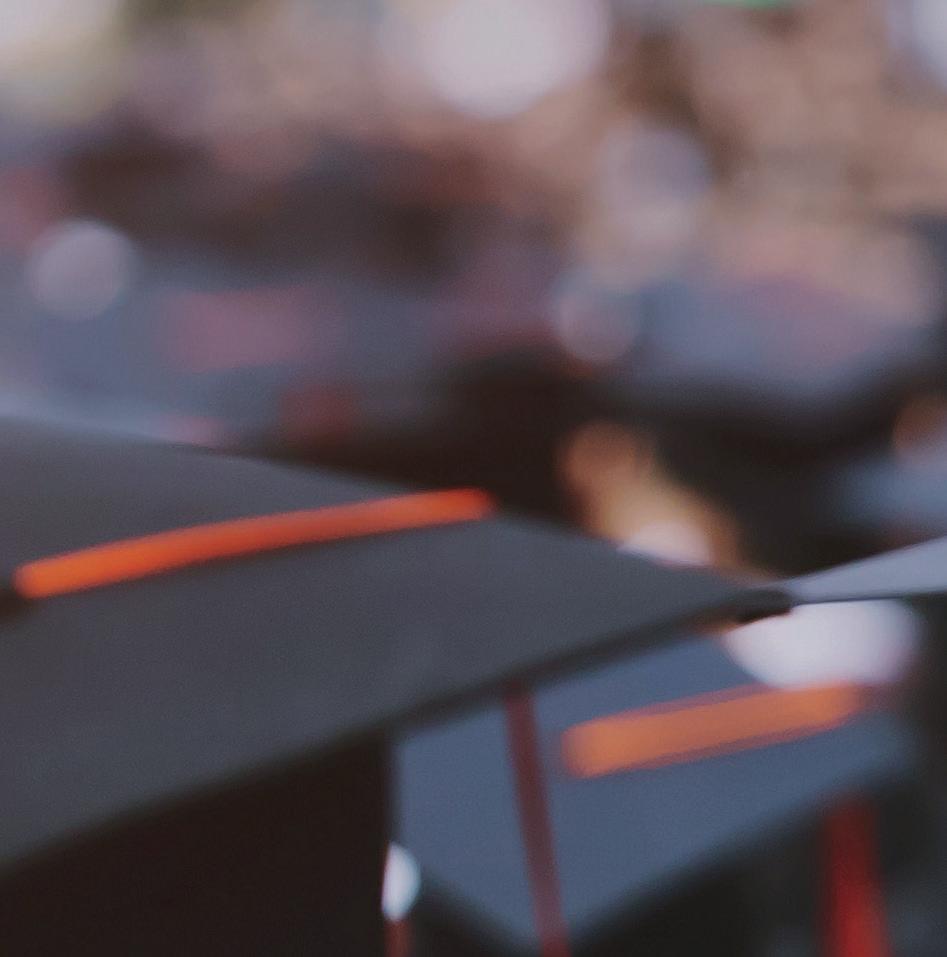
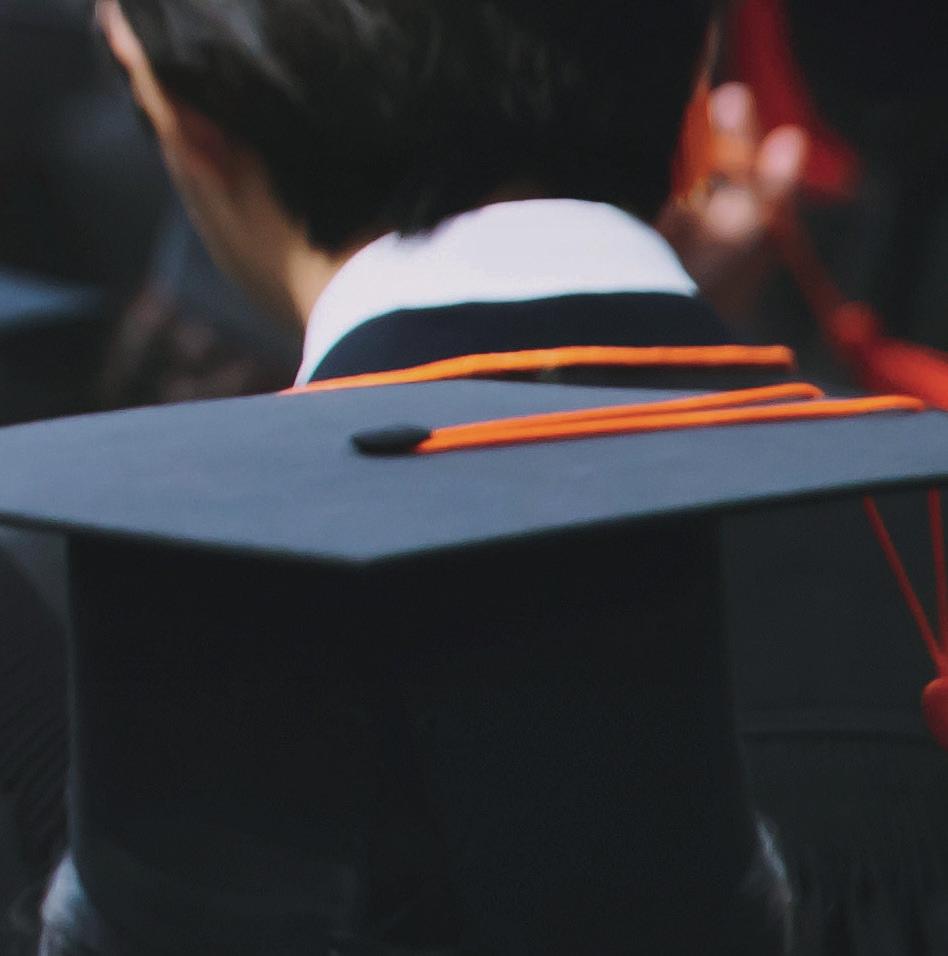
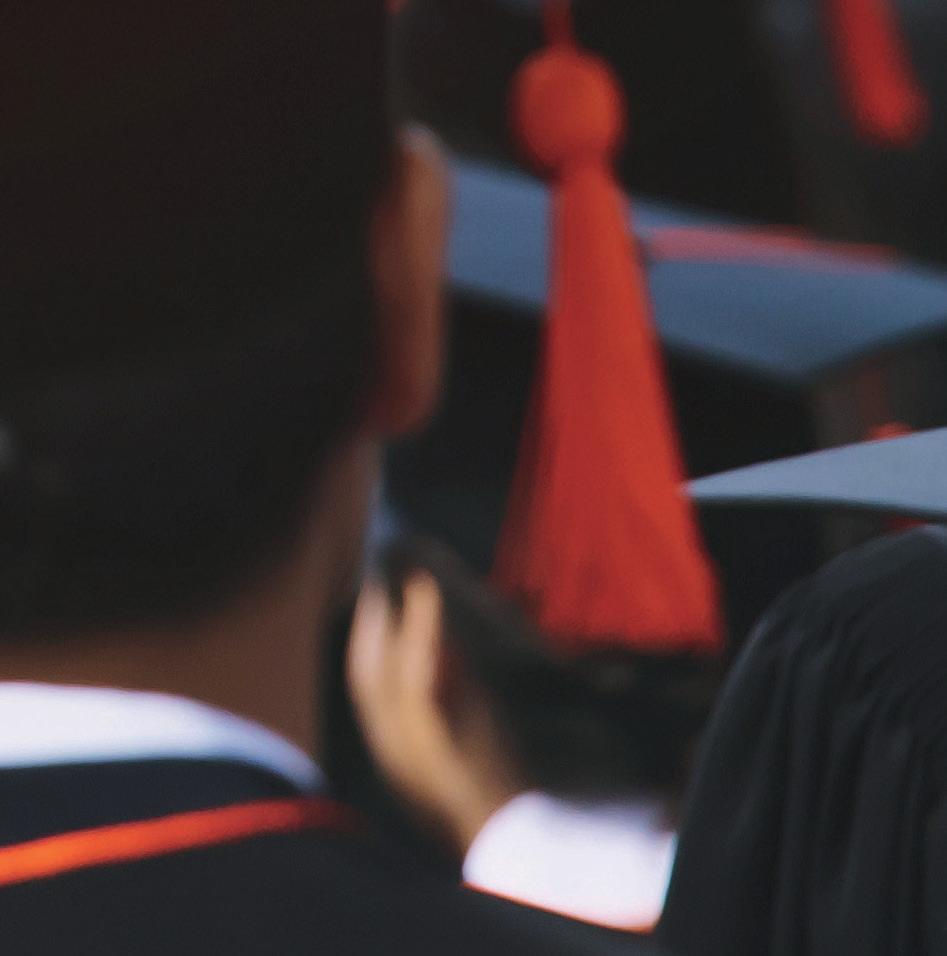
Responsibility belongs to the entire academic community

33 UNISO CIÊNCIA • SCIENCE @ UNISO
Foto/Photo: Amethaphum (Adobe Stock)
Se houvesse uma receita para fazer um cientista, o tempo com certeza seria um ingrediente fundamental. Isso porque, conforme defende o professor doutor José Martins de Oliveira Junior, Pró-Reitor de Pós-Graduação, Pesquisa, Extensão e Inovação da Universidade de Sorocaba (Uniso), não se pode pensar no curto prazo quando se fala em pesquisa.
“A maioria dos projetos costuma levar anos, principalmente nas áreas que envolvem problemas de cunho social ou ambiental — já que entendê-los em profundidade geralmente leva tempo”, ele diz. “Nesse processo, é bastante comum que o estudante inicie sua carreira como pesquisador ainda durante a graduação, com projetos de Iniciação Científica, e só se desligue da instituição no pós-doutorado, que tem justamente esse objetivo: o de “romper o cordão umbilical” que liga o pesquisador ao seu orientador. No Brasil, somando-se o tempo total para o percurso formativo de um pesquisador, da graduação ao pós-doutorado, temos algo em torno de oito a dez anos, o que responde de pronto o porquê de a permanência estudantil ser crucial para o desenvolvimento da ciência, da tecnologia e da inovação.”
Trocando em miúdos, perde-se o potencial de fazer ciência se os estudantes não forem estimulados a se tornar cientistas, mas também se os candidatos a pesquisadores deixarem a universidade, por qualquer razão que seja, antes de passarem por todo esse longo ciclo. E são muitas as razões que podem dificultar ou impedir a permanência estudantil nas universidades, especialmente para aqueles que não se caracterizam como HERDEIROS.
If there were a recipe for making a scientist, time would most definitely be a key ingredient. This is because, when it comes to research, there is no short term, as argued by professor José Martins de Oliveira Junior, vicerector of Research, Extension, Innovation, and Graduate Programs at Uniso.
“Most projects tend to take years until completion, especially in those fields that involve social or environmental issues—as understanding them in depth often takes time,” he says. “In this process, it is quite common for students to start their careers as researchers while still enrolled in their undergraduate programs, and going all the way until their postdoctoral studies, when that umbilical cord that links the researcher to an advisor is finally broken. In Brazil, the amount of time required for a researcher to complete his or her educational path, from an undergraduate program to a post-doctoral degree, sums up something around eight to ten years, which answers right away why student retention is a crucial factor for the development of science, technology, and innovation.”
In other words, the potential to make science is lost if students are not encouraged to become scientists, but also if research candidates leave the university, for whatever reason, before going through this long cycle. And there are many reasons that can make it difficult for students to stay enrolled in their programs, especially for those who are not INHERITORS.
Dessa forma, a discussão sobre permanência estudantil não pode ser separada da discussão sobre
Therefore, the discussion on student retention cannot be separated from the discussion on access to Higher Education. “To keep studying is actually the second step after getting accepted into a university,” says professor Rafael Ângelo Bunhi
34 UNISO CIÊNCIA • SCIENCE @ UNISO
o acesso à universidade. “Permanecer estudando é o segundo passo depois de ingressar numa universidade”, diz o professor doutor Rafael Ângelo
Bunhi Pinto, coordenador do Programa de PósGraduação em Educação da Uniso. “Nesse aspecto, no cenário da educação brasileira, nós temos visto, nos últimos tempos, uma maior democratização da Educação Superior — ou seja, uma maior possibilidade para que os estudantes tenham acesso à universidade. Isso tem aumentado gradativamente por meio de políticas públicas e também devido a políticas desenvolvidas pelas próprias instituições de ensino, como, no caso da Uniso, as bolsas de estudos e o financiamento estudantil.”
Pinto, the coordinator of Uniso’s graduate program in Education. “When it comes to the Brazilian education scenario, we have seen, in recent times, a greater democratization of Higher Education— that is, a greater possibility for students to have access to the university. This has been happening gradually due to public policies, and also due to policies developed by the education institutions themselves, such as scholarships and student funding, as we do at Uniso.”
BEYOND FINANCIAL ISSUES
Policies that involve finances, when managed internally (and not by the government) are under
PARA SABER MAIS: OS HERDEIROS
O termo, nesse contexto da Educação Superior, foi cunhado pelos sociólogos franceses Pierre Bourdieu (1930—2002) e Jean Claude Passeron, numa obra intitulada “Os Herdeiros: os estudantes e a cultura” (no original, “Les héritiers: les étudiants et la culture”), publicada originalmente em 1964. O termo herdeiros faz referência àquele grupo de indivíduos para o qual a formação acadêmica é dada como certa, uma vez que eles já advêm de um estrato social privilegiado, cujo acesso à universidade é historicamente garantido, diferentemente daqueles estudantes que, por exemplo, constituem a primeira geração a chegar nesse nível de ensino, como costuma acontecer frequentemente em universidades comunitárias como a Uniso.
TO KNOW BETTER: THE INHERITORS
The term, in this context of Higher Education, was firstly coined by French sociologists Pierre Bourdieu (1930—2002), and Jean Claude Passeron, in an essay titled “The Inheritors: French Students and Their Relations to Culture” (in the original, “Les héritiers: les étudiants et la culture”), originally published in 1964. The term inheritors refers to that group of individuals for whom academic education can be taken for granted, since they already come from a privileged social stratum from the start, so their access to the university is historically guaranteed. This is not the case for those students who are, for example, the first generation to reach this level of education, a common occurrence at communitarian universities such as Uniso.
35 UNISO CIÊNCIA • SCIENCE @ UNISO

UNISO CIÊNCIA • SCIENCE @ UNISO

ALÉM DAS QUESTÕES FINANCEIRAS
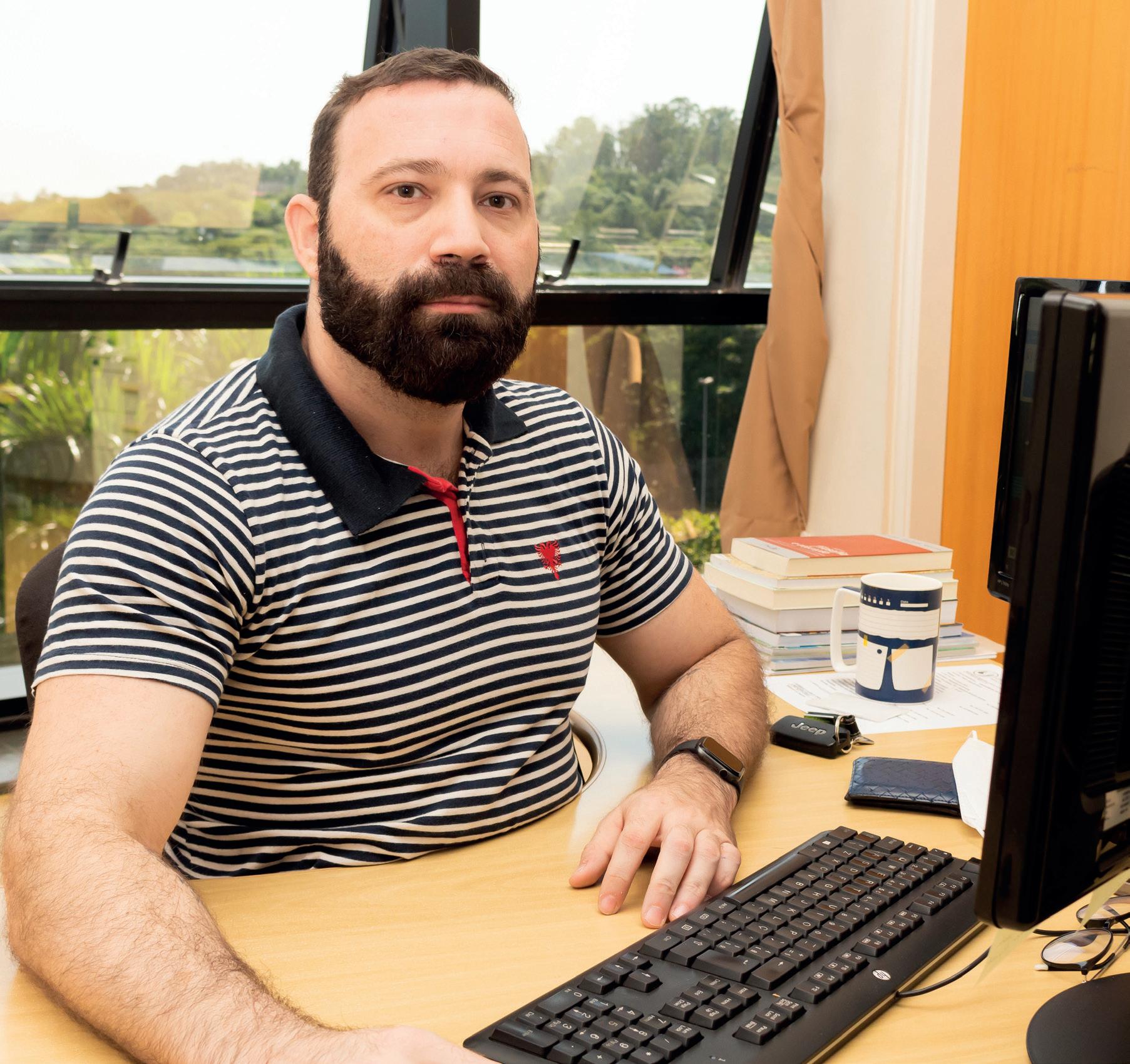
Políticas financeiras, quando são mantidas pelas próprias instituições, naturalmente estão sob o controle da alta gestão das universidades, mas Bunhi Pinto defende que é um erro da comunidade acadêmica pensar na permanência estudantil como uma responsabilidade exclusiva dos gestores. “Eu entendo que a permanência está relacionada a um conceito central: a identidade. Se eu, estudante, entro num determinado curso, eu tenho, para poder
direct control of universities’ top management, of course, but Bunhi Pinto argues that it is a mistake to think of student retention exclusively as a manager’s responsibility. “I understand that retention is related to a central concept: identity. If I am a student who enrolls in a certain program, I have to identify with what the program delivers, in order to be able to follow my path in that given field. I have to identify especially with those
38 UNISO CIÊNCIA • SCIENCE @ UNISO
Professor doutor Rafael Ângelo Bunhi Pinto, coordenador do Programa de Pós-Graduação em Educação Professor Rafael Ângelo Bunhi Pinto, the coordinator of Uniso’s graduate program in Education
From
seguir meu caminho nessa área do conhecimento, de me identificar com aquilo que o curso proporciona, principalmente com os componentes curriculares que estão sendo oferecidos logo no início. Note que o currículo não é construído pela gestão, mas coletivamente: por cada professor, pelo colegiado e, por fim, pelos conselhos universitários. E vale lembrar que o currículo não é só uma grade de disciplinas (divididas entre práticas e teóricas, gerais e específicas etc.), mas
classes that are being offered right at the very beginning. And guess what: the curriculum is not defined by upper management, but collectively, by each professor, by the whole community of faculty members, and by the university council after all. It is worth remembering that the curriculum is not just a grid of classes one is supposed to take (divided into practical and theoretical, general and specific, etc.), but a broader concept, which involves all

39 UNISO CIÊNCIA • SCIENCE @ UNISO
Os professores doutores José Martins de Oliveira Junior, Pró-Reitor de Pós-Graduação, Pesquisa, Extensão e Inovação (à esquerda), e Rogério Augusto Profeta, Reitor da Uniso
left to right: professor José Martins de Oliveira Junior, vice-rector of Research, Extension, Innovation, and Graduate Programs, and professor Rogério Augusto Profeta, the rector of Uniso
um conceito mais abrangente, que envolve todas as práticas que o aluno vai desenvolver dentro da universidade, inclusive a pesquisa.” Pensar no VÍNCULO ENTRE GRADUAÇÃO E PÓS , assim, deve ser parte integrante do movimento de pensar o currículo de cada curso.



the experiences the student will go through within the university, including research.” Therefore, thinking about the RELATIONS BETWEEN UNDERGRADUATE AND GRADUATE PROGRAMS should be an essential part of designing each program’s curriculum.





Siga o link pelo QR code para ler na íntegra:
Follow the link to read the full interview:
Na edição 9 (jun./2022) da revista Uniso Ciência, os três pesquisadores mais bem ranqueados na instituição, de acordo com o ranking AD Scientific Index, também comentaram sobre a importância de estreitar o vínculo entre a graduação e a pós, integrando a pesquisa aos currículos e os estudantes aos laboratórios



In issue #9 (June/2022) of the Science @ Uniso magazine, Uniso’s top-3 researchers (according to the AD Scientific Index) commented on the importance of strengthening the bond between undergraduate and graduate programs, integrating research to school curriculums, and bringing students to the laboratories

“Garantir a permanência, ou, em outras palavras, evitar a evasão, é uma questão atrelada à nossa missão institucional de promover transformações sociais”, acrescenta o professor doutor Rogério Augusto Profeta, Reitor da Uniso, defendendo que, se a universidade for capaz de acolher esses intelectuais em formação — não só os herdeiros, mas também aqueles que vêm das margens, sem deixar que eles se percam no longo caminho de formação de um pesquisador —, existe um grande potencial de vínculo entre as pesquisas desenvolvidas na academia e a resolução de problemas identificados
“Ensuring retention, or, in other words, preventing student evasion, is an issue that is directly related to our institutional mission, aimed at promoting social change,” says professor Rogério Augusto Profeta, the rector of Uniso. He argues that the university must be capable of welcoming these new intellectuals in training—not only the so-called inheritors, but also those who come from the margins, without letting them get lost in the long path of becoming a researcher—, and that this process is likely to result in a greater potential to have academic research actually being used to solve problems identified within the communities. This should lead to actual changes
40 UNISO CIÊNCIA • SCIENCE @ UNISO
no seio das próprias comunidades, resultando, assim, em mudanças de fato necessárias para o DESENVOLVIMENTO SOCIAL
when it comes to SOCIAL DEVELOPMENT











Siga o link pelo QR code para ler na íntegra:

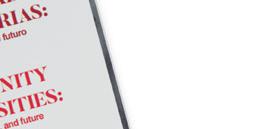



Follow the link to read the full interview:
Na edição 7 (jun./2021) da revista Uniso Ciência, o professor Aldo Vannucchi, fundador da Uniso, também comenta sobre o papel da universidade em outros tipos de desenvolvimento além do econômico: desenvolvimento social, cultural, ambiental


In issue #7 (June/2021) of the Science @ Uniso magazine, professor Aldo Vannucchi, the founder of Uniso, commented on the role universities play in other kinds of development besides the traditional one, based on economic indicators; there are also social, cultural, and environmental factors that can be used to measure development
“Entendemos que precisamos apoiar o nosso estudante nesse processo de conquistar seu grau acadêmico no Ensino Superior, e esse apoio passa por ações de ordens financeira (como as bolsas e os financiamentos), acadêmica (como a questão dos currículos e programas de Iniciação Científica) e até mesmo psicológica — principalmente no póspandemia —, o que nos leva à questão do bem-estar no câmpus. Esse também é um aspecto essencial. A universidade, para que as pessoas sejam engajadas a continuar estudando, e consequentemente para que a ciência possa florescer, precisa ser um local receptivo, inclusivo, agradável, bonito e seguro, em que os estudantes gostem de estar, de socializar, e em que aconteçam muitas coisas além do ensino, como um grande hub, um ponto de encontro de pessoas e, por consequência, de ideias”, conclui Profeta.
“We understand that we need to support our students in the process of earning their academic degrees in Higher Education, and this support involves many kinds of initiatives: financial (such as providing scholarships and funding), academic (such as the issue of curriculums, as well as programs aimed at getting undergraduate students involved with research), and even psychological—especially in the post-pandemic period—, which brings us to the issue of well-being on campus. This is also an essential aspect. For people to be motivated to keep studying, and consequently for science to flourish, the university needs to be a welcoming, inclusive, pleasant, beautiful, and safe place, where students enjoy socializing, and where many things are constantly happening besides teaching. It is like a big hub, a meeting point for people and, consequently, for ideas,” Profeta concludes.
41 UNISO CIÊNCIA • SCIENCE @ UNISO
Esse é o ovo de uma borboleta da espécie Ascia monuste orseis, popularmente conhecida como curuquerê-da-couve. Os ovos são formados por células retangulares, nas quais existem aberturas para a troca de gases com o ambiente externo. O topo, onde é possível ver uma área plana circular, é o espaço por onde a larva da borboleta deixa o ovo, no momento da eclosão

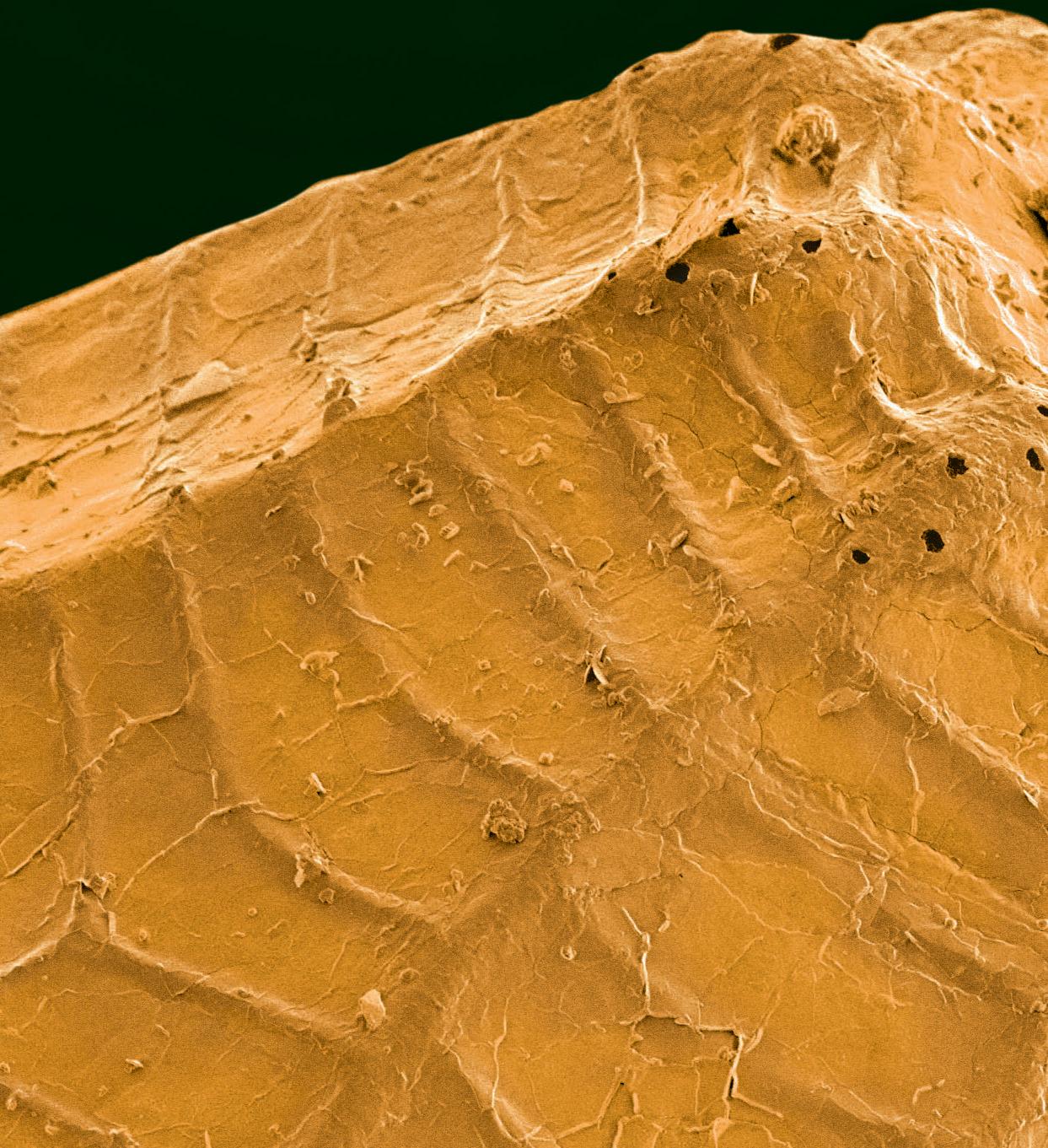
This is the egg of a butterfly of the species Ascia monuste orseis, popularly known as curuquerê-da-couve. Its eggs are formed by rectangular cells, in which there are holes for the exchange of gases with the external environment. The top part, where there is a flat circular area, is the space through which the butterfly larva leaves the egg, at the moment of hatching

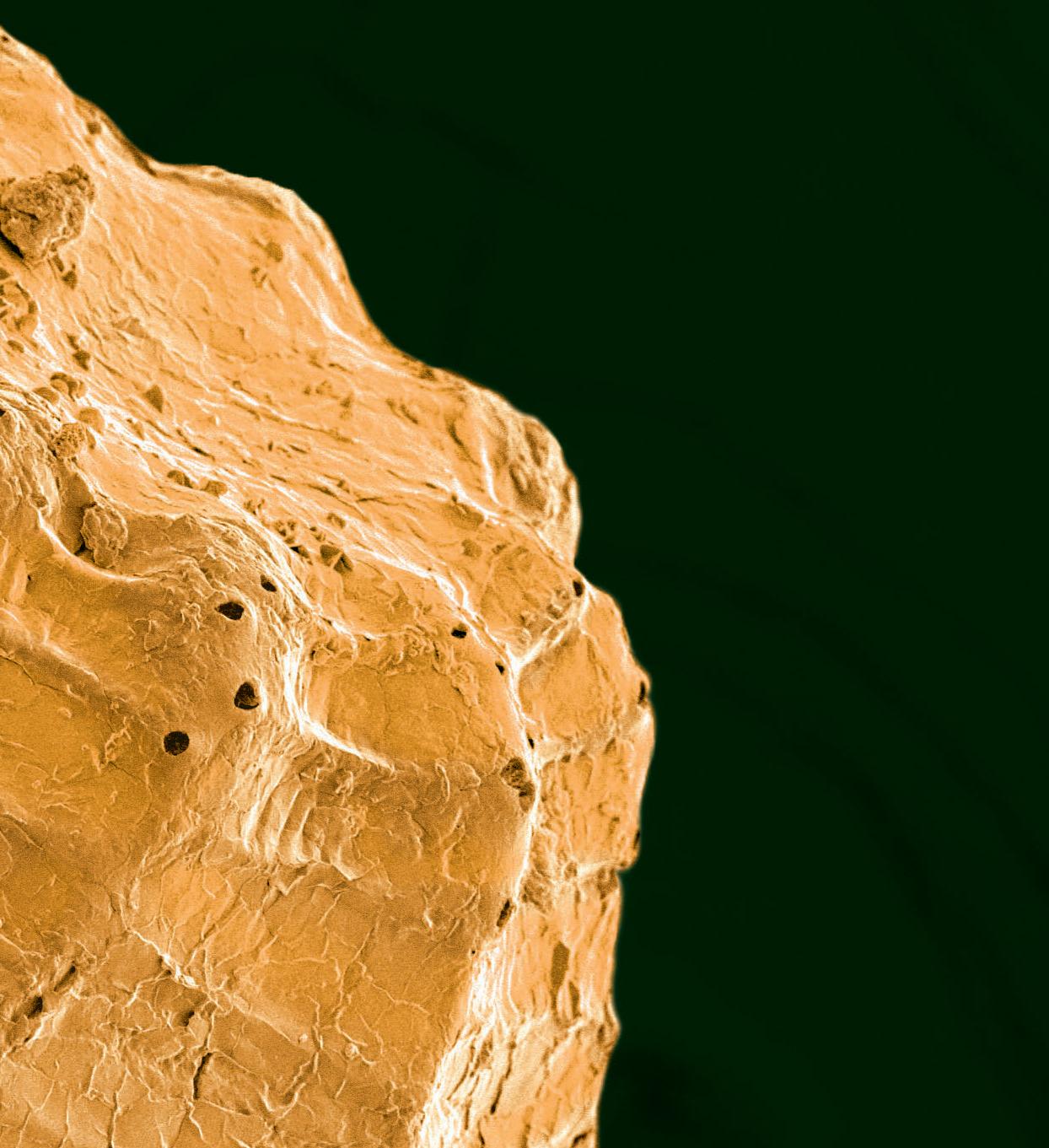 Imagem (microscopia)
/ Image (microscopy): Lapisus/Uniso
Imagem (microscopia)
/ Image (microscopy): Lapisus/Uniso

• SCIENCE
UNISO CIÊNCIA
@ UNISO

Falando de criatividade: QUAL O LUGAR DA INOVAÇÃO NA EDUCAÇÃO ESCOLAR? Talking creativity: WHAT IS THE PLACE OF INNOVATION IN SCHOOL EDUCATION? Por/By: Guilherme Profeta UNISO CIÊNCIA • SCIENCE @ UNISO Ilustração/Illustration: grandfailure (Adobe Stock)
Num mundo em que o conhecimento está literalmente disponível na palma das mãos, a instituição escolar vem tendo sua utilidade constantemente questionada. Em especial no que diz respeito ao nível universitário — considerando-se que não raro as universidades são compreendidas como instituições meramente profissionalizantes —, questiona-se se a instituição escolar será substituída por alguma outra coisa (tutoriais online, por exemplo, que são mais rápidos e mais baratos).

Mas, segundo o professor doutor Rogério Augusto Profeta, Reitor da Uniso e docente na área de criatividade e inovação no Programa de Pós-Graduação em Processos Tecnológicos e Ambientais da Universidade de Sorocaba (Uniso), o que está verdadeiramente sob ataque em discursos como esses não é a escola em si, mas a velha ideia de uma educação bancária, baseada exclusivamente na transferência de conhecimento e nada mais.
“Quando se pensa na universidade como um local de fomento à inovação, o nosso grande desafio é estimular as pessoas a ter dúvidas significativas”, ele diz. “Dentre todo aquele universo de conhecimentos amplamente acessíveis, o professor deve ser o curador que faz uma seleção qualitativa. Esse professor não pode ter medo das dúvidas, porque, se você estimula de fato a curiosidade do seu estudante, você vai ter perguntas que talvez não consiga responder. E está tudo bem. É assim que surgem os projetos de pesquisa que vão legitimamente alimentar o progresso da ciência e da tecnologia. E é importante que esses projetos estejam nas universidades, e não só em outros tipos de organizações privadas, porque é a universidade que consegue fazer investimentos em pesquisa experimental, quase que a fundo perdido, por não ter o peso de buscar retorno financeiro que as empresas têm.”

A declaração fez parte de sua fala na abertura oficial da primeira edição do Encontro de Pesquisadores em Educação Escolar da Universidade de Sorocaba (EPES-Uniso), que aconteceu em outubro de 2022 e em cuja conferência de abertura se discutiu o que é preciso para fomentar a criatividade e a inovação no ambiente escolar, a necessidade de pensar a

In a world where knowledge is easily accessible, literally just one click away, the usefulness of school as an institution has been constantly questioned. Regarding the university level especially—and considering that people often think of universities as places where the workforce goes to be trained, and not much else— many people wonder whether school education will be replaced anytime soon by something else (such as online tutorials, for example, which are faster and cheaper).
In spite of that, according to professor Rogério Augusto Profeta, the rector of Uniso and a professor of creativity and innovation at the university’s graduate program in Technological and Environmental Processes, what is truly under attack when people say things like these is not the school itself, but the old perception of an education that is based on transferring knowledge only, and nothing further.
“When we think of the university as a place aimed at fostering innovation, our greatest challenge is to encourage people to have substantial doubts,” he says. “Among that whole universe of knowledge that is widely available, teachers must be the curators performing a qualitative selection of this knowledge. This kind of teacher cannot be afraid of doubts, because if one really stimulates their students’ curiosity, there will be questions that the teacher may not be able to answer. And there is no problem in that. This is how new research projects are born, especially those that will legitimately fuel the progress of science and technology. And it is important that these projects are being developed within universities, and not only in other kinds of private organizations, because universities are the ones that are truly able to invest in experimental research without the weight of seeking immediate financial return, as is often the case with private companies.”




This statement was part of Profeta’s speech at the official opening of Uniso’s 1st Conference of Researchers on School Education (EPES-Uniso, in the Portuguese acronym), which took place in October 2022. Throughout the event’s opening sessions, speakers discussed what is required in order to foster creativity and innovation in a school environment, the urge to think about innovation


UNISO CIÊNCIA • SCIENCE @ UNISO
inovação de forma crítica e sem romantismos, além das lições que ficaram para as instituições escolares depois da pandemia de Covid-19.
LIÇÕES DA PANDEMIA
É impossível relembrar o ano de 2020 sem pensar em rupturas nos mais diversos sentidos. Esse tipo de contexto caótico, em que uma crise está instaurada e ainda não tem solução, costuma ser referenciado, eventualmente, como um ambiente propício à inovação, já que as pessoas são forçadas a pensar de forma criativa para dar conta de tarefas corriqueiras. Mas, segundo alerta a professora doutora Geovana Mendonça Lunardi Mendes, que é presidente da Associação Nacional de Pós-Graduação e Pesquisa em Educação (ANPEd), além de pesquisadora e docente na área da Educação na Universidade do Estado de Santa Catarina (UDESC) e também uma das palestrantes do EPES-Uniso, fazer as coisas de uma maneira diferente nem sempre é sinônimo de inovar e, especialmente em momentos de instabilidade, a escola deve estar propensa a refletir sobre o seu papel social.








critically and without romanticism, and the lessons that school institutions learned after the Covid-19 pandemic.
LESSONS FROM THE PANDEMIC
It is impossible to remember the year 2020 without thinking about disruptions in many different ways. People often refer to this kind of chaotic scenario, in which a crisis is in place and there is still no solution, as a proper environment for innovation to emerge, since individuals are forced to think creatively in order to be able to handle everyday tasks. But doing things differently is not always synonymous with innovating, as argues professor Geovana Mendonça Lunardi Mendes, who is the president of the Brazilian National Association of Research and Graduate Programs in Education (ANPEd), as well as a professor and researcher in the field of Education at the State University of Santa Catarina (UDESC). She was one of the invited speakers at EPES-Uniso, where she argued that, especially in times of instability, the school must be willing to reflect on its social role.
Ela lembra que, ainda que a pandemia não tenha dado causa às desigualdades sociais existentes no Brasil e no mundo, ela certamente as tornou mais explícitas. Mas essa percepção não foi a mesma em todas as localidades e estratos sociais; afinal, a velocidade de resposta da educação escolar em relação à pandemia não foi uniforme em todos os sistemas educacionais ao redor do mundo. “A pandemia não foi um processo fácil para ninguém”, ela diz, “mas a situação foi muito pior em países que já enfrentavam, a priori, outras questões socioeconômicas complicadas, como a polarização política e as crises econômicas.” Especialmente nesses pontos do globo (na América Latina, por exemplo), a impossibilidade de estar numa sala de aula presencial acentuou ainda mais alguns hiatos até então invisíveis.
She recalls that, even though the pandemic has not created the social inequalities one can find in Brazil and abroad, it has certainly made them more perceptible. However, this perception was not the same in all localities and social strata; after all, the speed of response of schools to the pandemic was not the same within all education systems around the world. “The pandemic was not an easy process for anyone,” she says, “but the situation was much worse in countries that were already facing other complicated socio-economic issues in the first place, such as political polarization and economic crises.” Especially in these parts of the globe (in Latin America, for example), the impossibility of being in a physical classroom accentuated even more some pre-existing invisible gaps.
47 UNISO CIÊNCIA • SCIENCE @ UNISO
Fazer as coisas de uma maneira diferente nem sempre é sinônimo de inovar
Doing things differently is not always synonymous with innovating
“Todos os teóricos da Educação vão dizer que o direito à educação depende da garantia de outros direitos (o direito à moradia, à alimentação etc.). Acontece que a sala de aula, como artefato sociotécnico que é, tem o potencial de mascarar as desigualdades de origem”, explica Mendes. Isso quer dizer que, ao menos em alguma medida, os professores são capazes de tornar menos aparentes aquelas desigualdades sociais, culturais e econômicas que alguns estudantes já trazem consigo na bagagem. Para essas desigualdades já conhecidas, a sala de aula física funcionava como uma espécie de balizador comum, tornando possível que os estudantes tivessem ao menos algumas condições mais próximas à igualdade. “Na pandemia, contudo, intensificaram-se novos tipos de desigualdades, como em especial a desigualdade tecnológica, que determinou o potencial de conexão (ou desconexão) dos sujeitos. E, via de regra, essas desigualdades se vincularam a sujeitos que já vêm sendo marginalizados historicamente”, enfatiza a pesquisadora.














“Every single theorist on Education will argue that the right to education depends on other rights being guaranteed (such as the right to housing, to food, etc.). It turns out that the classroom, as a socio-technical artifact, has the potential to cover up pre-existing inequalities,” explains Mendes. This means that, at least to some extent, teachers are able to mask those social, cultural and economic inequalities that some students already bring with them, making them less apparent. When it comes to these inequalities that are already known, the physical classroom used to work as an equalizer, making it possible for students to share at least some conditions that created some sort of equality. “During the pandemic, however, new types of inequalities were intensified, particularly the technological inequality, which determined one’s potential for connection (or disconnection). Furthermore, as a rule, these inequalities were linked to groups who have already been historically marginalized,” the researcher emphasizes.
O que fica, então, depois do fim da pandemia (e, talvez, de lição para as próximas), especialmente no quesito criatividade e inovação em educação? Um dos possíveis saldos positivos pode ter sido a percepção, por parte da comunidade docente, de que a sala de aula é, sim, um artefato sociotécnico, mas que, para tal, ela não precisa ser necessariamente um lugar físico delimitado dentro de um prédio. A escola, afinal, também pode ser o jardim, a praça, a biblioteca... “O quanto não houve de professores percebendo, ao retornar às aulas presenciais, que eles não necessariamente precisam se utilizar da sala de aula tradicional para dar suas aulas? Essas mudanças simples no espaço
Then, what lessons remain after the end of the pandemic (perhaps, lessons we could use if there is a next one), especially in terms of creativity and innovation when it comes to education? One of the possible positive outcomes may be the perception, on the part of the teaching community, that the classroom is indeed a socio-technical artifact, but it does not necessarily need to be a physical place delimited within a building. It is possible, after all, that schooling can take place in the garden, in the common square, in the library... “How many teachers did realize, upon returning to face-to-face classes, that they do not necessarily need to be in a traditional classroom in order to teach? These
48 UNISO CIÊNCIA • SCIENCE
Um dos saldos positivos da pandemia pode ter sido a percepção de que a sala de aula não precisa ser um lugar físico dentro de um prédio
One of the positive outcomes of the pandemic may be the perception that the classroom does not have to be a physical place within a building
já sinalizam que se faz possível tirar o contexto da aprendizagem de dentro da sala de aula e, assim, criar novas experiências.”














simple changes in space already show us that it is possible to take the context of learning out of the classroom, thus creating new experiences.”
Mas, antes de se pensar sobre esses saldos positivos, a pesquisadora ressalta que, da pandemia, fica também um receio de que o mundo tenha simplesmente retornado ao ensino presencial com uma mentalidade conservadora, o que desperdiçaria uma oportunidade de gerar algum tipo de inovação verdadeira a partir de uma experiência traumática. “Porque o fato de a gente ter mudado, de ter passado a fazer as coisas de um modo diferente, não significa necessariamente que a gente inovou. Pelo contrário: muitas vezes o que houve foi um empobrecimento do processo pedagógico em si. Houve contextos, por exemplo, em que os processos escolares, quando transpostos para o contexto pandêmico, foram concentrados exclusivamente no conteúdo — ou nas plataformas por meio das quais esse conteúdo estava sendo ‘transmitido’. Isso significa que houve uma ruptura nos meios, mas não necessariamente rupturas epistemológicas (ou seja, rupturas na maneira como os conhecimentos são construídos). O que precisa haver, de fato, é uma reflexão sobre o próprio sentido e o papel da escola nesse processo do caos: como a gente pode efetivamente construir práticas de inovação que nos ajudem a lidar com esses processos de desigualdades no ambiente escolar?”, ela questiona.



BRICOLAGEM, EXPERIMENTAÇÃO E PENSAMENTO CRÍTICO


Para pensar a inovação tecnológica, vale lógica semelhante àquela utilizada para refletir sobre os processos criativos que levam à arte. A afirmação é da professora doutora Luisa Angélica Paraguai Donati, coordenadora do Programa de Pós-Graduação em Linguagens, Mídia e Arte da

Nonetheless, the researcher warns that before thinking about these positive outcomes of the pandemic, there is also a fear that the world has simply returned to face-to-face teaching with a conservative mindset, thus wasting an opportunity to generate true innovation from a traumatic experience. “After all, even if we did change, even if we did things in a different way, it does not necessarily mean that we have innovated. On the contrary: many times what happened was actually an impoverishment of the pedagogical processes. There were contexts in which school processes, when transposed to the pandemic scenario, focused exclusively on the content itself—or on the platforms through which that content was being ‘transmitted.’ This means that there was a disruption in terms of media, but not necessarily in epistemological terms (that is, a disruption in the way knowledge is constructed). What is really necessary, in fact, is a reflection on the essential meaning and social role of schools in this process of chaos: how can we effectively create innovation practices that help us to deal with these inequalities in the school environment?,” she questions.
BRICOLAGE, EXPERIMENTATION, AND CRITICAL THINKING
In order to think about technological innovation, it is valid to apply a similar logic as the one used to reflect on the creative processes that lead to art. The statement came from professor Luisa Angélica Paraguai Donati, coordinator of the graduate program in Languages, Media, and Art at the Pontifical Catholic University of Campinas (PUC-Campinas), as well as a consultant for
Uma ruptura nos meios não significa necessariamente uma ruptura epistemológica
A disruption in terms of media does not necessarily mean a disruption in epistemological terms
Pontifícia Universidade Católica de Campinas (PUC-Campinas) e consultora de algumas das principais agências de fomento à pesquisa do país. Ela foi, também, uma das palestrantes convidadas para a abertura da primeira edição do EPES-Uniso.
Donati defende que, muitas vezes, as pessoas tendem a romantizar as inovações revolucionárias, como se elas fossem frutos de mentes incrivelmente talentosas agindo individualmente, quando, na verdade, a inovação (tal qual a arte) costuma ser o resultado de exercícios que acontecem em rede, enquanto modos colaborativos de criação, e que são análogos à bricolagem — termo que faz referência à lógica de, ao nos depararmos com um problema cotidiano, encontrarmos possibilidades de solução a partir dos itens que estão disponíveis à mão no momento, recriando-os e remontandoos. Ela explica que ocorrem, assim, deslocamentos de contexto e de funcionalidade, fazendo com que os elementos projetados assumam outros sentidos após uma intervenção, seja do artista, do cientista ou do estudante.
some of the main research funding agencies in the country. She was also one of the invited speakers for the opening conference of the 1st edition of EPES-Uniso
Donati argues that people often tend to romanticize revolutionary innovations, as if they were the result of incredibly talented minds acting individually, when in fact, innovation (just like art) is often the result of exercises that take place within a network, as collaborative acts of creation, and which are analogous to the process of bricolage—a term that refers to the logic of finding possibilities of solution to an everyday problem through the assembling of items that are available at hand at the moment, thus reinventing and reassembling them. She explains that what happens is a displacement of context and functionality, causing elements to be assigned new meanings after an intervention, whether by an artist, a scientist, or a student.






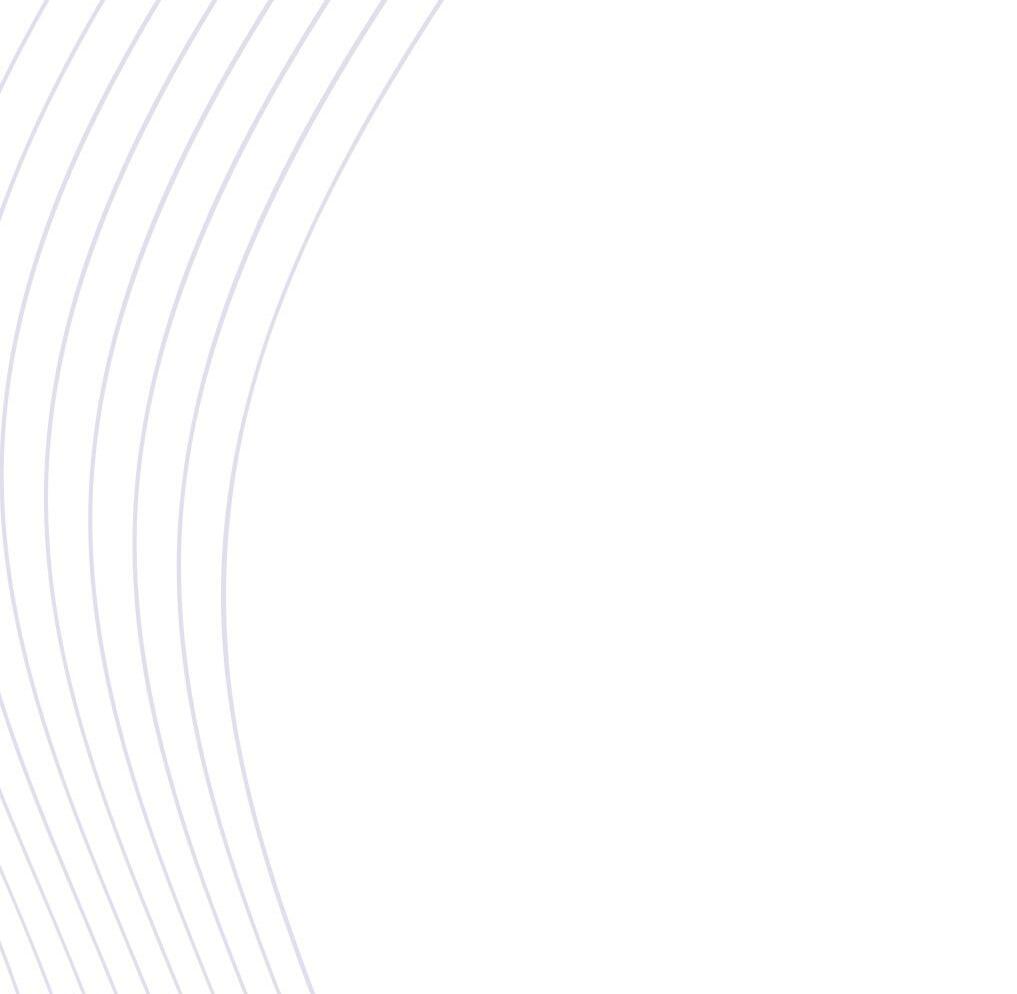

“Um exemplo muito representativo desse processo”, conta a pesquisadora, “foi o desenvolvimento de uma incubadora de recémnascidos em 1870, que só foi possível depois que um obstetra observou uma chocadeira de aves funcionando num zoológico. A ideia, quando aplicada num hospital humano, reduziu a taxa de mortes em quase 50%. Esse é um exemplo de como as boas ideias são inevitavelmente limitadas pelas peças e habilidades que nos cercam.” Detalhes sobre essa história podem ser conferidos no livro De onde vêm as boas ideias, de Steven Johnson, publicado no Brasil em 2021 pela editora Zahar.
Uma vez que a inovação, nessa perspectiva, depende de uma prática de apropriação e reutilização daquilo que existe em volta, a
“A very good example of this process,” the researcher says, “was the development of an incubator for newborns in 1870, which was only possible after an obstetrician observed a hatchery for birds in a zoo. The idea, when applied to a human hospital, reduced the death rate by nearly 50%. This is an example of how good ideas are inevitably limited by the things and skills that surround us.” More details about this story can be found in Steven Johnson’s book Where Good Ideas Come From, published in Brazil in 2021 by the Zahar publishing house.
According to this perspective, since innovation depends on a practice of appropriating and reusing what already exists around, the researcher
50 UNISO CIÊNCIA • SCIENCE @ UNISO
A inovação depende da apropriação e da reutilização daquilo que já existe em volta
Innovation depends on appropriating and reusing what already exists around
pesquisadora defende que (re)pensar o ambiente é (ou deveria ser) uma preocupação fundamental para aqueles que estão preocupados em fomentar criatividade e inovação, seja num estúdio, num laboratório ou numa escola. Os ambientes fecundos para a potencialização de boas ideias seriam aqueles em que a experimentação é incentivada e, consequentemente, os erros ou desvios (em vez de serem punidos) são compreendidos como partes inerentes do processo.













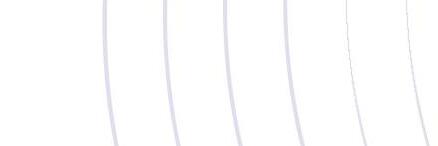

Tecnologia também é social, também é comportamental

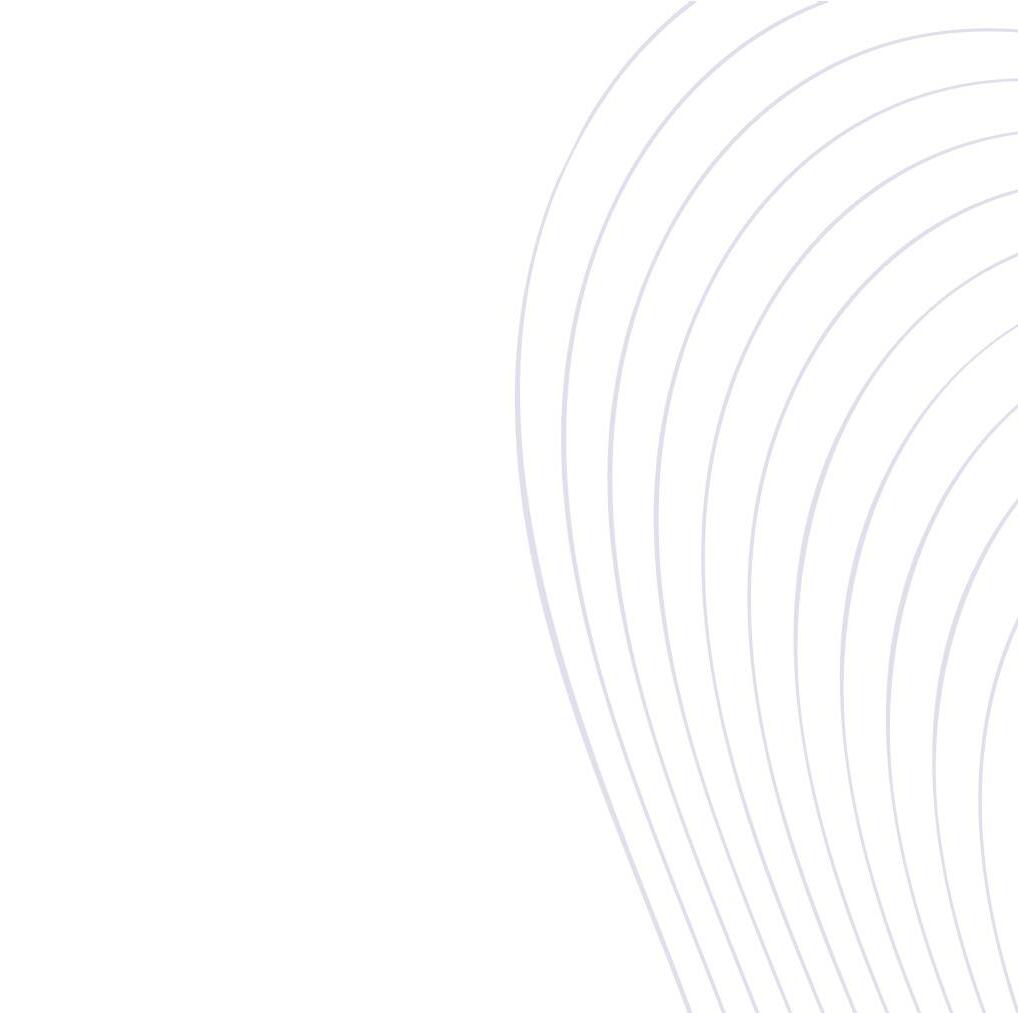







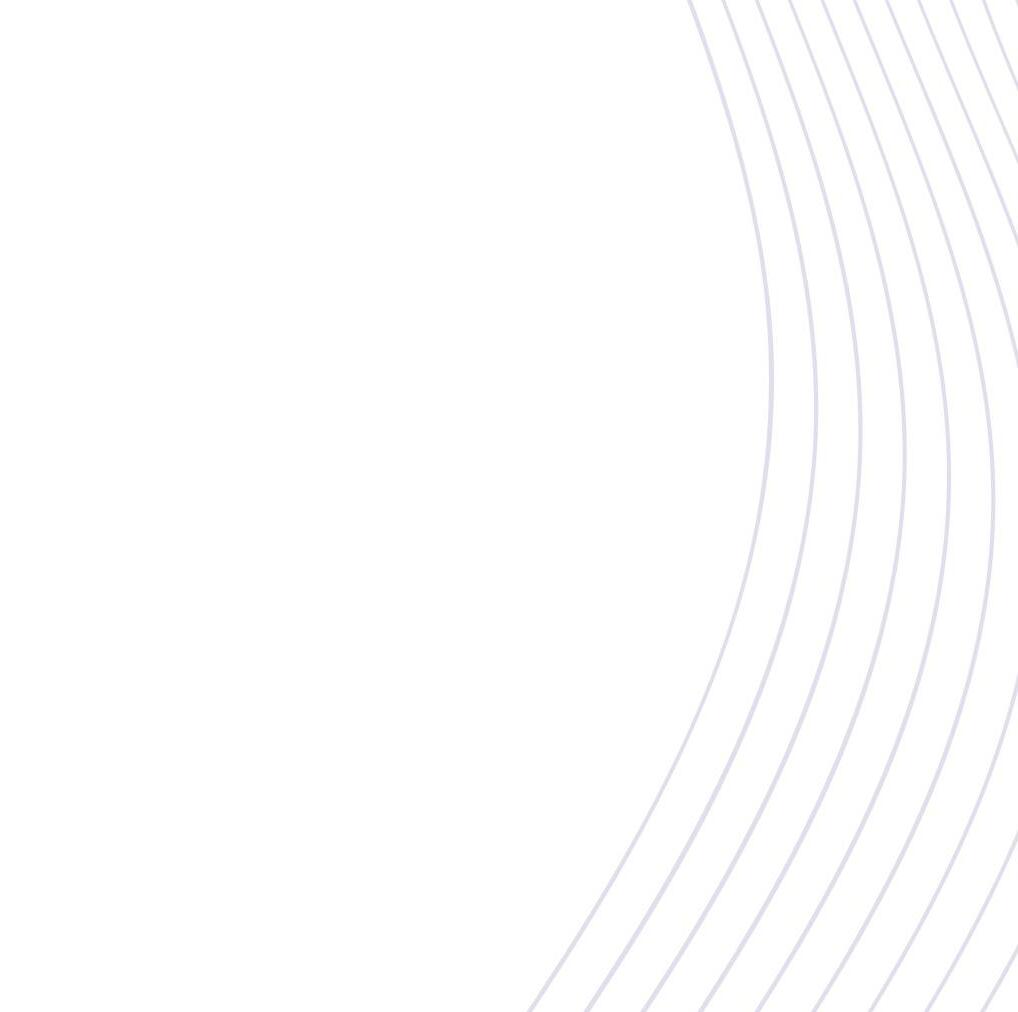

Outra questão primordial, segundo Donati — especialmente no que diz respeito às inovações de cunho tecnológico —, é o pensamento crítico sobre os objetos técnicos resultantes de processos inovadores, os quais também são objetos sociais que acontecem na cultura e serão utilizados por alguém de carne e osso. Esse movimento denota uma aproximação das ciências duras e das Humanidades, para refletir enquanto se inova (e não somente depois). “Também não é só uma questão de me instrumentalizar para que eu saiba usar uma nova tecnologia, mas para que eu possa participar, como cidadão, do processo de design dessas novas tecnologias”, ela diz. “Isso implica, inclusive, em (des)territorializar a tecnologia a partir da perspectiva e da fala de vozes destoantes, marginalizadas. Tecnologia também é social, também é comportamental.”
Essa relação com a tecnologia foi uma questão particularmente importante durante a pandemia de Covid-19, quando as práticas presenciais foram deslocadas para o espaço virtual, mas nem sempre de forma democrática — a exemplo do que afirma Mendes. “Qualquer deslocamento gera um ruído e, enquanto artista e pesquisadora, eu entendo que momentos como esses são potentes para rever nossas práticas, atualizando nossos parâmetros, padrões e modelos”, ela conclui.


argues that (re)thinking the environment is (or should be) a fundamental concern for those who intend to foster creativity and innovation, whether in a studio, a laboratory or a school. The fertile environments for the amplification of good ideas would be those in which experimentation is encouraged and, consequently, errors or deviations (instead of being punished) are understood as inherent parts of the process.
as well
Donati also argues that another fundamental issue—especially regarding technological innovations—is the need to apply critical thinking on the technical objects that result from innovative processes, which should be understood as social objects, that take place within a given culture, and will be used by real people in the real world. This perspective denotes an approximation between the hard sciences and the Humanities, to reflect while innovating (and not only afterwards). “It is not just a matter of equipping myself so that I know how to use a new technology, but so that I can participate, as a citizen, in the process of designing these new technologies,” she says. “This even implies (de)territorializing technology to include the perspective and the narrative of marginalized voices. Technology is also social, and there is a behavioral aspect to it as well.”
This relation between society and technology was a major issue during the Covid-19 pandemic, when face-to-face practices were transposed to virtual spaces, but not always in a democratic way—just as Mendes claimed. “Any displacement generates noise and, as an artist and researcher, I understand that moments like these are fortuitous for reviewing our practices, and updating our parameters, standards and models,” Donati concludes.
Technology is also social, and there is a behavioral aspect to it
Detalhe da cabeça de um besouro da espécie Lagria villosa, popularmente conhecido como besouro-de-veludo. É possível ver as lentes que formam um dos seus olhos compostos, além da base de uma de suas antenas e, também, as cerdas que recobrem o seu corpo, as quais apresentam função sensorial


Detail of the head of a Lagria villosa beetle, popularly known as besouro-de-veludo (which translates to velvet beetle). It is possible to see the many lenses that form one of its compound eyes, in addition to the base of one of its antennae, and also the bristles that cover its body, which play a sensory role

 Imagem (microscopia)
/ Image (microscopy): Lapisus/Uniso
Imagem (microscopia)
/ Image (microscopy): Lapisus/Uniso
HALL DA FAMA
Grandes personalidades brasileiras que fizeram parte da história da Uniso
 Por/By: Guilherme Profeta
Por/By: Guilherme Profeta
•
UNISO CIÊNCIA
SCIENCE @ UNISO
HALL OF FAME
Notable Brazilian personalities who were part of Uniso’s history
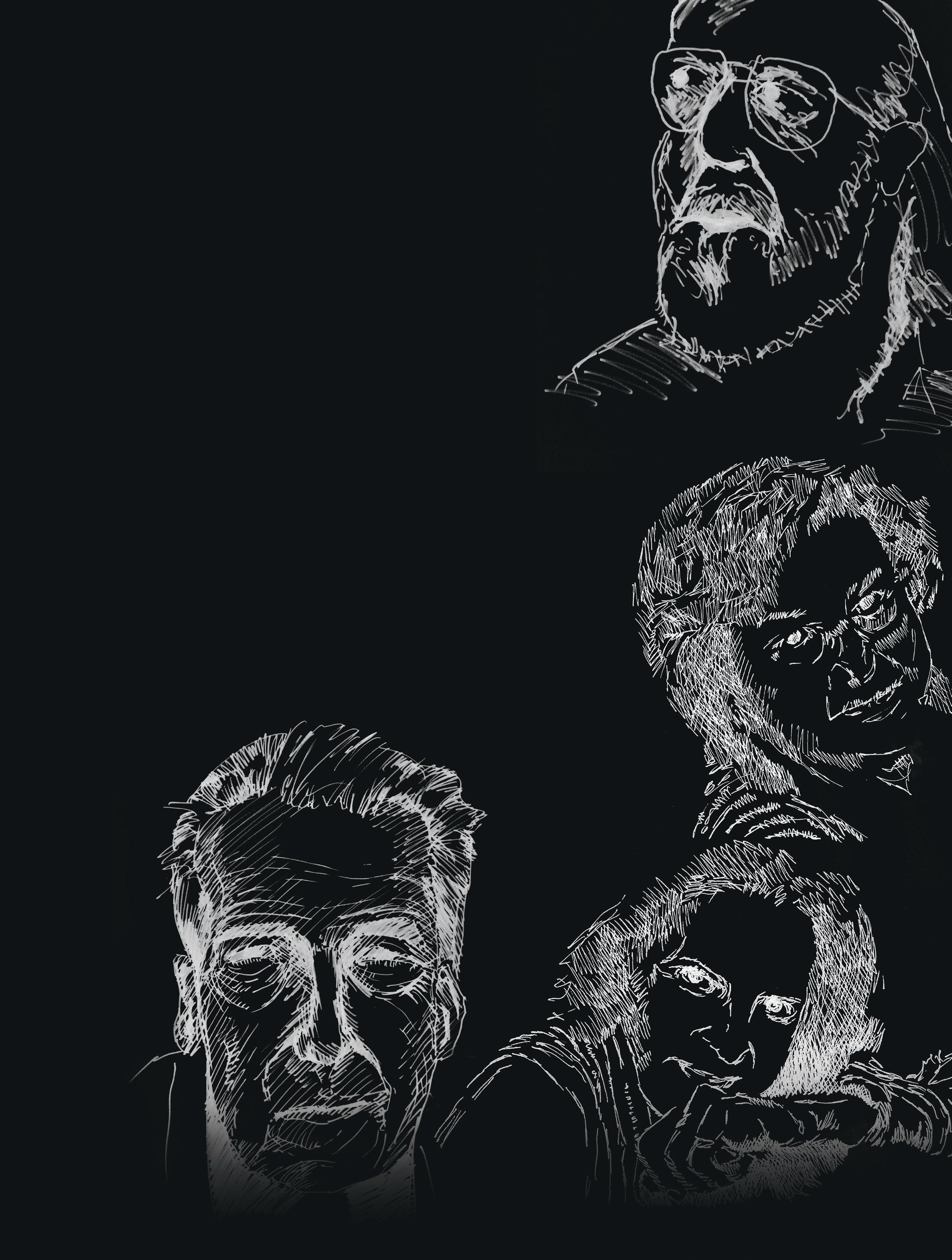
• SCIENCE @ UNISO
UNISO CIÊNCIA
AUniversidade de Sorocaba (Uniso) existe oficialmente desde setembro de 1994, mas, na verdade, a sua história teve início muito antes disso: mais precisamente, 40 anos antes, com a criação da Faculdade de Filosofia, Ciências e Letras de Sorocaba (FAFI), em 1954. Com o passar do tempo, outra faculdade foi criada, a Faculdade de Ciências Contábeis e Administrativas de Sorocaba (FACCAS), e a FAFI ganhou mais cursos. Daquelas origens modestas, a Instituição passou a ser conhecida como Faculdades Integradas Dom Aguirre (FIDA), a partir de 1992, para se tornar oficialmente uma universidade, a Uniso, dois anos depois.
Neste ano de 2022, em que a revista do projeto Uniso Ciência está celebrando ssua décima edição, a Instituição acumula nada menos do que 68 anos de história — história essa que, nas palavras do professor Aldo Vannucchi, fundador da Uniso e Reitor da Instituição até 2010, “é feita de muitas histórias brilhantes.”
Para esta edição, e contando com a colaboração da professora doutora Sonia Chébel Mercado Sparti (que foi diretora da FAFI entre 1988 e 1992), Vannucchi recorda algumas das grandes personalidades brasileiras que, ao longo de todos estes anos, fizeram parte da história da Uniso, reforçando o ideal de que uma universidade, antes de tudo, é um ponto de encontro para pessoas e ideias.
Os retratos que acompanham cada um dos perfis foram produzidos para esta reportagem, por estudantes do curso de graduação em Artes Visuais da Uniso, sob a orientação da professora mestra Mirella Mostoni.
Uniso exists officially since September 1994, but, in fact, its history began long before that: more precisely, 40 years earlier, with the creation of the College of Philosophy, Sciences and Letters of Sorocaba (FAFI, in the Portuguese acronym), back in 1954. Over time, another college was created, the College of Accounting and Administrative Sciences of Sorocaba (FACCAS), and FAFI was expanded to include more undergraduate programs. From those modest origins, starting from 1992, the isolated colleges were incorporated into one single name: Dom Aguirre Integrated College (Faculdades Integradas Dom Aguirre, or FIDA), turning officially into a university—Uniso—two years later.
In this year of 2022, when the magazine of the Science @ Uniso project is celebrating its 10th issue, Uniso itself celebrates no less than 68 years of history—a history that “is made of many brilliant stories,” in the words of professor Aldo Vannucchi, founder of Uniso, as well as its rector until 2010.
Especially for this issue, and relying on the collaboration of professor Sonia Chébel Mercado Sparti (who was FAFI’s director between 1988 and 1992), Vannucchi recalls some of the great Brazilian personalities who were part of Uniso’s history throughout all these years, reinforcing the notion that, above all, a university is a hub for people and ideas.
The portraits included alongside each one of the profiles were produced by students of Uniso’s undergraduate program in Visual Arts, advised by professor Mirella Mostoni.
56 UNISO CIÊNCIA • SCIENCE @ UNISO
Ruth Cardoso
(1930 — 2008)
Retrato por/Portrait by Mirella Mostoni
Natural de Araraquara, no estado de São Paulo, a professora doutora Ruth Cardoso é amplamente reconhecida por seus trabalhos na área da Antropologia, tanto no Brasil quanto no exterior, tendo inclusive atuado como docente no Chile, nos EUA e na França, além do Brasil. Na Uniso, ainda na época da FAFI, mais precisamente em 1955, ela foi professora de Antropologia, antes de se tornar docente da Universidade de São Paulo (USP). Como primeira-dama do Brasil, entre 1995 e 2003, ela é também reconhecida por ter estado à frente de importantes ações sociais voltadas ao empoderamento de indivíduos e comunidades.
Born in the city of Araraquara, in the state of São Paulo, professor Ruth Cardoso is widely recognized for her work in the field of Anthropology, both in Brazil and abroad. She worked as a professor in Chile, the USA, and France, in addition to Brazil. At Uniso, still as FAFI, more precisely in 1955, she was a professor of Anthropology, before becoming a professor at the University of São Paulo (USP). As the Brazilian First Lady, between 1995 and 2003, she was also recognized for having been involved in important social initiatives aimed at the empowerment of individuals and communities.

UNISO CIÊNCIA • SCIENCE @ UNISO
Sérgio Buarque de Holanda
(1902—1982)




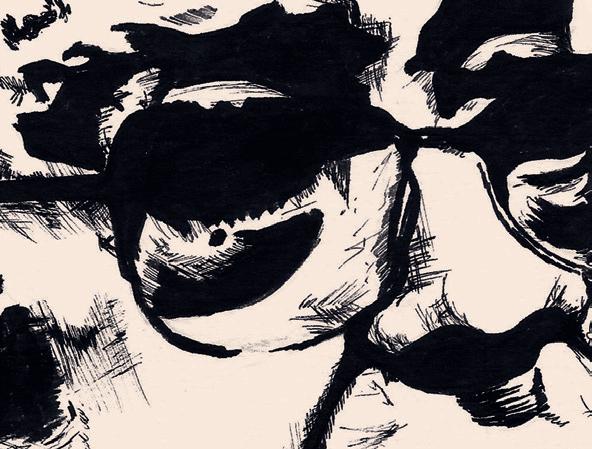





















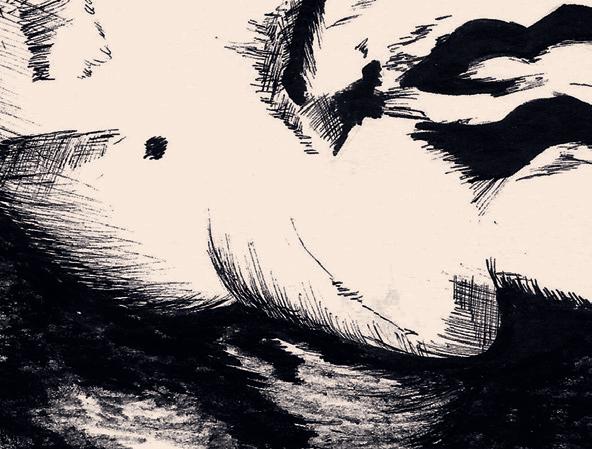
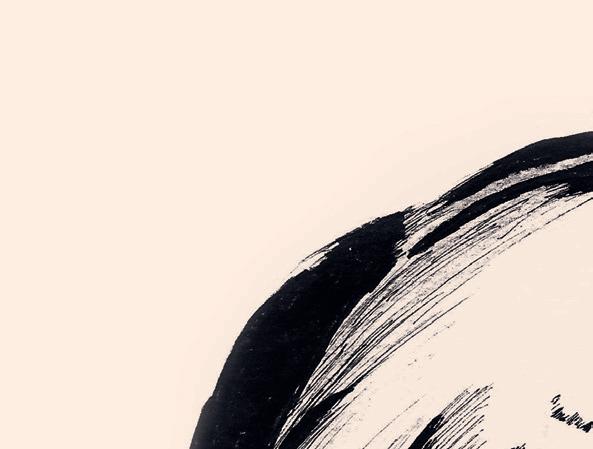

Retrato por/Portrait by Luiz Gustavo Pereira Cassola
Reconhecido internacionalmente por sua obra Raízes do Brasil, publicada em vários idiomas, o historiador paulistano começou sua carreira como jornalista, tendo sido correspondente na Alemanha. Sua carreira na academia teve início em meados da década de 1930 e não parou mais; nas décadas seguintes, publicou muitos trabalhos que, a exemplo de sua obra inaugural, prestavam-se a interpretar a história e a cultura do Brasil. Atuou em diversas universidades, tanto no Brasil quanto no exterior, incluindo a FAFI, onde lecionou História do Brasil em 1956, antes de se tornar professor da USP. Mais de dez anos depois, em 1968, ele retornou à Instituição para uma palestra sobre filosofia, oferecida aos calouros de todos os cursos da FAFI.
Recognized internationally for his book Raízes do Brasil (translated to English as Roots of Brazil), which has been published in several languages, the historian from São Paulo began his career as a journalist, having been a correspondent in Germany. His academic career began in the mid-1930s, and soon took off; in the following decades, he published many essays that, just like his first book, aimed at interpreting the history and culture of Brazil. He worked at several universities, both in Brazil and abroad, including FAFI, where he taught History of Brazil in 1956, before becoming a professor at USP. More than ten years later, in 1968, he returned to the institution for a lecture on Philosophy, offered to freshmen of all FAFI programs available at the time.
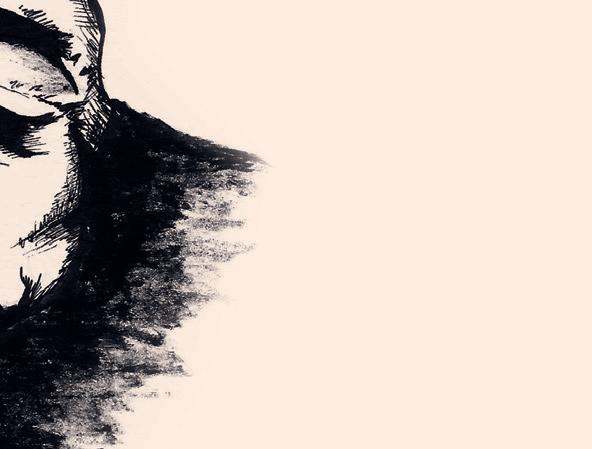
UNISO CIÊNCIA • SCIENCE @ UNISO
Aziz Nacib Ab’Saber
(1924—2012)













































































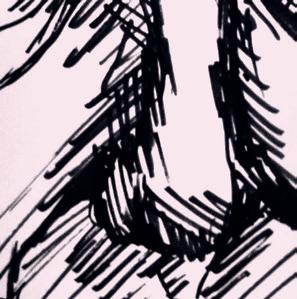


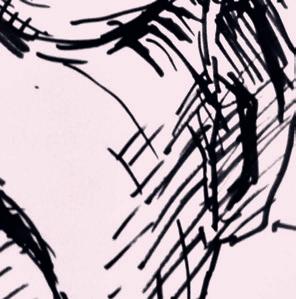
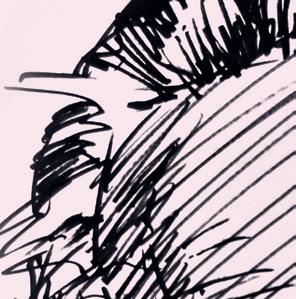

Retrato por/Portrait by Bruno Keiji Mayumi Murata
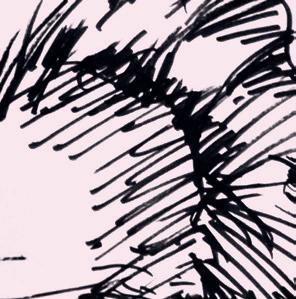


Descendente de libaneses nascido em São Luís do Paraitinga, no interior de São Paulo, o geógrafo dedicou sete décadas de sua vida ao estudo do meio ambiente, o que resultou em centenas de trabalhos acadêmicos de inegável importância, e também em ativismo ambiental. Como presidente do Conselho de Defesa do Patrimônio Histórico, Arqueológico, Artístico e Turístico do Estado de São Paulo (Condephaat), ele foi o responsável por tornar a Serra do Mar uma área natural protegida. Por sua atuação como ambientalista, recebeu diversos prêmios. Na FAFI, foi professor do curso de Geografia desde sua fundação, em 1954, até 1963. Além de ministrar aulas tradicionais, ficou conhecido por organizar estudos de campo com seus estudantes, ao ar livre, em locais como a Floresta Nacional de Ipanema. Retornou posteriormente, em 1991, para um ciclo de palestras denominado “Revitalizar para Humanizar”. Recebeu o título de doutor honoris causa pela Instituição em outubro de 2000.
ABrazilian of Lebanese descent born in the city of São Luís do Paraitinga, in the countryside of São Paulo, this geographer dedicated seven decades of his life to the study of the environment, which resulted in hundreds of academic works of undeniable importance, as well as environmental activism. As president of the Council for the Defense of Historical, Archaeological, Artistic, and Touristic Heritage of the State of São Paulo (Condephaat, in the Portuguese acronym), he was responsible for turning the Southeastern sea ridge into a natural reserve. For his work as an environmentalist, he received several awards. At FAFI, he worked as a professor of the Geography program since its foundation, in 1954, until 1963. In addition to teaching traditional classes, he became well known for organizing field trips with his students to places such as the Ipanema National Forest. Later on, in 1991, he returned to the institution for a series of lectures called “Revitalizar para Humanizar” (“Revitalize in order to Humanize”). He received an honorary doctorate from Uniso in October 2000.
UNISO CIÊNCIA • SCIENCE @ UNISO
Paulo Freire





































(1921—1997)

 Retrato por/Portrait by Matheus de Oliveira Santos
Retrato por/Portrait by Matheus de Oliveira Santos
Naturalde Recife, a capital do estado de Pernambuco, na região Nordeste do Brasil, Paulo Freire é o Patrono da Educação Brasileira. Ele é reconhecido em todo o mundo por suas contribuições ao campo da Educação, particularmente pelo seu método de alfabetização, aplicado pela primeira vez em 1963 — e ponto de partida para toda a sua teoria crítica social. Seu método compreendia o processo de aprender a ler e a escrever como algo mais profundo do que simplesmente alfabetizar-se: em vez disso, como um movimento de aprender a ler criticamente o próprio mundo, assim resultando em autonomia para o educando. O estudante, para Freire, não poderia ser tratado como um ser alienado e indiferente, em que alguém poderia “depositar” qualquer conhecimento, mas como um agente ativo no processo da própria aprendizagem. A convite da Uniso (ainda como FAFI nas primeiras vezes), Paulo Freire esteve na cidade de Sorocaba em seis ocasiões diferentes, entre 1980 e 1994. Nas primeiras quatro ocasiões, proferiu uma série de seminários sobre pedagogia crítica, que resultaram num livro intitulado Paulo Freire ao vivo, organizado por Vannucchi e publicado em 1983. Depois disso, esteve de volta à Instituição em 1985, para uma solenidade num centro de estudos que levava o seu nome — o Centro de Estudos Pedagógicos Paulo Freire, dos alunos do curso de Pedagogia da FAFI —, ocasião em que presenteou a Instituição com uma coleção de suas obras e um discurso caloroso. A última vez em que esteve em Sorocaba foi em outubro de 1994, para um evento realizado no Teatro Municipal, que foi na verdade o primeiro grande evento da Uniso. Na época, a Instituição operava há apenas um mês sob o novo nome, já na categoria de universidade.
Born in Recife, the capital of the state of Pernambuco, in the Northeast region of Brazil, Paulo Freire is referred to as the patron of Brazilian education. He is recognized all over the world for his contributions to the field of education, particularly for his method for teaching literacy, first applied in 1963—and the starting point for his entire critical social theory. According to his method, the process of learning how to read and write should be understood as something more than literacy on its own: rather, as a possibility for the students to learn how to critically read the world, thus resulting in autonomy. The student, in Freire’s perspective, could not be treated as an alienated and indifferent being, to whom one can “transfer” any given knowledge, but as an active agent in the learning process. Between the years 1980 and 1994, Paulo Freire visited the city of Sorocaba on six different occasions at the invitation of Uniso (still FAFI, in the first few times). On the first four occasions, he gave a series of seminars on critical pedagogy, which resulted in a book titled Paulo Freire ao vivo (in English, something like Paulo Freire in person), organized by Vannucchi and published in 1983. After that, he returned to the institution in 1985, for a ceremony that took place at a study center named after him—the Paulo Freire Center for Pedagogical Studies, created by students of FAFI’s undergraduate program in Pedagogy. On that occasion, he presented the institution with a collection of his works and a warm speech. The last time he was in Sorocaba was in October 1994, for an event held at the Municipal Theater, which was actually Uniso’s first major event. It had been only a month since it had started operating as a university under the new name.
UNISO CIÊNCIA • SCIENCE @ UNISO

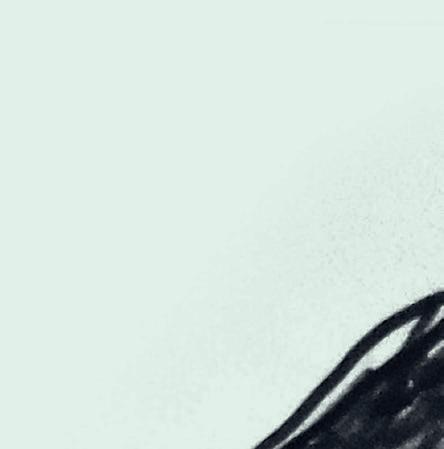
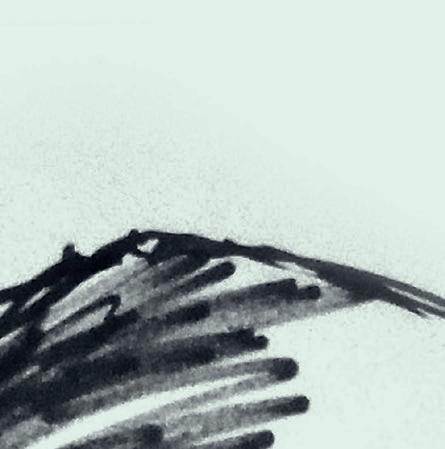
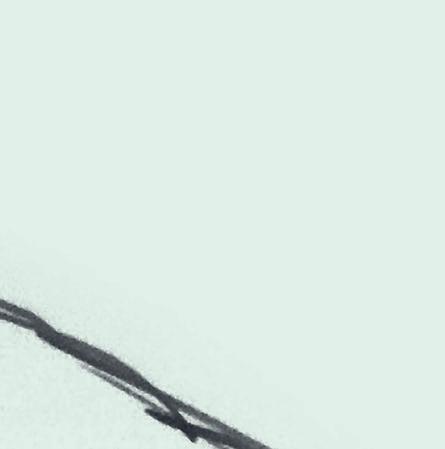





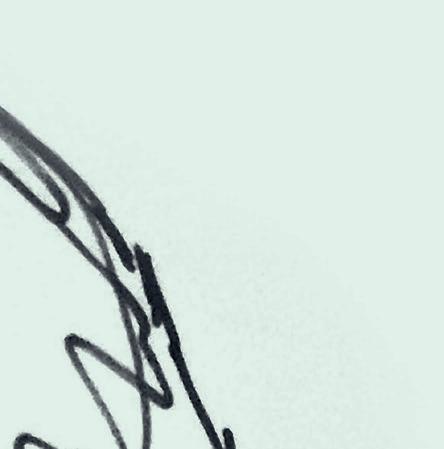

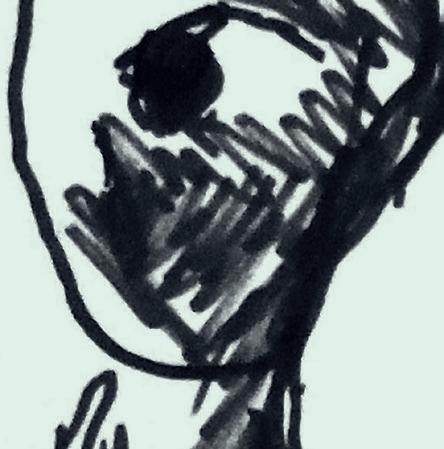


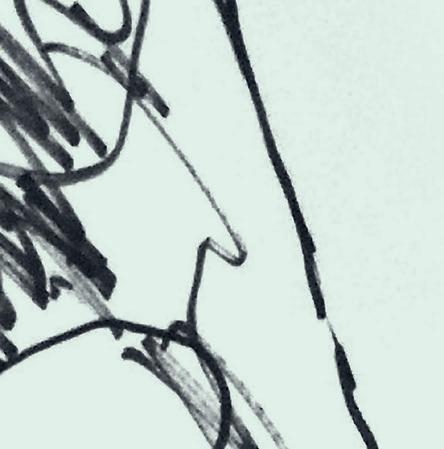

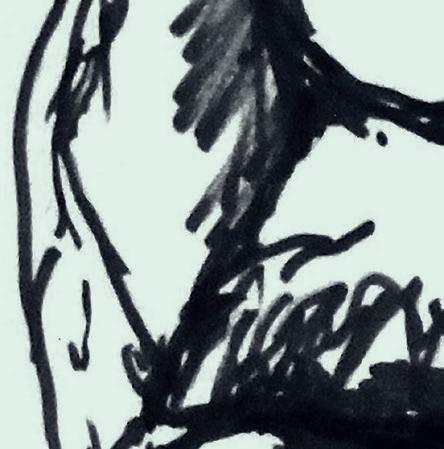
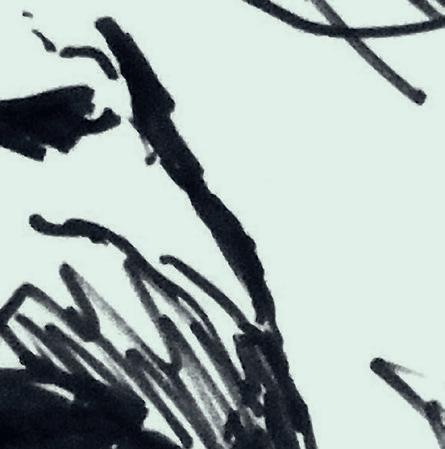

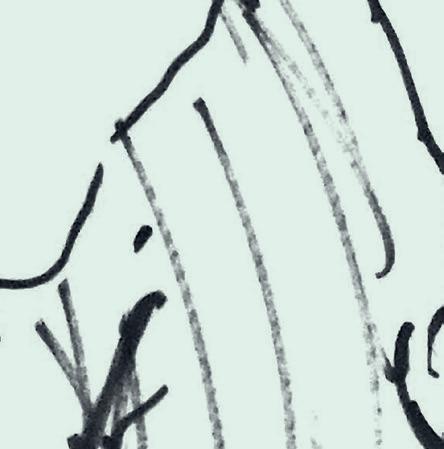

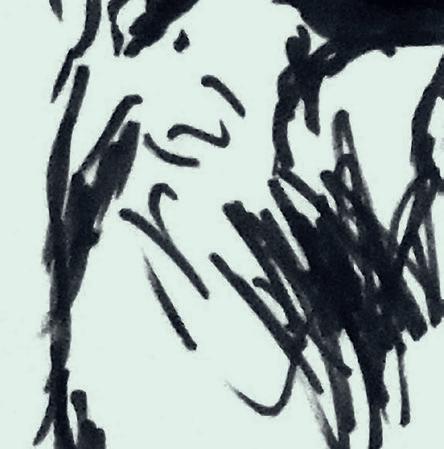
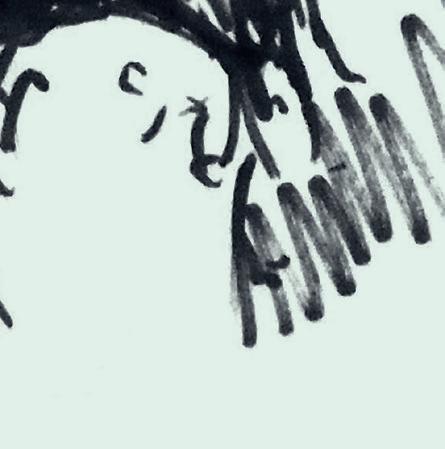

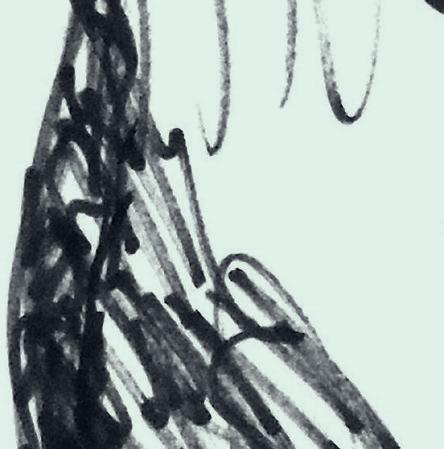
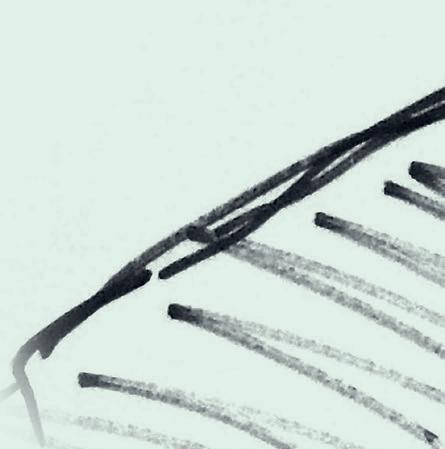
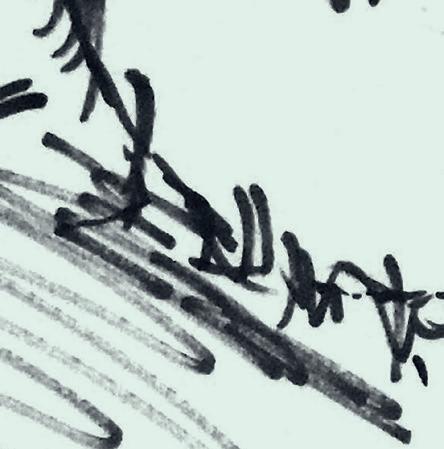
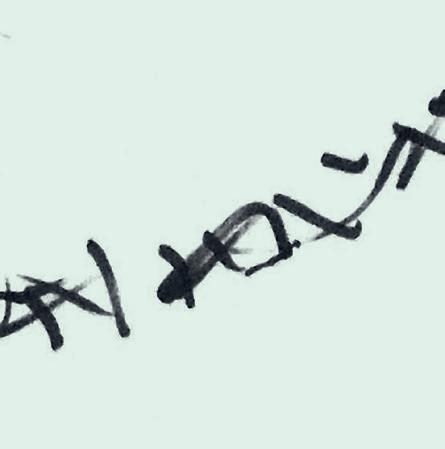


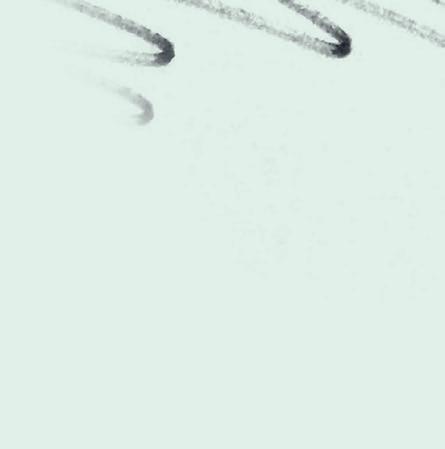







UNISO CIÊNCIA • SCIENCE @ UNISO
Lygia Fagundes Teles
(1918—2022)



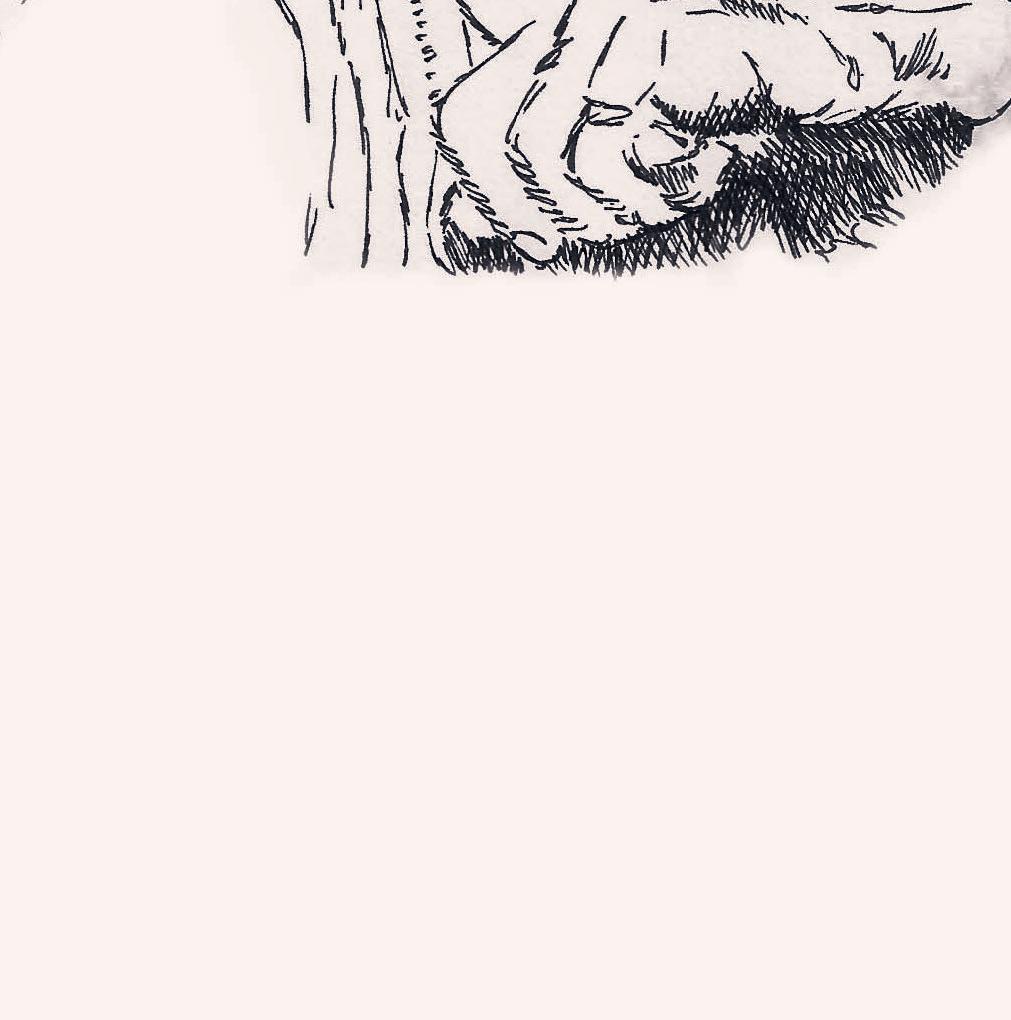

Retrato por/Portrait by Mirella Mostoni

Famosa por sua ampla produção literária — especialmente por seu romance inaugural, Ciranda de Pedra, publicado na década de 1950 e base para duas telenovelas da Rede Globo —, a paulistana Lygia Fagundes Teles é reconhecida como uma das maiores escritoras brasileiras de todos os tempos. Membro da Academia Brasileira de Letras, ela teve sua obra traduzida para diversos idiomas e acumula uma longa lista de prêmios literários da mais alta estirpe. Esteve na FAFI em 1982, convidada para uma palestra sobre literatura brasileira aberta a toda a comunidade. O evento aconteceu no Salão Vermelho e foi seguido de uma sessão de autógrafos.
Famous for her many published books—especially her first novel, Ciranda de Pedra (in English, The Marble Dance), originally published in the 1950s, and the inspiration for two TV shows that aired on Brazil’s major television channel—, Lygia Fagundes Teles, who was born in the city of São Paulo, is recognized as one of the greatest Brazilian writers of all time. A member of the Brazilian Academy of Letters (Academia Brasileira de Letras, the most prestigious literary society when it comes to Brazilian Portuguese), she had her work translated into several languages and accumulates a long list of the most important literary awards. She was invited to give an open lecture on Brazilian literature at FAFI in 1982. The event took place in the so-called Red Room, a theater located on campus, and was followed by an autograph session.

UNISO CIÊNCIA • SCIENCE @ UNISO
Milton Santos
(1926—2001)




Retrato por/Portrait by Matheus de Oliveira Santos





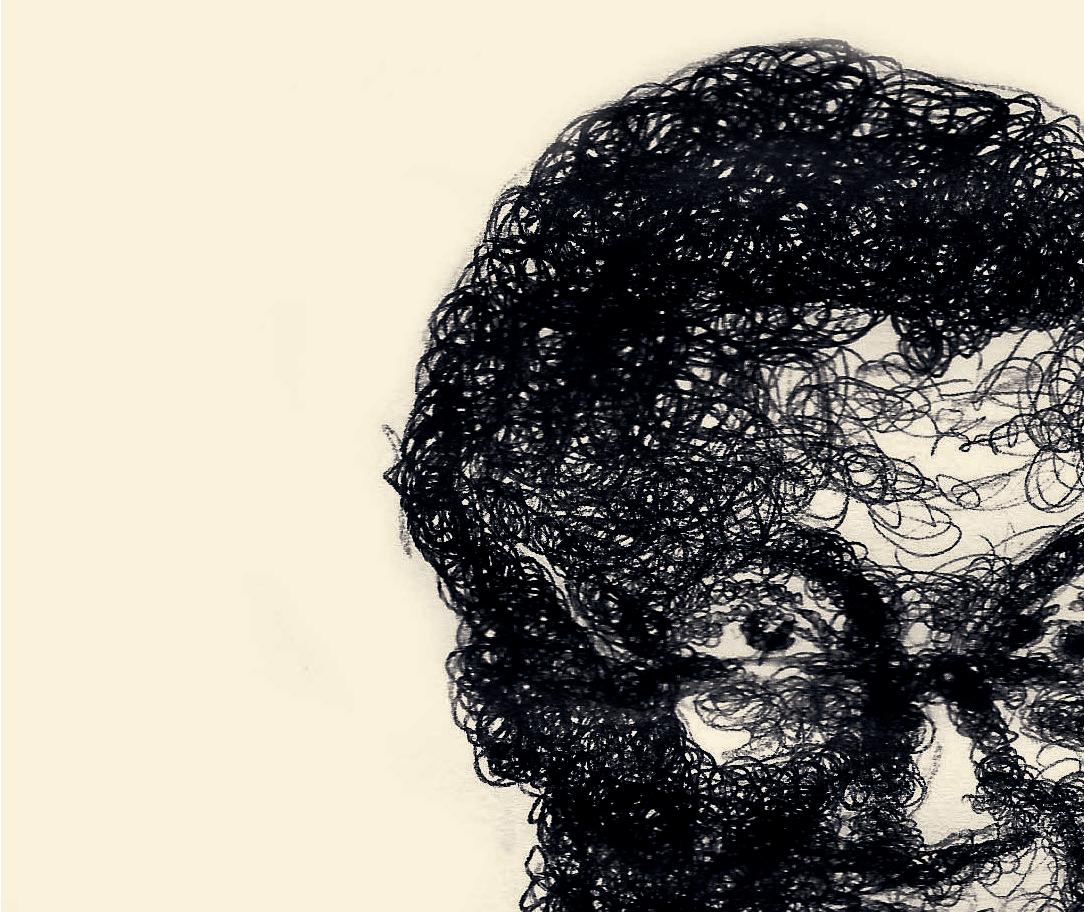


Ogeógrafo brasileiro Milton Santos, natural de Brotas de Macaúbas, no interior do estado da Bahia, é reconhecido como o pai da Geografia Crítica no país, tendo acumulado dezenas de livros publicados ao longo das décadas, entre 1948 e o início dos anos 2000. Foi professor universitário em diversos países além do Brasil, tendo inclusive recebido o título de doutor honoris causa em várias instituições estrangeiras. Considerando-se sua vasta produção acadêmica, o destaque certamente recai sobre os seus estudos voltados à globalização e ao chamado Terceiro Mundo. Esteve na FAFI, também em 1982, para uma palestra dirigida a estudantes e professores do curso de Geografia da Instituição.
The Brazilian geographer Milton Santos, born in the city of Brotas de Macaúbas, in the state of Bahia, is recognized as the father of Critical Geography in Brazil, accumulating dozens of books published over the decades, between 1948 and the beginning of the 2000s. He was a university professor in several countries besides Brazil, having even received honorary doctorates in several foreign institutions. Considering his vast academic production over the years, there is a very special place for his studies focused on globalization and the so-called Third World. He was also at FAFI in 1982, for a lecture offered for students and faculty of the institution’s Geography program.
UNISO CIÊNCIA • SCIENCE @ UNISO
Fernanda Montenegro
(1929)














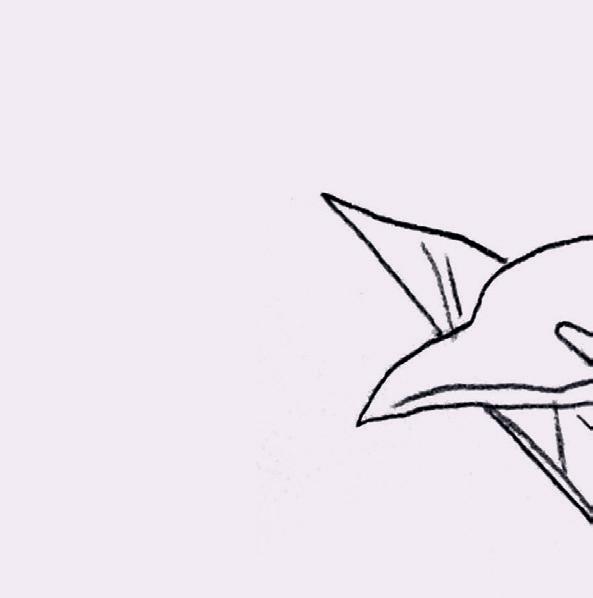




 Retrato por/Portrait by Júlia Martins Souza
Retrato por/Portrait by Júlia Martins Souza

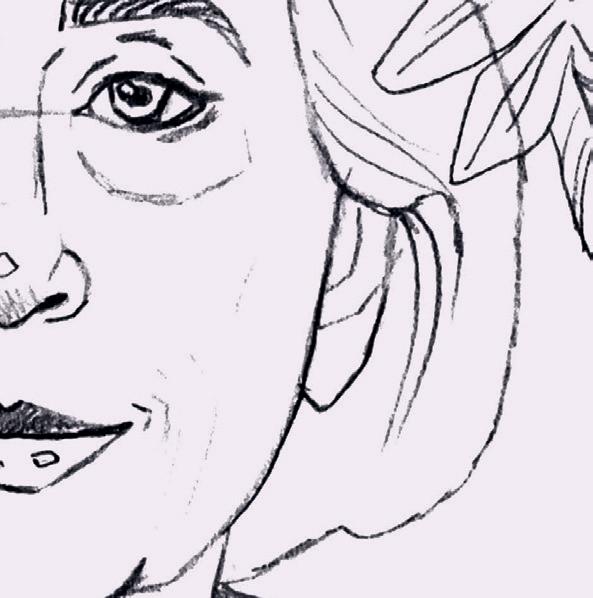
Natural do Rio de Janeiro, Fernanda Montenegro é por vezes referenciada como a dama da dramaturgia brasileira, tendo sido a primeira latino-americana a ser indicada ao Oscar de melhor atriz, por sua atuação em Central do Brasil, em 1998. Antes de estrelar nas telonas, contudo, ela já havia construído seu nome no teatro e na televisão. Acumula muitos prêmios importantes, incluindo um Emmy Internacional de Melhor Atriz. Em 2022, tornou-se a primeira atriz a ocupar um assento da Academia Brasileira de Letras. Ela esteve na FAFI em dezembro de 1990, para uma palestra que recebeu o nome de “Encontro com Fernanda”.
Born in Rio de Janeiro, Fernanda Montenegro is often referred to as the lady of Brazilian drama, having been the first Latin American woman to be nominated for an Oscar for best actress, for her performance in Central do Brasil (Central Station, in English), in 1998. Before starring on the big screen, however, she had already made a name for herself in theater and television. Throughout the years she has won many major awards, including an International Emmy for Best Actress. In 2022, she became the first actress to occupy a seat at the Brazilian Academy of Letters (Academia Brasileira de Letras). She was at FAFI in December 1990, for a lecture titled “Meeting with Fernanda.”

64 UNISO CIÊNCIA • SCIENCE @ UNISO
Geraldo Vandré
(1935)
Retrato por/Portrait by Matheus de Oliveira Santos
Nascido em João Pessoa, na Paraíba, o compositor é mais conhecido por sua canção “Pra não dizer que não falei das flores”, por vezes referenciada como “Caminhando”, que se tornou um hino de oposição ao governo militar brasileiro no fim da década de 1960. Foi no mesmo ano em que a canção foi lançada, 1968, que Vandré visitou a FAFI, encontrando-se com estudantes para uma espécie de sarau clandestino, já que, na época, o evento não podia ser amplamente divulgado, devido à repressão militar. Na ocasião, ele apresentou três canções ainda inéditas. Nos anos seguintes, ele partiu para o exílio, e o convite para retornar oficialmente à Uniso veio 50 anos depois. Sua segunda visita, num contexto político bastante diferente, aconteceu em outubro de 2018, ocasião em que ele foi homenageado pela Universidade.
Born in the city of João Pessoa, in the state of Paraíba, the composer is mostly known for his song “Pra não Dizer Que Não Fala das Flores,” sometimes referred to as “Caminhando,” which became a popular anthem of opposition to the Brazilian military government in the 1960s. It was in the same year that the song was released, 1968, that Vandré visited FAFI, meeting with students for some sort of clandestine soiree, since, at the time, the event could not be widely publicized, due to the political repression. On the occasion, he performed three songs still unreleased. In the following years, he went into exile, and the invitation to officially return to Uniso came 50 years later. His second visit, in a very different political context, took place in October 2018, when he was publicly honored by the university.
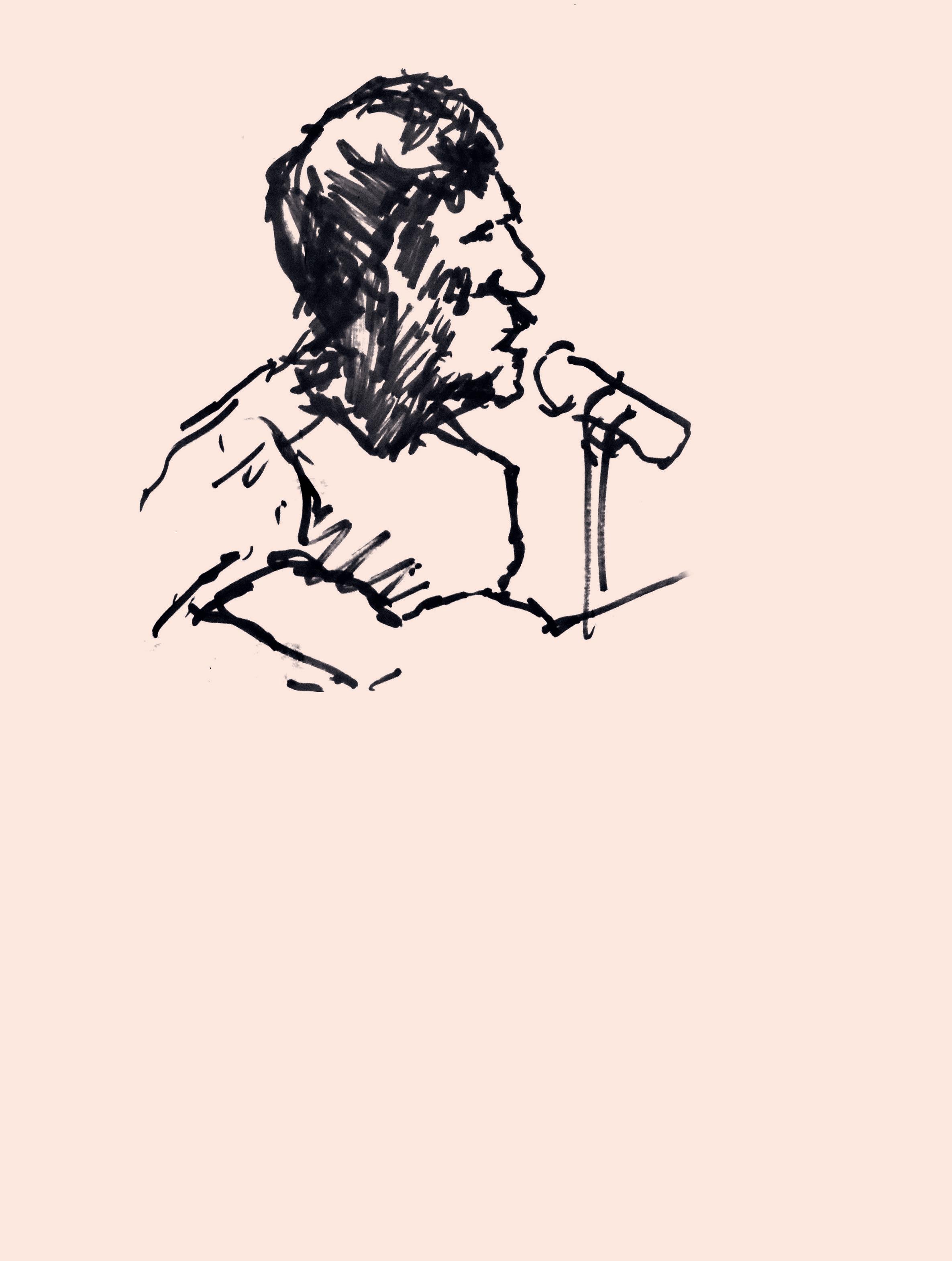
Visão lateral da cabeça de um besouro curculionídeo, cuja principal característica é o formato alongado. Logo abaixo, é possível ver, também, o seu primeiro par de pernas


The side view of the head of a Curculionidae beetle, whose main feature is its elongated shape. Below the head, you can also see its first pair of legs

 Imagem (microscopia) / Image (microscopy): Lapisus/Uniso
Imagem (microscopia) / Image (microscopy): Lapisus/Uniso
MELIPONICULTURA NO CÂMPUS:
por que é importante compartilhar a Universidade com as abelhas?
MELIPONICULTURE ON CAMPUS:
why is it important to share the university with bees?
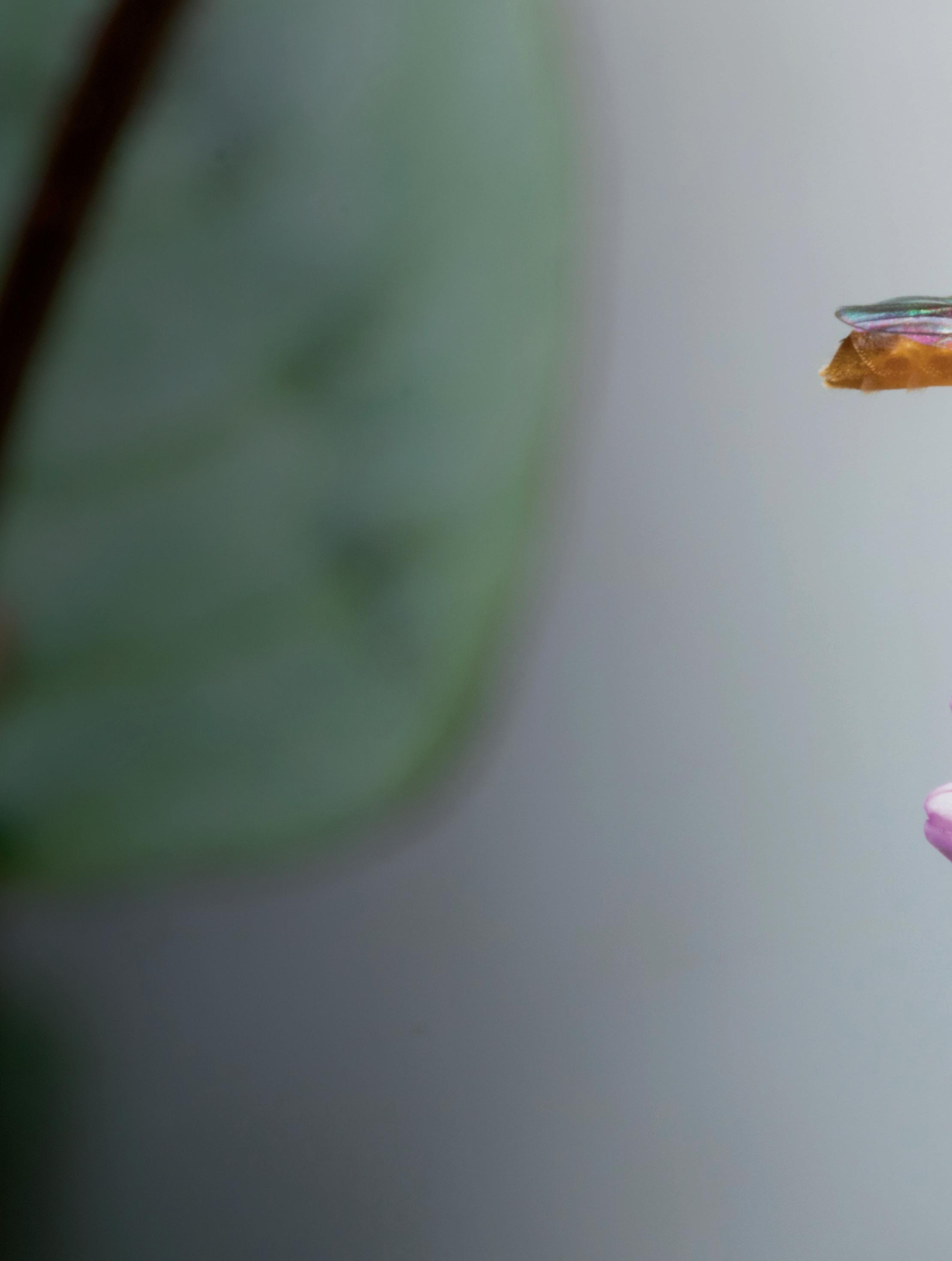
Por/By: Guilherme Profeta Foto/Photo: Fernando Rezende Tema sugerido por estudantes durante a X Semana do Meio Ambiente da Uniso, em 2022
The theme for this story was suggested by students during Uniso’s 10th Environment Week, in 2022
Tetragonisca angustula, popularmente conhecida como jataí, uma das espécies de abelhas sem ferrão cujas colmeias podem ser encontradas no câmpus Tetragonisca angustula, popularly known as jataí, one of the species of stingless bees whose hives can be found on campus
UNISO CIÊNCIA • SCIENCE @ UNISO
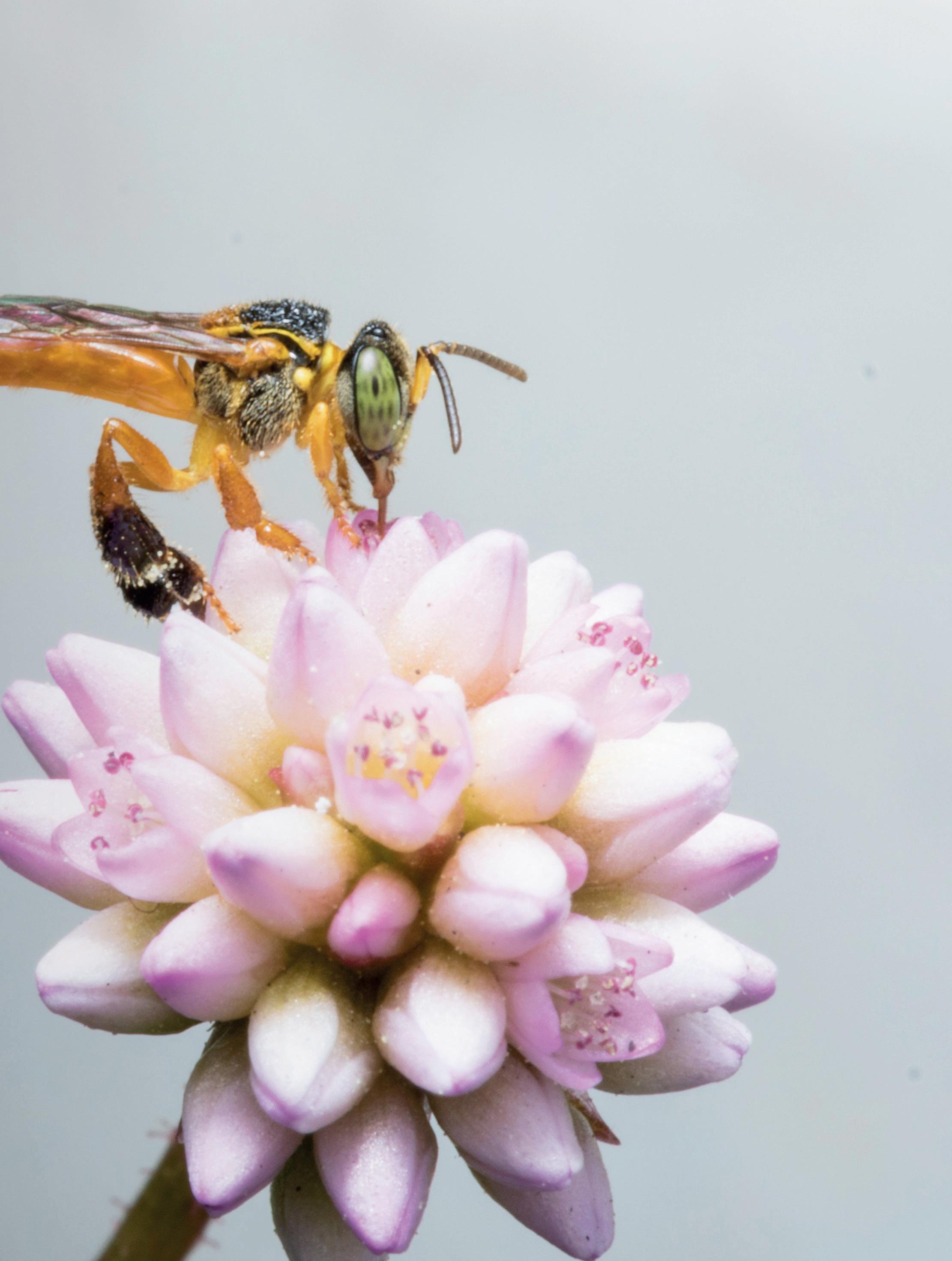
• SCIENCE @ UNISO
Foto/Photo: Hans (Adobe Stock)
UNISO CIÊNCIA
Você sabia que é possível encontrar colmeias de SEIS ESPÉCIES diferentes de abelhas na Cidade Universitária da Universidade de Sorocaba (Uniso)? Nenhuma delas tem ferrão (sendo, portanto, inofensivas) e, à exceção das abelhas mandaguari (Scaptotrigona sp.) — que não apreciam muito as vibrações sonoras e a movimentação humana —, todas costumam conviver pacificamente com os seres humanos. Inicialmente, essas colmeias foram posicionadas no Núcleo de Estudos Ambientais (Neas), que fica afastado da área central do câmpus, mas, gradualmente, outras colônias como essas estão sendo instaladas em diferentes pontos da Cidade Universitária, em caixotes de madeira posicionados não muito distantes de onde as pessoas costumam circular. Por isso mesmo, é muito importante que a comunidade acadêmica, bem como a sociedade como um todo, esteja consciente das razões por trás dessa iniciativa, tornando-se mais acostumada à presença desses animais, que, apesar de essenciais para o meio ambiente, correm inúmeros riscos em função da expansão humana sobre os ecossistemas.
Did you know it is possible to find hives of SIX DIFFERENT SPECIES of bees on campus? None of them have stingers (which means they are harmless) and, except for mandaguari bees (Scaptotrigona sp.)—which are not particularly fond of loud noises and people moving around the hive—they all tend to coexist peacefully with humans. Initially, these hives were located only around Uniso’s Center for Environmental Studies (Neas, in the Portuguese acronym), which is located a little far away from other buildings, but aditional hives, conditioned in wooden crates, are gradually being installed in different areas of Uniso’s main campus, not too far away from places where people walk and socialize on a daily-basis. This is one of the reasons why the academic community, as well as society as a whole, should be aware of the motivations behind this initiative, becoming more used to the presence of these creatures that, despite being essential for the environment, are in risk due to human interference on Earth's ecosystems.
PARA SABER MAIS: AS ESPÉCIES DE ABELHAS PRESENTES NO CÂMPUS
São estas as espécies de abelhas sem ferrão cujas colmeias, atualmente, podem ser encontradas no principal câmpus da Uniso: jataí (Tetragonisca angustula), iraí (Nannotrigona testaceicornis), marmelada-amarela (Frieseomellita varia), mirim-droryana (Plebeia droryana), mirim-preguiça (Friesella sp.), canudo (Scaptotrigona depilis) e mandaguari (Scaptotrigona sp.).
TO KNOW BETTER: BEE SPECIES ON CAMPUS
These are the species of stingless bees whose hives can be found on campus: jataí (Tetragonisca angustula), iraí (Nannotrigona testaceicornis), marmelada-amarela (Frieseomellita varia), mirim-droryana (Plebeia droryana), mirim-preguiça (Friesella sp.), canudo (Scaptotrigona depilis), and mandaguari (Scaptotrigona sp.).
70 UNISO CIÊNCIA • SCIENCE @ UNISO
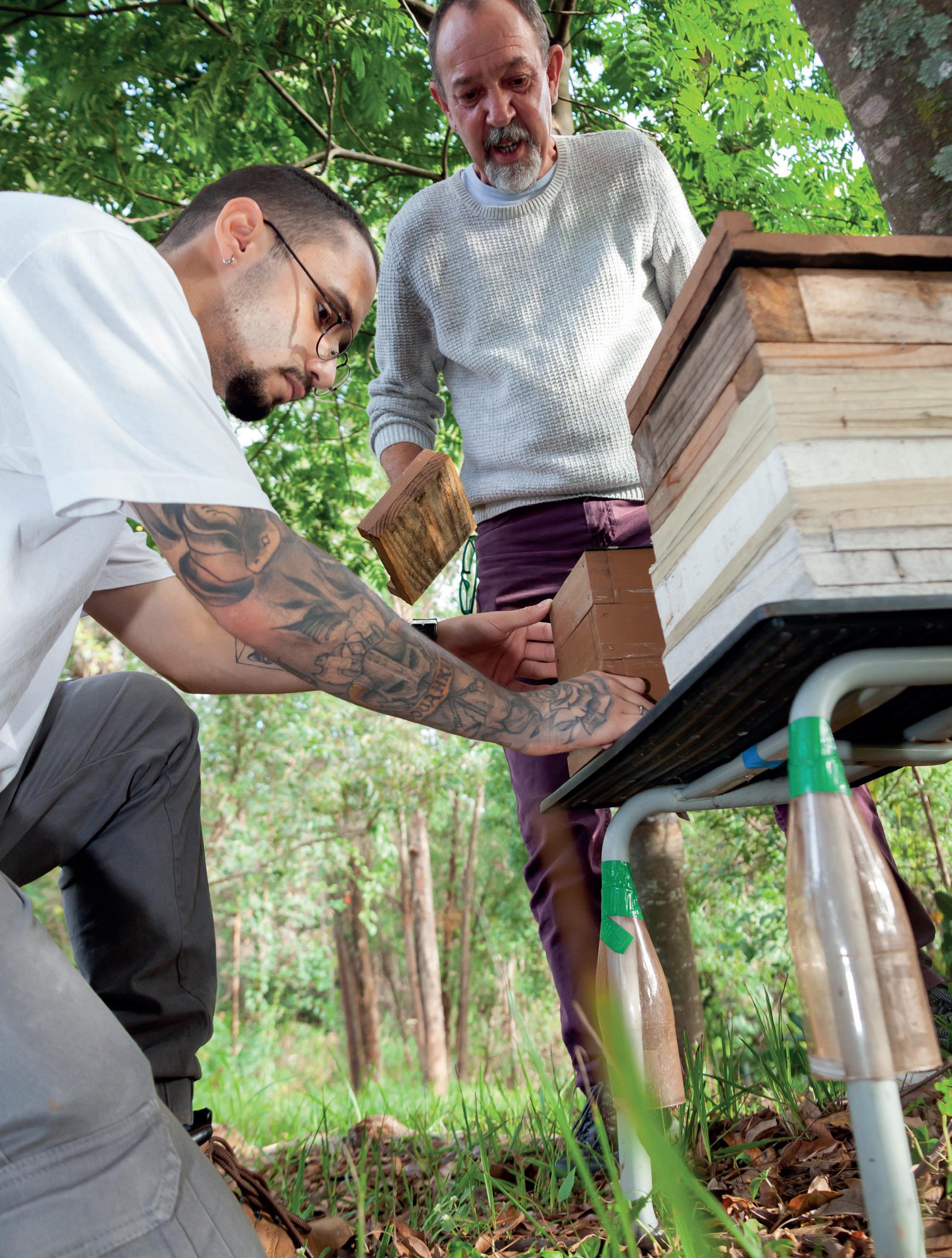
71 UNISO CIÊNCIA • SCIENCE @ UNISO
O estudante André Ruiz Marra, do curso de graduação em Ciências Biológicas, manuseia uma das colmeias instaladas no Neas, acompanhado pelo professor doutor Heitor Zochio Fischer André Ruiz Marra, a student at Uniso, enrolled in the university’s undergraduate program in Biological Sciences, handles one of the beehives installed around Neas, accompanied by professor Heitor Zochio Fischer

UNISO CIÊNCIA • SCIENCE @ UNISO

UNISO
• SCIENCE @ UNISO
CIÊNCIA
COMPREENDENDO A IMPORTÂNCIA DAS ABELHAS
Para compreender quão importantes as abelhas são para a manutenção dos ecossistemas, é preciso entender primeiro como se dá a reprodução das plantas. Para que uma planta se multiplique, os seus grãos de pólen — que nada mais são do que suas células reprodutivas masculinas, equivalentes aos espermatozóides — precisam alcançar as células reprodutivas femininas de outra planta da mesma espécie, ou, em alguns casos, da mesma planta. Isso pode acontecer por meio de fatores ambientais (como o vento) ou com a ajuda de outros seres vivos, e é exatamente aí que entram os insetos polinizadores, como as abelhas. Para elas, o pólen serve como alimento para suas larvas e, ao coletá-lo, elas acabam transportando-o de flor em flor. Assim, ao longo das eras, esses animais vêm desenvolvendo com as plantas uma importante relação de mutualismo.
“O surgimento das plantas com flor, chamadas angiospermas, a partir do Cretáceo (144 a 66 milhões de anos atrás) permitiu o surgimento do mutualismo, nome dado à relação harmônica entre duas espécies”, explica o professor doutor Heitor Zochio Fischer, do curso de Ciências Biológicas da Uniso, além de outros cursos de graduação da Universidade. Ele destaca que, para cerca de metade das espécies de angiospermas, essa relação mutualística entre planta e polinizador, em especial as abelhas, é o principal fator garantidor de seu sucesso reprodutivo, mais do que outros fatores como a fertilidade do solo ou as condições climáticas. “Via de regra, os polinizadores melhoram a qualidade e a produtividade dos frutos. Assim, podemos chamar de vital esse serviço ecossistêmico que as abelhas promovem. No caso do declínio das abelhas, poderemos presenciar a extinção de plantas e animais, além de grandes mudanças na paisagem.”
Estima-se que essa relação mutualística seja responsável por nada menos do que 9,5% do valor total da produção agrícola mundial, e essa é uma
UNDERSTANDING THE IMPORTANCE OF BEES
In order to understand how important bees are for keeping ecosystems healthy, one must firstly understand how plants reproduce. For a plant to be able to multiply, its pollen grains—which are nothing more than its male reproductive cells, equivalent to sperm—need to reach the female reproductive cells of another plant of the same species, or, in some cases, of the same plant. This can happen through environmental factors (like the wind), or with the aid of other living beings, and that is exactly where pollinating insects like bees come in. Pollen serves as food for their larvae and, by collecting it, they end up transporting it from flower to flower. Therefore, over the ages, these animals have developed an important relationship of mutualism with plants.
“In the Cretaceous period (144 to 66 million years ago), the emergence of flowering plants, called angiosperms, made it possible for this kind of harmonic relationship between two species, aka mutualism, to happen,” explains professor Heitor Zochio Fischer, a faculty member at Uniso’s undergraduate program in Biological Sciences, in addition to other programs. He points out that, for about half of the angiosperm species, this mutualistic relationship between plant and pollinator, especially bees, is the main factor guaranteeing their reproductive success, more than other factors such as soil fertility or climatic conditions. “As a rule, pollinators improve fruit quality and productivity. Therefore, one could say that this service that bees provide is vital for the ecosystem. In the case of bees going extinct, we would most likely have the extinction of plants and other animals as well, besides major changes in the overall landscape.”
It is estimated that this mutualistic relationship is responsible for no less than 9.5% of the total
74 UNISO CIÊNCIA • SCIENCE @ UNISO
das razões para grande preocupação quando se percebe, por exemplo, a mortandade em massa de abelhas melíferas, um fenômeno que, desde meados dos anos 2000, vem sendo registrado em diferentes partes do mundo.
O COLAPSO DAS COLÔNIAS
O chamado distúrbio do colapso das colônias, ou, em inglês, colony collapse disorder (CCD) é um fenômeno registrado pela primeira vez entre 2006 e 2007, nos Estados Unidos. As colmeias de abelhas acometidas pelo CCD apresentam alto nível de mortandade de operárias, o que acaba levando à morte de toda a colmeia, incapaz de sustentar a própria população. Além disso, um fato particularmente curioso é que as abelhas costumam morrer fora das colmeias (ou seja, elas simplesmente não retornam para casa, não sendo encontradas nem dentro nem ao redor dos locais onde as colmeias estão instaladas), e, ao menos aparentemente, não devido à invasão por agentes externos (pragas, por exemplo). O que as está matando, então? É esse o grande mistério.
O problema em si é bastante grave — especialmente quando se considera, no caso brasileiro, que 60% das espécies de plantas utilizadas para alimentação humana e animal, além da produção de biodiesel e outros produtos, dependem da polinização conduzida por insetos. Apesar da gravidade, não existe, ainda, um consenso sobre o grande causador do CCD, e talvez esse consenso seja de fato impossível, uma vez que a síndrome parece ter causa multifatorial. Suspeita-se, no entanto, que as mudanças climáticas e a exposição dos insetos a agrotóxicos sejam grandes candidatos a causadores do colapso das colônias.
“Essa questão do CCD ainda é um pouco controversa, mas é fato que está havendo grande mortandade de abelhas em determinados locais”, comenta o professor doutor Nobel Penteado de Freitas, também do curso de graduação em Ciências Biológicas da Uniso e coordenador do
value of world agricultural production, and this is one of the reasons for great concern when one realizes, for example, that honey bees are dying systematically, a phenomenon that has been recorded in different parts of the world since the mid 2000s.
THE COLLAPSE OF COLONIES
The so-called colony collapse disorder (CCD) is a phenomenon which was recorded for the first time between 2006 and 2007 in the United States. The beehives affected by CCD have a high level of mortality when it comes to worker bees, which ends up leading to the death of the entire hive, unable to sustain its own population. Furthermore, a particularly curious fact is that bees often die outside the hives (that is, they simply do not return home, not being found around the locations where hives are placed), and, at least apparently, not due to invasion by external agents (pests, for example). What is killing them, after all? That is the great mystery.
It is a quite serious issue—especially considering that 60% of the plant species used for human and animal food in Brazil, in addition to the production of biodiesel and other products, depend on pollination conducted by insects. Despite the severity of the threat, there is still no consensus on the major cause of CCD, and perhaps this consensus is in fact impossible, since the syndrome seems to have multifactorial causes anyway. It is suspected, however, that climate change and the exposure of insects to pesticides are great candidates for causing colony collapse.
“The issue of colony collapse is still a bit controversial, but it is a fact that there is a great mortality of bees in certain places,” says professor Nobel Penteado de Freitas, also a professor at Uniso’s undergraduate program in Biological Sciences, and the coordinator of Neas. “Regarding
75 UNISO CIÊNCIA • SCIENCE @ UNISO
Corpo quase completo (à exceção das asas) de uma Scaptotrigona bipunctata, espécie de abelha sem ferrão que também pode ser encontrada na Uniso. A imagem também foi produzida no microscópio eletrônico de varredura da Universidade

76 UNISO CIÊNCIA • SCIENCE @ UNISO
Almost complete body (except for the wings) of a Scaptotrigona bipunctata, a species of stingless bee that can also be found on campus. The image was also produced by Uniso’s scanning electron microscope

77 UNISO CIÊNCIA • SCIENCE @ UNISO
Neas. “Em relação às mudanças climáticas, os impactos sobre as espécies animais em geral são múltiplos, podendo alterar seus metabolismos, a capacidade de uma espécie se adaptar ao ambiente, sua resistência a doenças, a disponibilidade de alimentos, entre outros fatores ecológicos.” Daí advém a dificuldade de prever o que acontecerá com as abelhas em cenários mais pessimistas de aquecimento global; por mais que elas sejam espécies generalistas — e que algumas delas possam até se beneficiar de um mundo mais quente —, ao serem forçadas a mudar de um ecossistema para outro, elas poderão entrar em contato, por exemplo, com outras espécies de patógenos e predadores aos quais não necessariamente estarão adaptadas. E isso já está acontecendo: sabe-se, a partir de evidências científicas, de abelhas que estão migrando para áreas mais frias dos EUA para evitar regiões que estão gradativamente se tornando mais quentes.
Já os agrotóxicos parecem ser ameaças mais iminentes. “Os agrotóxicos são constantemente apontados como possíveis causadores das mortes de abelhas, sendo que sua presença pode levar a diversas alterações comportamentais, bioquímicas, fisiológicas e neurológicas, as quais, apesar de não matá-las instantaneamente, podem comprometer o bem estar e a manutenção das colônias”, continua Freitas. “O ideal, assim, seria partirmos para uma transição da agricultura baseada em tecnologia de adubação química e uso de agrotóxicos para uma agricultura que se baseie mais nos princípios ecológicos.” Soluções como essa estão sendo implementadas na Uniso, seja em aula ou por meio de projetos de extensão.
ABELHAS NO ENSINO, NA PESQUISA E NA EXTENSÃO
Inserir as abelhas sem ferrão no cotidiano da universidade é, em primeiro lugar, uma maneira de motivar o debate sobre a importância ecológica das espécies polinizadoras, contribuindo, assim, para um processo de educação ambiental que passa pela sala de aula, mas vai além dela.
climate change, there are multiple impacts on animal species: it can change their metabolism, their ability to adapt to the environment as a species, their resistance to diseases, the availability of food, among other ecological factors.” Hence the difficulty in predicting what will happen to bees in more pessimistic scenarios of global warming; although they are generalist species—and some of them may even benefit from a warmer world—, when forced to move from one ecosystem to another, they may come across other species of pathogens and predators, to which they will not necessarily be adapted. And this is already happening: it is known, based on scientific evidence, that bees are migrating to colder areas of the US to avoid regions that are becoming warmer over time.
Pesticides, on the other hand, seem to be more imminent threats. “Pesticides are constantly pointed out as possible causes of bee mortality, and their presence can lead to several behavioral, biochemical, physiological, and neurological changes, which, despite not killing them instantly, can compromise their well-being and the proper maintenance of the colonies,” Freitas goes on. “The ideal scenario, therefore, would be one in which we would start transitioning from an agriculture model that is based on chemical fertilization and on the use of pesticides to another model of agriculture that is based on ecological principles.” Solutions like this are being implemented at Uniso, either as part of regular classes or through outreach projects.
BEES IN TEACHING, RESEARCH, AND OUTREACH
Making stingless bees a part of the daily life on campus is, in the first place, a way of motivating the debate on the ecological importance of pollinators, thus contributing to a process of environmental education that goes beyond the classroom. The idea to set up the first beehives at Uniso originated from
78 UNISO CIÊNCIA • SCIENCE @ UNISO
A própria implementação das primeiras colônias teve origem na pesquisa de um estudante de graduação — Gledson de Jesus Coelho, em 2021 —, que selecionou as espécies mais adequadas e doou as colmeias para a universidade, dando início a um meliponário que tinha como principal objetivo a educação ambiental. Além desse estudo, outras pesquisas envolvendo abelhas e apresentadas como projetos finais de graduação foram registradas ao longo dos anos.
A presença das abelhas na Universidade também tem uma função bastante instrumental. Freitas, que já foi coordenador do curso de Ciências Biológicas e vem acompanhando desde o princípio o processo de REFLORESTAMENTO do câmpus, destaca que o processo de polinização promovido pelas abelhas é fundamental para manter as relações ecológicas e promover a biodiversidade, contribuindo para o sucesso de outras iniciativas ambientais. “Há décadas a Uniso vem melhorando e aumentando as áreas de vegetação natural no câmpus”, ele relembra.
a research project by an undergraduate student— Gledson de Jesus Coelho, in 2021—, who selected the most suitable species and donated the hives to the university, kicking off a meliponary whose main goal was the environmental education. In addition to this particular study, other research involving bees and presented as final graduation projects were registered over the years.
The presence of bees on campus also plays a very practical role. Freitas, who was once the coordinator of the Biological Sciences program, and has been involved with the campus’ REFORESTATION process since the beginning, highlights that the pollination service provided by bees is essential to maintaining ecological relationships, and promoting biodiversity, thus contributing to the success of other environmental initiatives. “Uniso has been improving and increasing the areas of natural vegetation on campus for decades,” he recalls. “Therefore, in this advanced phase of restoration of our natural environment, not only
TO KNOW BETTER: CHECK OUT UNISO’S INITIATIVES AIMED AT REFORESTATION

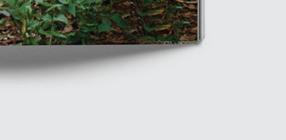


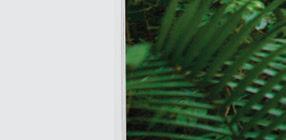
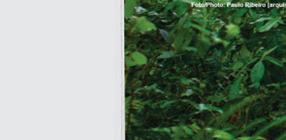

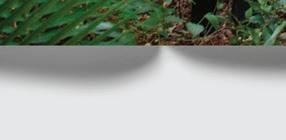

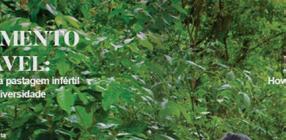

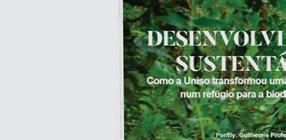



Siga o link pelo QR code ao lado para ler a reportagem:
Follow the link to read this story:
79 UNISO CIÊNCIA • SCIENCE @ UNISO
PARA SABER MAIS: CONFIRA AS INICIATIVAS DA UNISO PELO REFLORESTAMENTO
“Assim, nesta fase de restauração dos ambientes naturais, serão importantes não só as iniciativas de reflorestamento com árvores nativas, mas também a reintrodução de espécies animais e vegetais além das próprias árvores. Nessa busca por um novo equilíbrio ecológico, a presença das populações de abelhas sem ferrão pode ser particularmente útil.”
As abelhas são, também, tema de disciplinas diversas voltadas à promoção da produtividade agrícola, marcando presença, portanto, em cursos como a Engenharia Agronômica. A professora doutora Patrícia Favoretto Renci, coordenadora do Curso, menciona, a título de exemplo, o estudo das abelhas numa aula sobre fruticultura: “Tomemos como cenário o cultivo do morango; nessa disciplina específica dedicada ao cultivo de frutos, costumo fazer uso de um artigo que analisou as respostas fisiológicas do desenvolvimento do morango e as melhorias em sua qualidade comercial, considerando-se diferentes tratamentos de polinização. De forma geral, a polinização por insetos aumentou o valor comercial médio dos frutos comercializáveis em 92%.” Os estudantes são levados a compreender, portanto, que a relação de mutualismo entre abelhas e plantas cultivadas tem impactos econômicos bastante palpáveis.
Por fim, quanto à extensão envolvendo abelhas sem ferrão, um projeto digno de nota é o Uniso Crop Care Service (UCCS), idealizado em 2019 pelo professor doutor Lucas Mateus Rivero Rodrigues, cuja área de especialidade é a fitopatologia. O projeto, que também conta com a participação de Fischer, teve início efetivo em 2020 e, desde 2021, passou a incluir a comunidade externa, com o objetivo de auxiliar pequenos agricultores da região a manejar ecologicamente doenças e pragas. “No UCCS, nós damos atenção especial às abelhas sem ferrão, pois elas podem ser utilizadas como bioindicadores de um ambiente saudável, com menor concentração de agrotóxicos”, explica Fischer. No futuro, a ideia é que questões relacionadas ao aumento da produtividade agrícola também venham a fazer parte do escopo do projeto,
reforestation with native trees will be important, but also the reintroduction of animal and plant species. In this search for a new ecological balance, the presence of stingless bee populations can be particularly useful.”
Bees are also the subject of several classes related to agricultural productivity, being present in discussions that take place within the scope of courses such as Agronomic Engineering. Professor Patrícia Favoretto Renci, the coordinator of this particular program, mentions as an example how bees are studied in a class on fruit growing: “There is this specific class dedicated to the cultivation of fruits, in which we study the cultivation of strawberries. I usually refer to an article that analyzed the physiological responses of strawberry development and the improvements in its commercial quality, considering different kinds of pollination. Overall, insect pollination increased the average commercial value of marketable fruits by 92%.” Consequently, students are led to understand that the mutualism between bees and cultivated plants has very palpable economic impacts.
As for outreach involving stingless bees, a noteworthy project is one titled Uniso Crop Care Service (UCCS), conceived in 2019 by professor Lucas Mateus Rivero Rodrigues, whose area of expertise is phytopathology. The project, which also has Fischer as one of its contributors, started effectively in 2020 and, since 2021, has been including the external community. The goal is to help small farmers in the region of Sorocaba to manage diseases and pests in their crops ecologically. “When it comes to UCCS, we pay special attention to stingless bees, as they can be used as bioindicators of a healthy environment operating with a lower concentration of pesticides,” Fischer explains. In the future, the plan is to include the increase of agricultural productivity as part of the scope of the project, also relying on stingless bees for that purpose.
80 UNISO CIÊNCIA • SCIENCE @ UNISO
incluindo, dessa forma, a utilização de abelhas sem ferrão para tal fim.
“Ter as abelhas conosco no câmpus cumpre várias funções”, conclui o professor doutor Rogério Augusto Profeta, Reitor da Uniso. “Elas são temas de aulas diversas, em vários cursos, especialmente naqueles relacionados ao meio ambiente, além de promover a educação ambiental em sentido mais amplo, uma vez que sua presença pode pautar o debate público no câmpus. Elas também nos ajudam na empreitada de reflorestar as matas ao nosso redor, aumentando a biodiversidade vegetal, além das aplicações na agricultura, que nós ajudamos, por meio da extensão, a levar aos produtores da região. Tê-las conosco é um pequeno passo, mas que, junto a outras iniciativas, pode ajudar a aumentar a produtividade agrícola sem o uso exacerbado de agrotóxicos. Nesse sentido, as abelhas estão nos fazendo mais favores do que nós somos capazes de retribuir. No fim das contas, elas habitam o câmpus tanto quanto nós, e é importante que sejamos capazes de compartilhá-lo com outras formas de vida, inspirando-nos nas relações mutualísticas que podemos observar na natureza.”
“Having bees here with us plays many roles,” concludes professor Rogério Augusto Profeta, the rector of Uniso. “They are topics of teaching in several classes, in many of our programs, especially those related to the environment, in addition to promoting environmental education in a broader sense, since their presence on campus can start a conversation and motivate the public debate. They also help us in the endeavor of reforesting forests around us, increasing plant biodiversity. There are also the applications in agriculture, which, through outreach, we help spreading to local farmers. After all, having them here is a small step, but it can actually help to increase agricultural productivity without the excessive use of pesticides. In that sense, bees are doing us more favors than we are able to repay them. After all, they inhabit the campus as much as we do, and it is important that we are able to share the university with other life forms, drawing inspiration from the mutualistic relationships that we can observe in nature.”
Além das informações e declarações institucionais, obtidas a partir das entrevistas com os professores mencionados no texto, a reportagem inclui dados do artigo “Enfraquecimento e perda de colônias de abelhas no Brasil: há casos de CCD?” (2009), dos seguintes pesquisadores (externos à Uniso): Carmen Sílvia Soares Pires (Empresa Brasileira de Pesquisa Agropecuária - Embrapa), Fábia de Mello Pereira (Embrapa), Maria Teresa do Rêgo Lopes (Embrapa), Roberta Cornélio Ferreira Nocelli (Universidade Federal de São Carlos), Osmar Malaspina (Universidade Estadual Paulista), Jeffery Stuart Pettis (United States Department of Agriculture) e Érica Weinstein Teixeira (Agência Paulista de Tecnologia dos Agronegócios). Já o artigo mencionado pela professora doutora Patrícia Favoretto Renci é intitulado “Insect pollination as a key factor for strawberry physiology and marketable fruit quality” (2018), de autoria de Alexander Wietzke e outros pesquisadores (também externos à Uniso).
Leituras recomendadas. Utilize os QR codes para acessar:
Recommended readings and references on this topic (external links). Follow the links to access:
81 UNISO CIÊNCIA • SCIENCE @ UNISO
Detalhe do olho composto de uma abelha mandaguari (Scaptotrigona sp.), incluindo parte da gena, a região entre o olho e a mandíbula, recoberta por cerdas
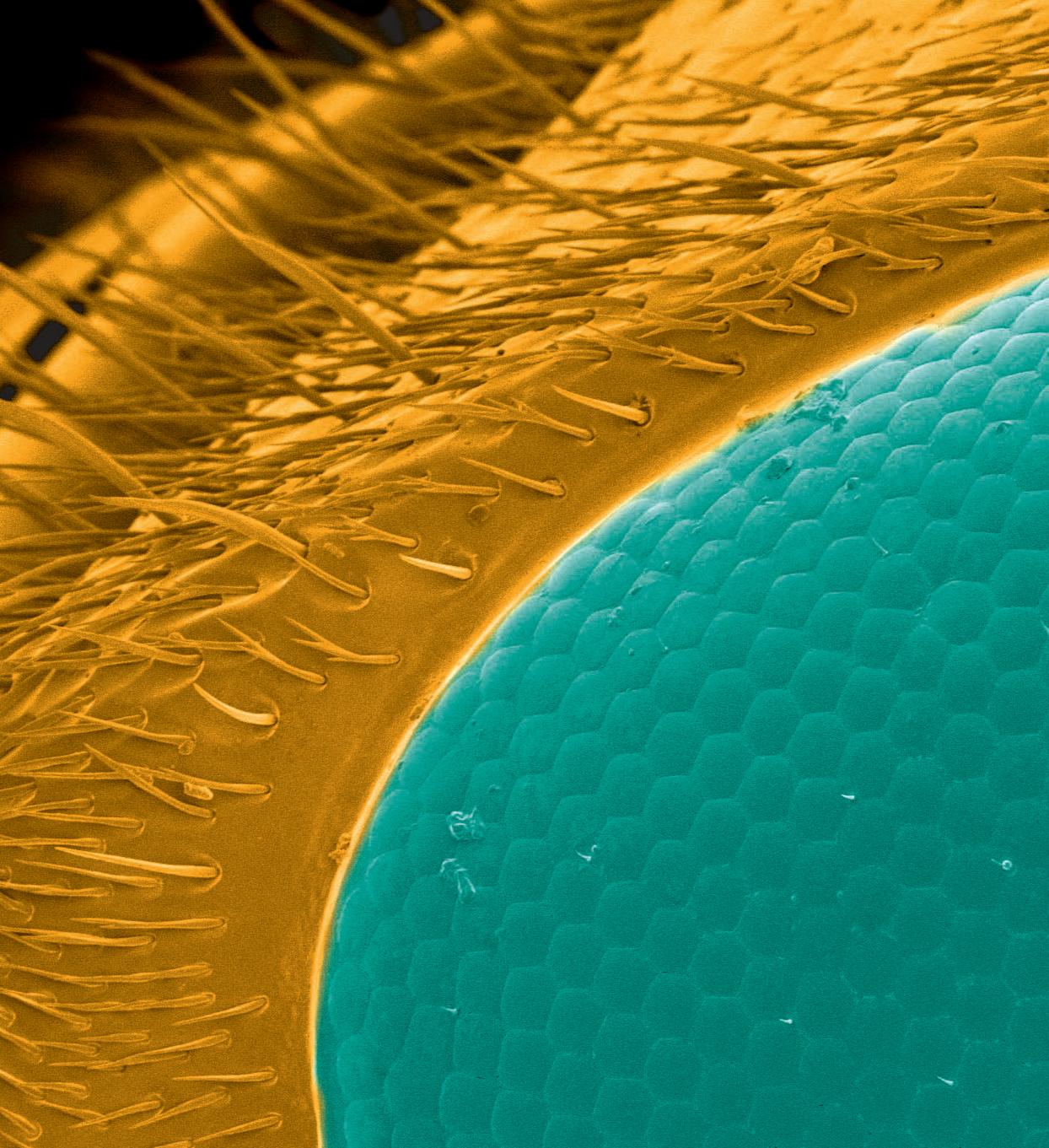

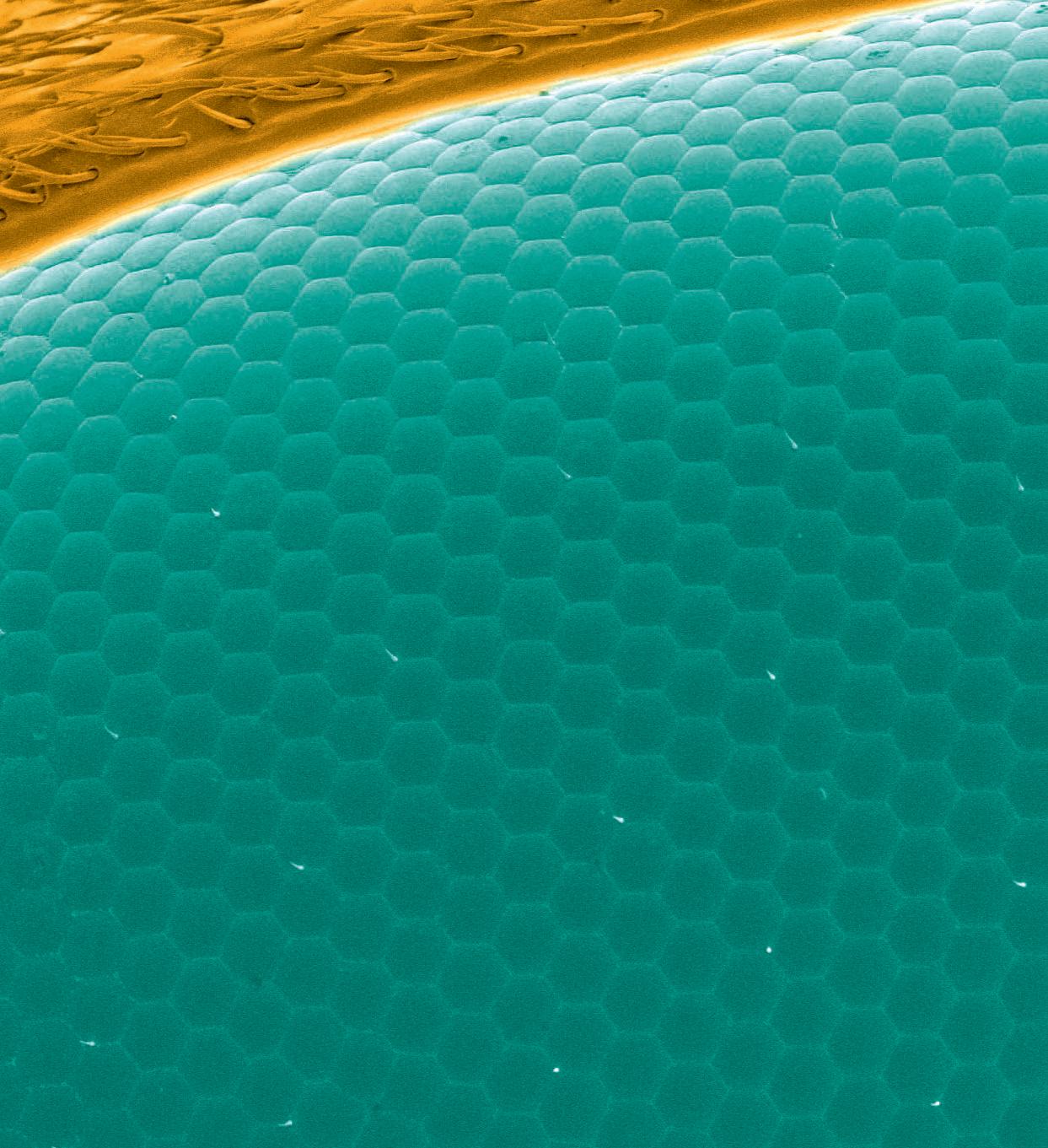
 Detail of the compound eye of a mandaguari bee (Scaptotrigonasp.), including the region between the eye and the mandible, covered by bristles
Imagem (microscopia) / Image (microscopy): Lapisus/Uniso
Detail of the compound eye of a mandaguari bee (Scaptotrigonasp.), including the region between the eye and the mandible, covered by bristles
Imagem (microscopia) / Image (microscopy): Lapisus/Uniso
Larissa G. Losada, estudante de História na Uniso e uma das pesquisadoras envolvidas no projeto de atualização do inventário do principal acervo arqueológico de Sorocaba e região, manuseia os fragmentos de uma urna funerária indígena pré-colonial (a partir de 1.500 anos atrás)

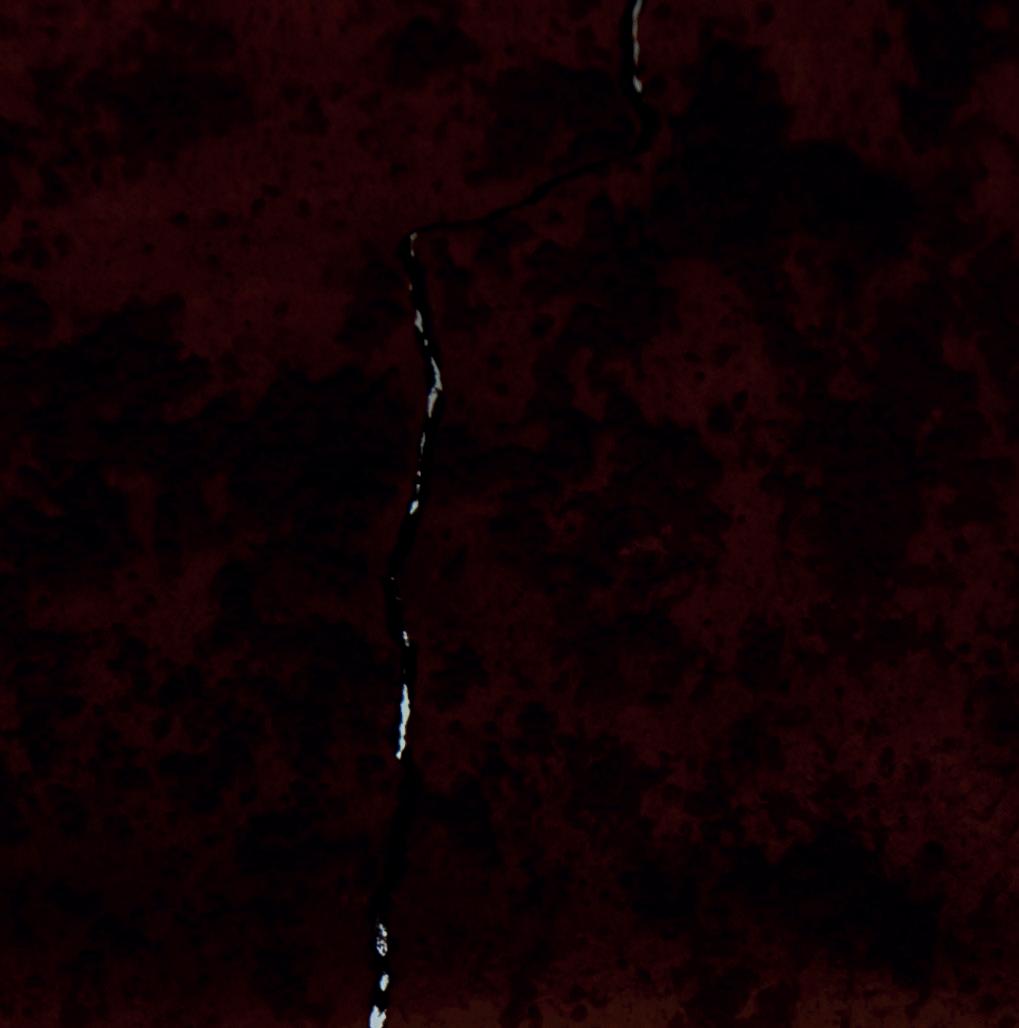


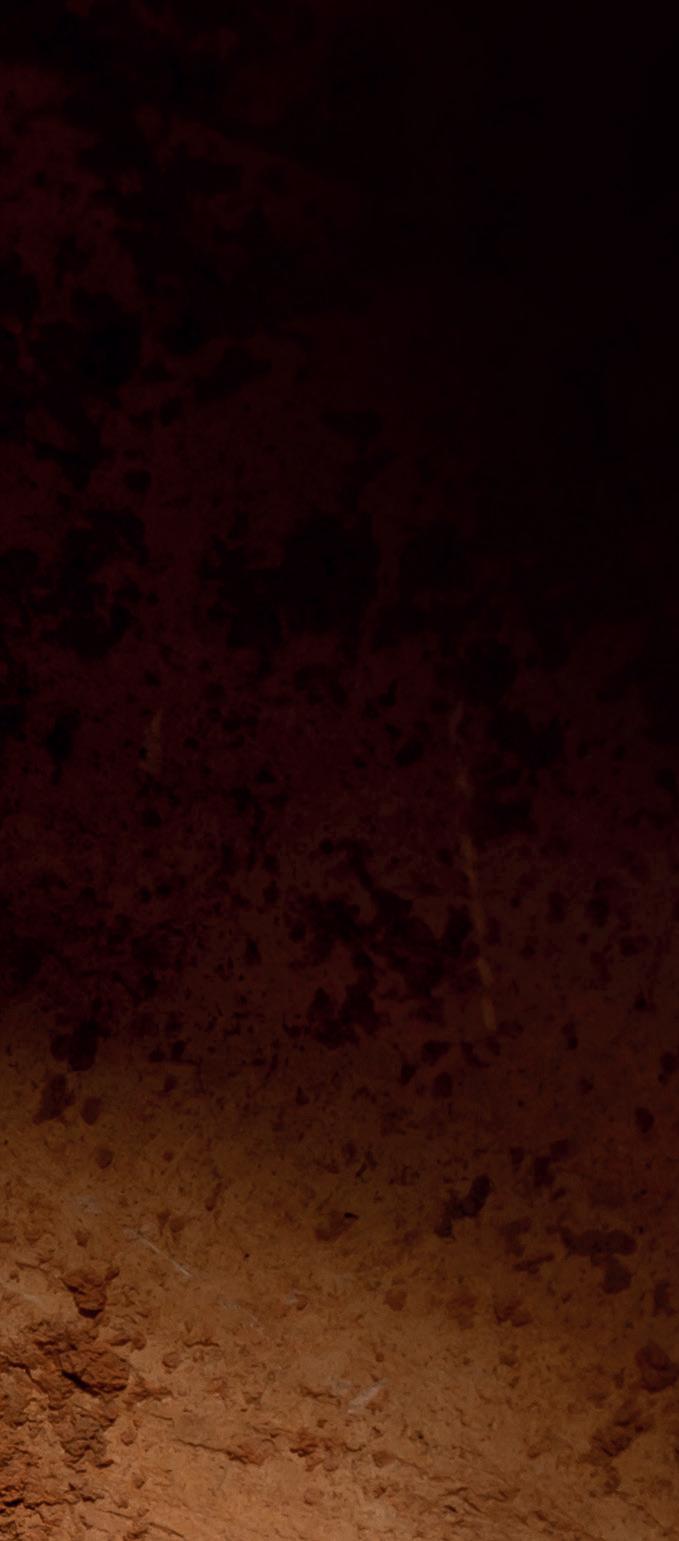
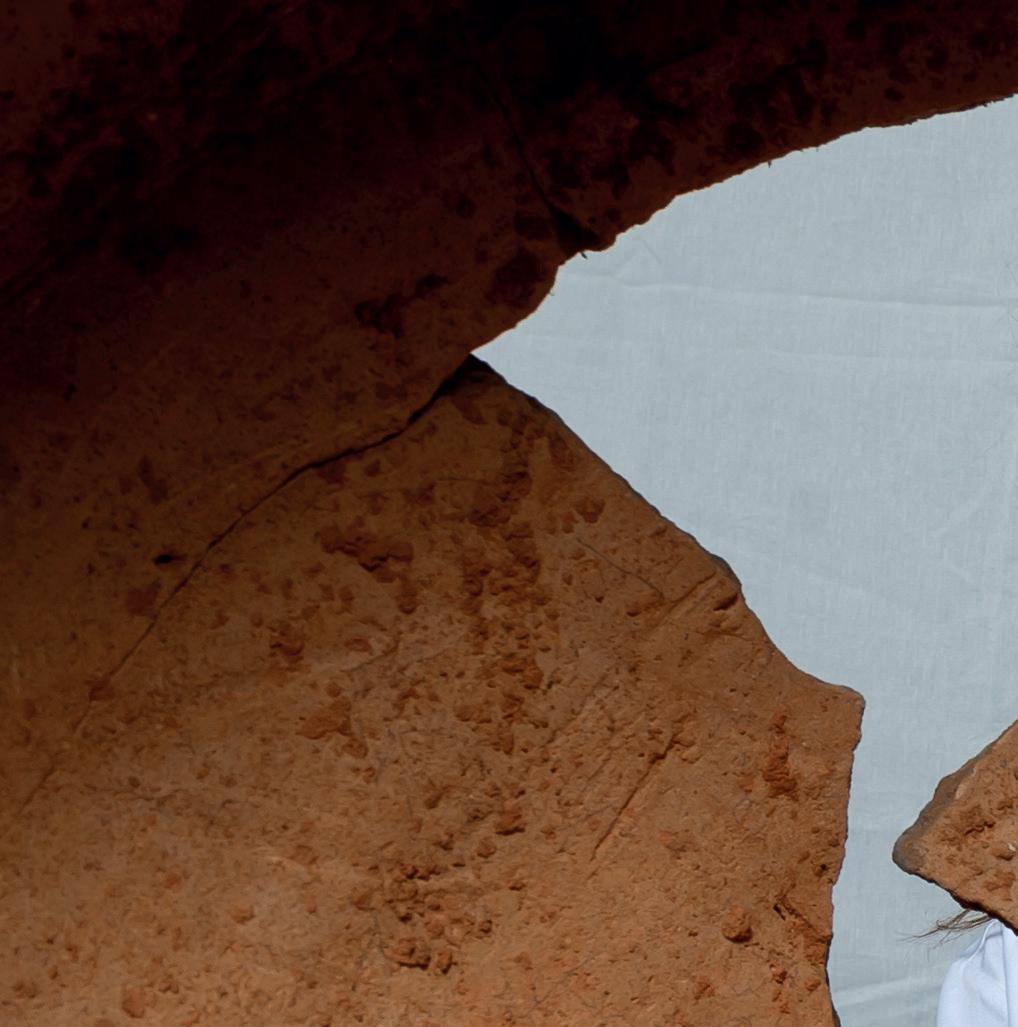

Larissa G. Losada, a History undergraduate student at Uniso, and one of the researchers involved in a project to update the inventory of Sorocaba’s main archaeological collection, handles the fragments of an indigenous funerary urn dating back to pre-colonial times (around 1,500 years ago)

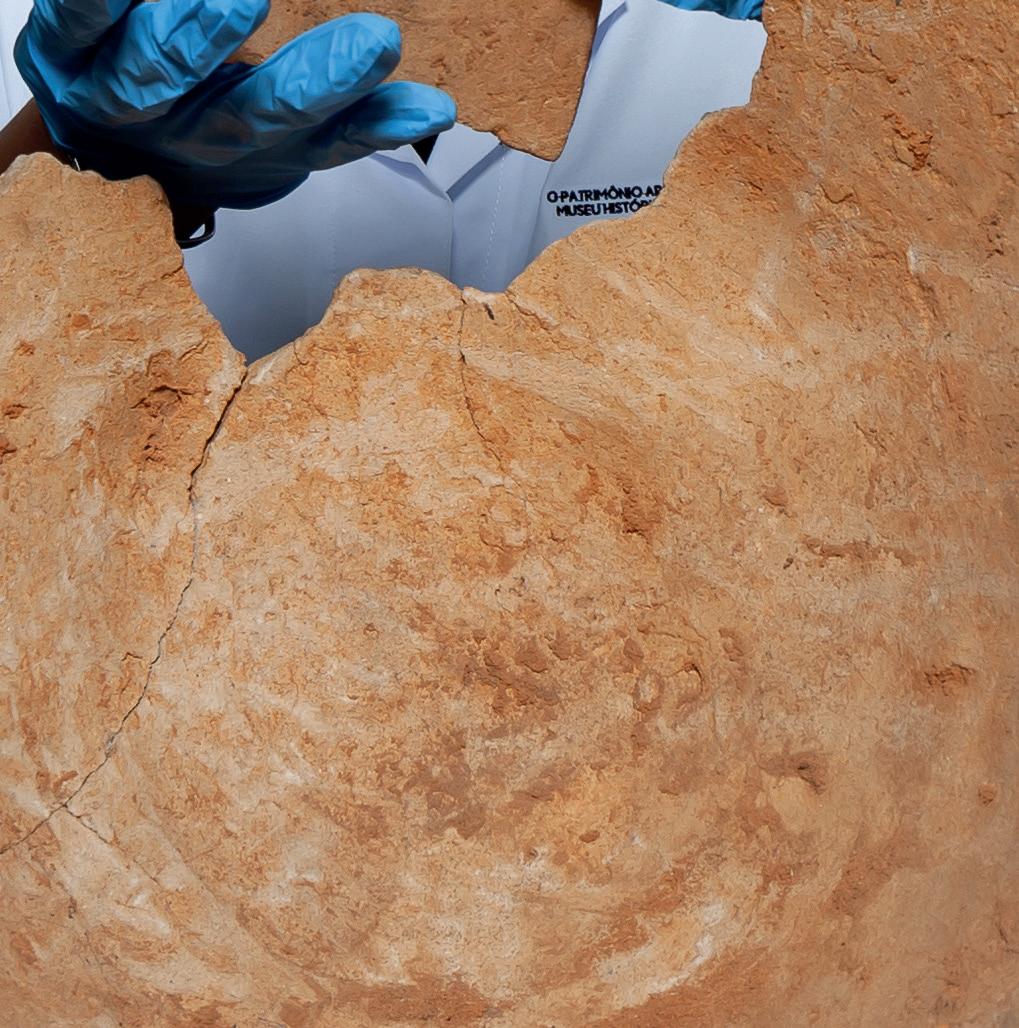



• SCIENCE @
UNISO CIÊNCIA
UNISO
FILLING IN THE GAPS

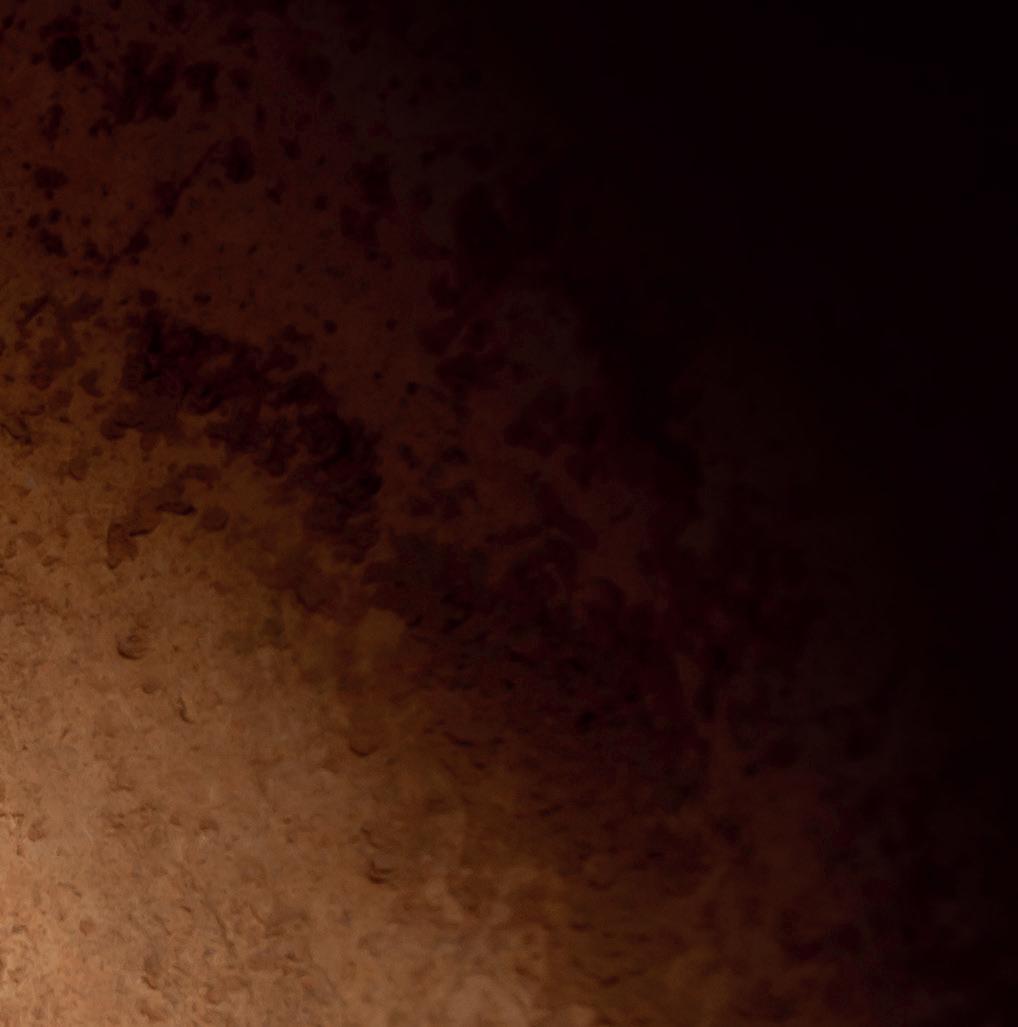




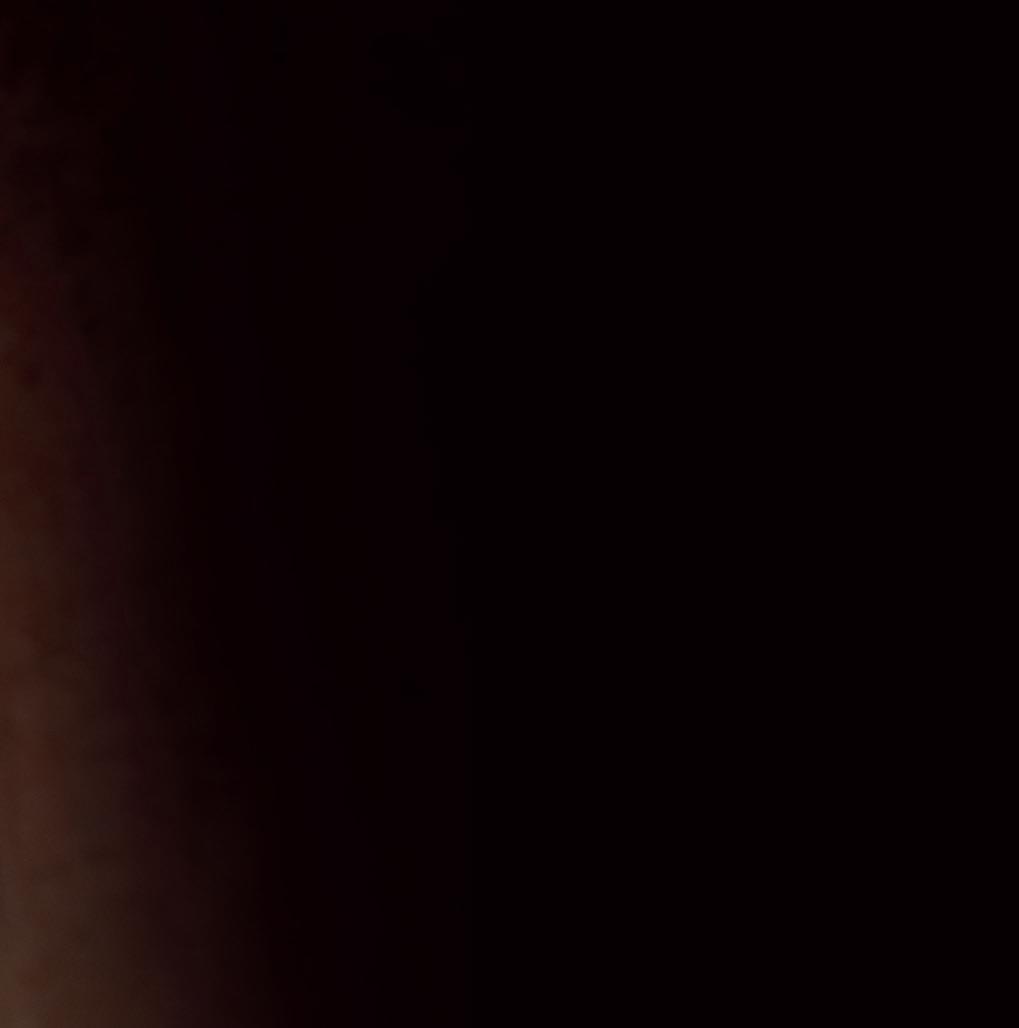



 Por/By: Guilherme Profeta Fotos/Photos: Fernando Rezende
Por/By: Guilherme Profeta Fotos/Photos: Fernando Rezende
UNISO CIÊNCIA • SCIENCE @ UNISO
uma nova vida para o acervo arqueológico dos povos originários de Sorocaba
PREENCHENDO AS LACUNAS DA HISTÓRIA:
a new life for the archaeological collection of the original peoples of Sorocaba
OF HISTORY:
Omunicípio de Sorocaba, no interior de São Paulo, foi fundado em 1654 por um bandeirante nascido no Brasil colônia, cujo nome era Baltasar Fernandes (1580—1667). Ao longo dos séculos XVI e XVII, homens como ele costumavam conduzir incursões frequentes rumo ao interior da América do Sul, em busca de riquezas. Mas, diferentemente do que muita gente ainda pode pensar, eles não estavam sozinhos quando exploravam os confins do continente; essa região, na verdade, já era habitada por grupos humanos muitos milênios antes da chegada dos portugueses, ou de qualquer outro europeu.
A história desses povos está registrada por meio de um rico acervo arqueológico, que, em 2022, passou por um processo de reorganização e curadoria. Composto por mais de 40 mil itens provenientes de pesquisas arqueológicas e ACHADOS FORTUITOS em Sorocaba e outros municípios adjacentes, o acervo faz parte do Museu Histórico Sorocabano (MHS), um dos poucos museus da região com autorização oficial para abrigar coleções arqueológicas. Vários desses objetos, alguns deles nunca antes expostos ao grande público, você pode conferir ao longo desta reportagem.
“Nossa ideia era propor um projeto para que o acervo do museu recebesse tratamento técnico, e para que fosse criado um ambiente propício para pesquisadores que viessem a estudar esses artefatos no futuro”, explica Larissa Girardi Losada, estudante do curso de graduação em História da Universidade de Sorocaba (Uniso) e uma das pesquisadoras envolvidas no projeto de atualização do inventário do MHS, que prossegue até janeiro de 2023. A verba, oriunda da Secretaria de Cultura e Economia Criativa do Estado de São Paulo, foi utilizada para melhorar as condições de acondicionamento dos itens, incluindo a aquisição de novos equipamentos
The city of Sorocaba, in the state of São Paulo, was founded in 1654 by Baltasar Fernandes (1580—1667), who was a Bandeirante—as the pioneering explorers were called in early colonial Brazil. Throughout the 16th and 17th centuries, men like him used to travel deep within South America, in search of riches to loot. However, contrary to what many people still think, they were not alone when they explored the far reaches of the continent; this region, in fact, was already inhabited by human groups many millennia before the arrival of the Portuguese, or any other European.
The history of these peoples is recorded through a rich archaeological collection, which, in 2022, underwent a process of curation and reorganization. Comprising more than 40,000 items from archaeological research and FORTUITOUS FINDINGS in Sorocaba and other cities around, the collection is part of the Historical Museum of Sorocaba (MHS, in the Portuguese acronym), one of the few museums in the region with an official authorization to house archaeological collections. Several of these objects, some of them never exposed to the general public to this day, can be seen throughout this story.
“Our goal was to propose a project for the technical treatment of the museum’s collection, one that also aimed at creating a favorable environment for researchers to study these artifacts in the future,” explains Larissa Girardi Losada, a student at Uniso’s undergraduate program in History, and one of the researchers involved in the project for the renewal of the MHS inventory, which goes on until January 2023. The funds, from the São Paulo State Department of Culture and Creative Economy, were used to improve the storage conditions of the museum, including the acquisition of new equipment (such as a dehumidifier and an air
86 UNISO CIÊNCIA • SCIENCE @ UNISO
SÍTIOS ARQUEOLÓGICOS EM SOROCABA ARCHAEOLOGICAL SITES IN SOROCABA
Ilustração e mapa*/Illustration and map*: Maria A. Frizarin Cipriano, Larissa Girardi Losada *com base em mapa produzido por Wanderson Esquerdo em 1996 e incluído na reportagem "Presença do índio marca pré-história sorocabana", publicada em 2004 num suplemento do jornal Cruzeiro do Sul/*based on a map produced by W anderson Esquerdo in 1996, which was included in the story "Presença do índio marca pré-história sorocabana" , published in 2004 as part of the Cruzeiro do Sul newspaper

Você pode conferir, neste mapa do município de Sorocaba, alguns dos locais em que as cerâmicas e os líticos reproduzidos nesta reportagem foram encontrados. Hoje todos esses sítios são bairros habitados e bastante urbanizados
On this map of the city of Sorocaba, you can check some of the places where the ceramics and lithic artifacts reproduced in this story were found. Nowadays, all these sites are inhabited and highly urbanized
UNISO
• SCIENCE @ UNISO
CIÊNCIA
(como um desumidificador e um climatizador, por exemplo), bem como para o processo de higienização, categorização e inventário das peças. Mas, além dos aspectos técnicos, acrescenta Losada, houve por trás desse processo uma proposta para se pensar sobre a DECOLONIZAÇÃO dos museus. “É sobre o apagamento dos POVOS ORIGINÁRIOS, e sobre quais foram as narrativas escolhidas para serem as ‘oficiais’ quando foram escritas as histórias de nossas cidades”, ela defende.
conditioner, for example), as well as for the process of sanitization, categorization, and inventory of the artifacts. Losada argues, however, that in addition to the technical aspects of the project, there was also a strong motivation to reflect on the DECOLONIZATION of museums. “It is about questioning the erasure of NATIVE PEOPLES into oblivion, and about which narratives were chosen to be the ‘official’ ones when the history of our cities was written,” she says.
O que se chama de pensamento decolonial deriva da descolonização, um processo que pode ser descrito como a reversão do colonialismo, ou, em outras palavras, um conjunto de tentativas voltadas a reverter antigas estruturas de dominação entre as nações. O processo teve início com movimentos nacionais pela emancipação de países que até então eram colônias dos grandes impérios do passado, mas o pensamento decolonial foi além disso; hoje ele engloba, também, questionamentos sobre a universalização das narrativas e da moral ocidental — especialmente porque, na contemporaneidade, a colonização não se dá mais pela força bruta exclusivamente, mas por meios mais sutis, de forma simbólica e por influências ideológicas. É nesse sentido, como contraponto à história oficial (que, tanto no Brasil quanto em todo o Ocidente, foi escrita pelos colonizadores europeus), que se faz importante tornar mais acessíveis — nas escolas, nos museus, nas mídias — as narrativas dos povos originários.
TO KNOW BETTER: DECOLONIAL THINKING
The so-called decolonial thinking derives from decolonization, a process that can be described as the reversal of colonialism, or, in other words, a set of attempts aimed at reversing old structures of domination between nations. The process began with national movements for the emancipation of countries that used to be colonies of the great empires of the past, but decolonial thinking goes way beyond that; nowadays, it also includes the questioning of the universalization of Western narratives and morals—especially because, in contemporary times, colonization is no longer imposed by brute force alone. Instead, it happens in a more subtle way, symbolically and through ideological influences. By this logic, in contrast to the official history (which, both in Brazil and throughout the West, was written by European colonizers), it is particularly important to make the narratives of native peoples more accessible to everyone—in schools, museums, and the media.
88 UNISO CIÊNCIA • SCIENCE @ UNISO
PARA SABER MAIS: O PENSAMENTO DECOLONIAL
PARA SABER MAIS: OS POVOS ORIGINÁRIOS DE SOROCABA
Para reconstruir as narrativas de um passado distante, nem sempre incluídas nos livros de História, os arqueólogos dependem dos vestígios que grupos pré-coloniais deixaram para trás, como pedras lascadas, cerâmicas e remanescentes humanos. No caso de Sorocaba e região, esses vestígios vêm sendo encontrados na bacia hidrográfica dos rios Tietê e Sorocaba, que era propícia para a ocupação humana há milhares de anos, devido à ampla quantidade de afluentes. O primeiro grupo humano registrado por aqui foi o povo associado à Tradição Umbu, composto por caçadores coletores que parecem ter habitado as regiões de cerrado, menos arborizadas. Eles foram os responsáveis pela confecção das ferramentas de pedra (como as pontas de flecha) reproduzidas nesta reportagem. O segundo grupo esteve associado à Tradição Tupiguarani, um amplo grupo de povos falantes da língua tupi-guarani, os quais ocuparam não só o Brasil, mas também o Uruguai, a Argentina, o Paraguai, a Bolívia e o Peru. Eles eram agricultores ceramistas cuja presença na região é reforçada pelos achados de suas características urnas funerárias, além de outros artefatos confeccionados em cerâmica.

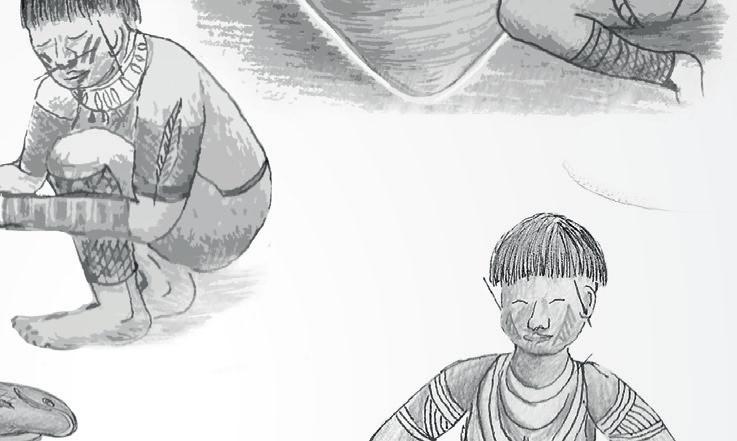
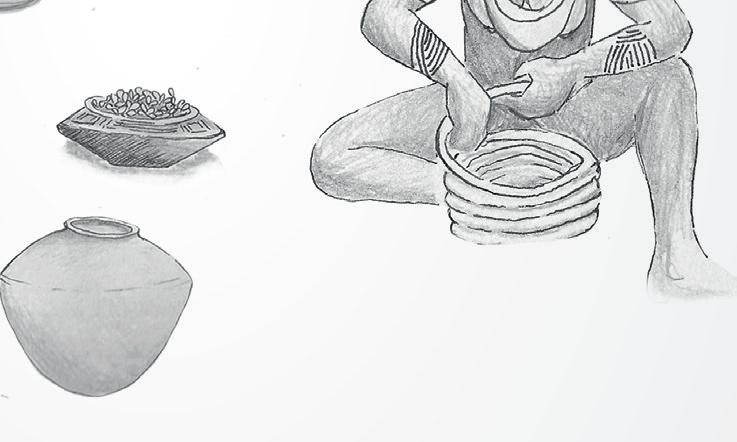
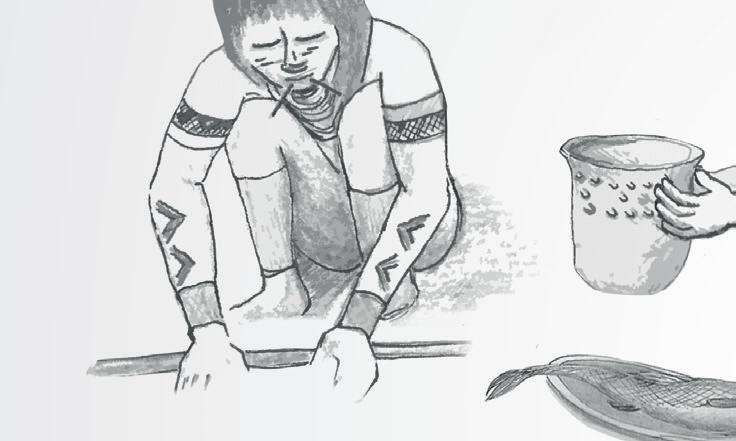
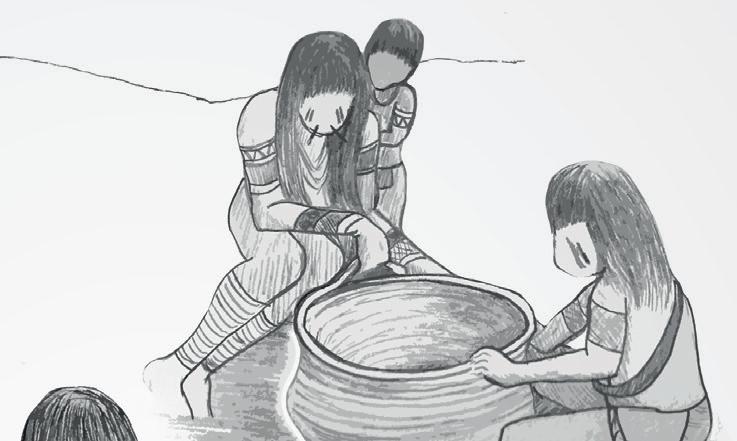
TO KNOW BETTER: THE INDIGENOUS PEOPLES OF SOROCABA
To reconstruct narratives of a distant past, not always included in History books, archaeologists rely on the remains that pre-colonial groups left behind, such as chipped stones, ceramics, and also human remains. In the case of Sorocaba and its surrounding region, these vestiges have
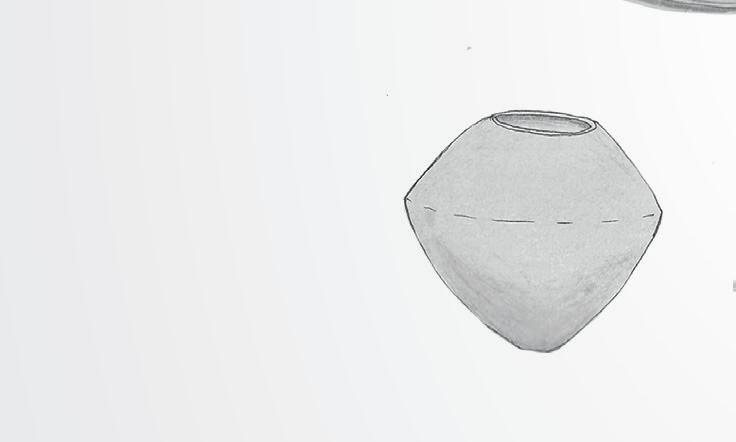
89 UNISO CIÊNCIA • SCIENCE @ UNISO
Ilustrações/Illustrations: Maria A. Frizarin Cipriano
been found in the drainage basin of the Tietê and Sorocaba rivers, which was suitable for human occupation thousands of years ago due to the large amount of tributaries. The first human group recorded in this region was the Umbu people, composed of hunter-gatherers who seem to have inhabited the tropical savannas (aka cerrado, in Portuguese). They were the ones responsible for making the stone tools (such as the arrowheads) reproduced throughout this story. The second group was the Tupiguarani, a large group comprised of peoples who spoke the Tupi-Guarani language, who occupied not only Brazil, but also Uruguay, Argentina, Paraguay, Bolivia, and Peru. They were farmers whose presence in the region is reinforced by the findings of their characteristic funerary urns, as well as other ceramic artifacts.




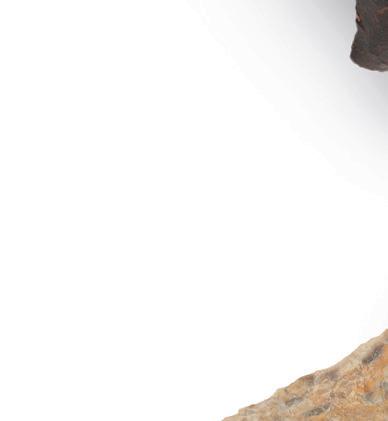















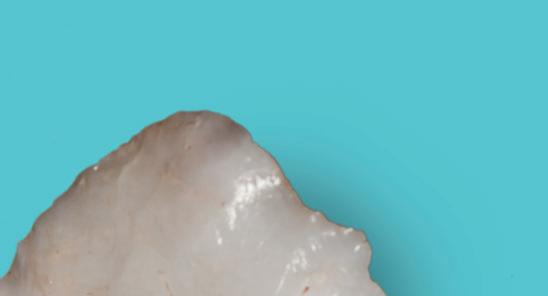
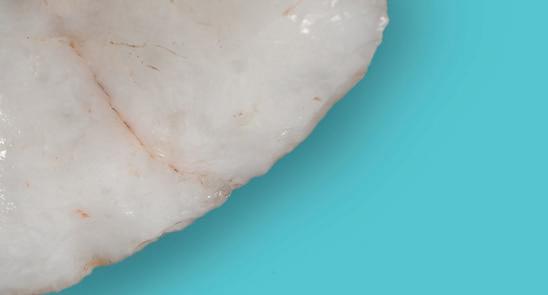
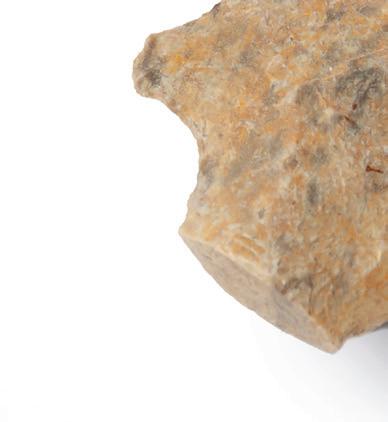




Pontas de projéteis (flechas), confeccionadas em pedra lascada e utilizadas para caça (além de, possivelmente, para fins bélicos), encontradas em diferentes bairros de Sorocaba. Período estimado: pré-colonial, entre 2.000 e 10.000 anos atrás, aproximadamente
Arrowheads made of chipped stone, used for hunting (most likely for war purposes as well), found in different parts of the city of Sorocaba. Estimated period: pre-colonial, between 2,000 and 10,000 years ago, approximately
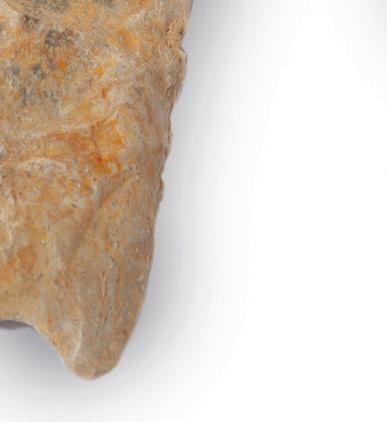
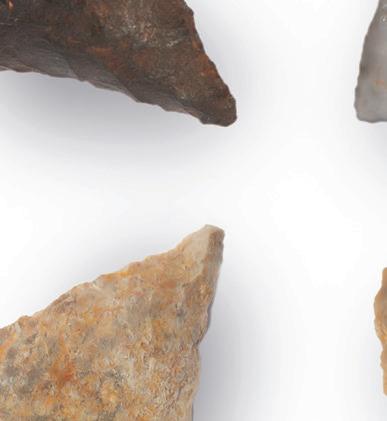
Coleção de pontas de projéteis (flechas) encontradas às margens do Rio Tietê, na cidade de Porto Feliz, região de Sorocaba. A coleção foi doada ao MHS por um colecionador particular. Período estimado: pré-colonial, entre 2.000 e 10.000 anos atrás, aproximadamente
Set of arrowheads found on the banks of the Tietê River, in the city of Porto Feliz, region of Sorocaba. The collection was donated to the MHS by a private collector. Estimated period: pre-colonial, between 2,000 and 10,000 years ago, approximately
90 UNISO CIÊNCIA • SCIENCE @ UNISO



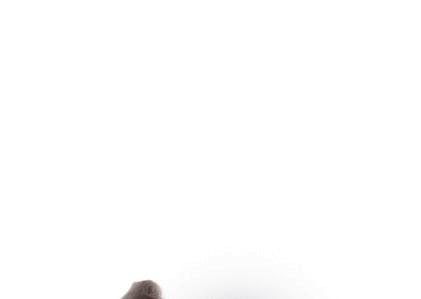
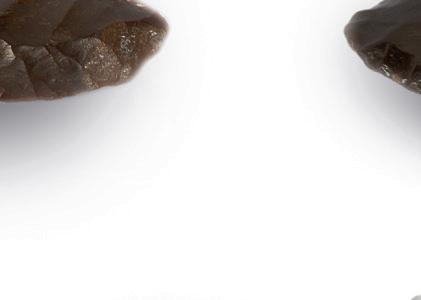

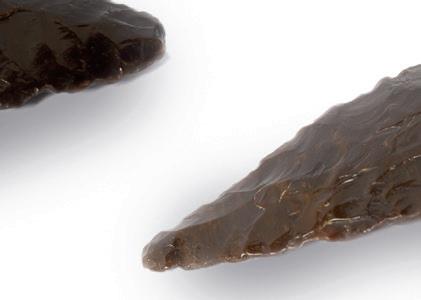
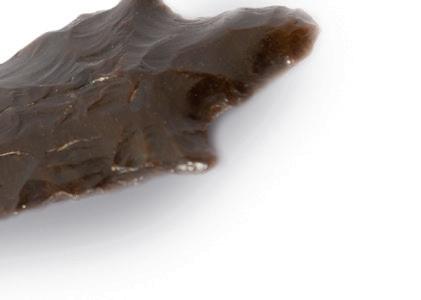
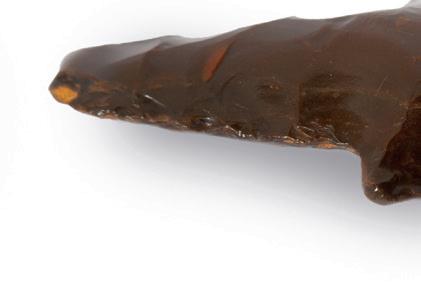

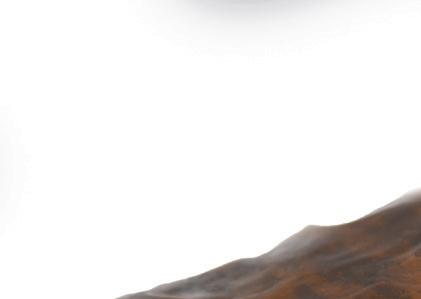

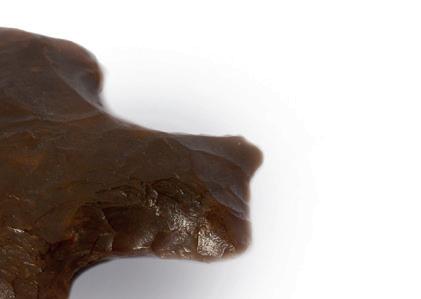


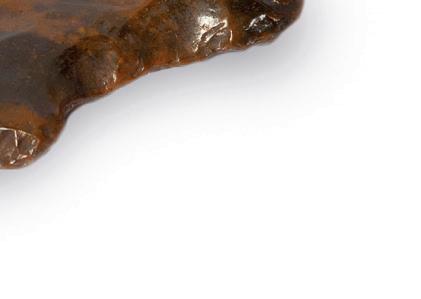
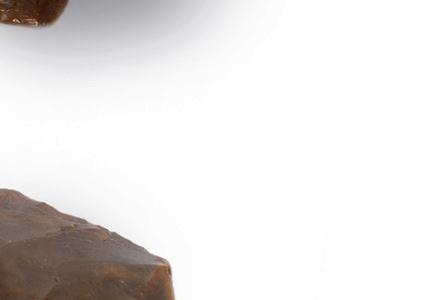



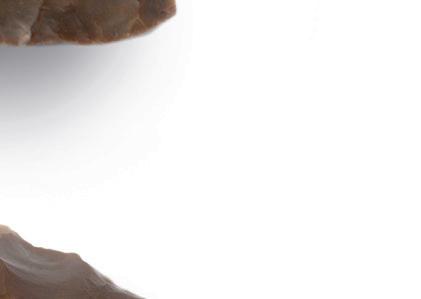

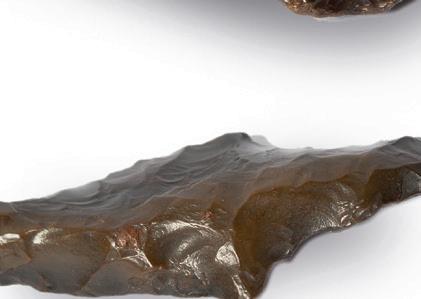


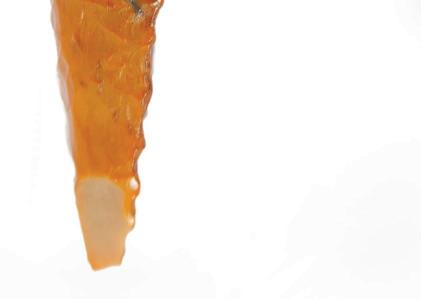
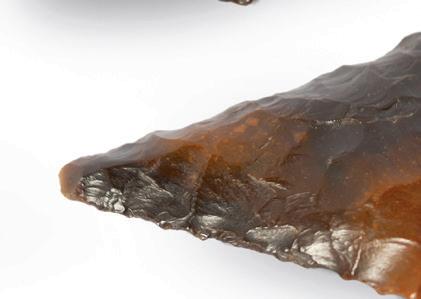
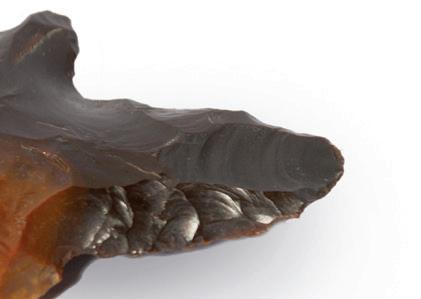


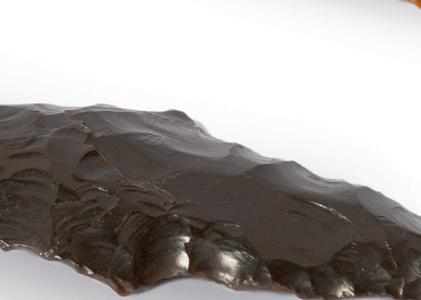

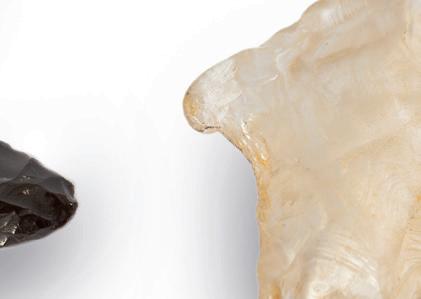

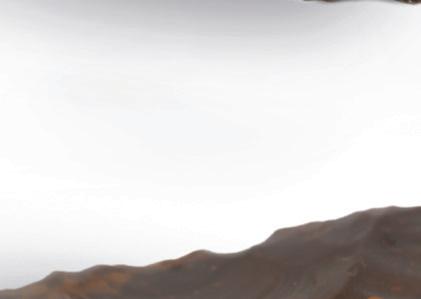

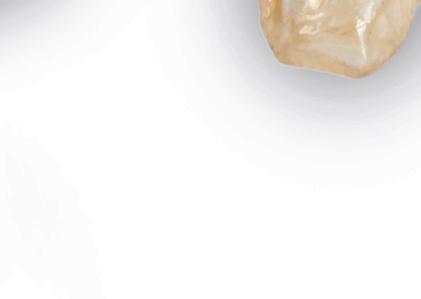









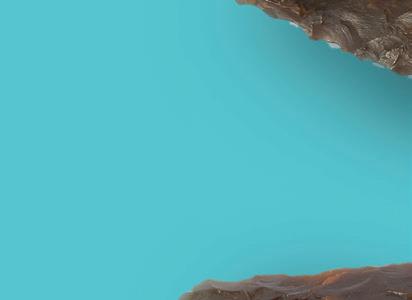

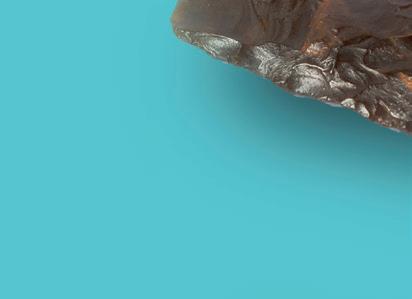
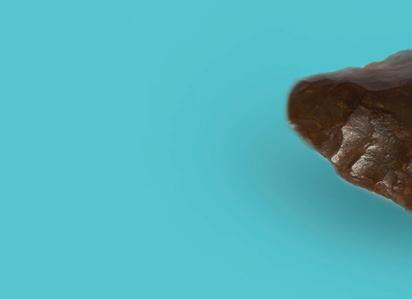





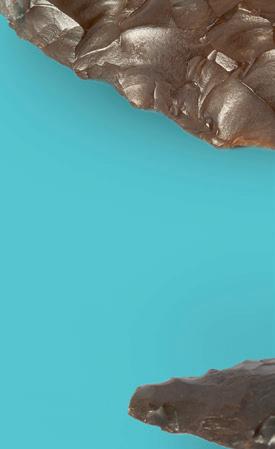


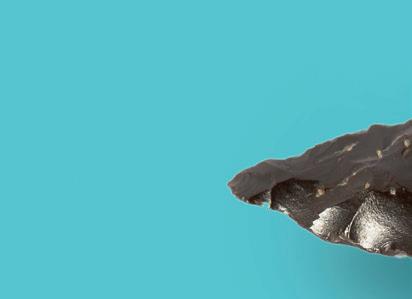



UNISO CIÊNCIA • SCIENCE @ UNISO
ARQUEOLOGIA DECOLONIAL
De acordo com o coordenador do projeto, o arqueólogo David Lugli Turtera Pereira, a arqueologia pode ser um instrumento para resgatar vozes que foram oprimidas e deixadas à margem da História com H maiúsculo. “A história oficial é a história dos vitoriosos — não necessariamente os vitoriosos do saber, mas aqueles que se tornaram vencedores por meio das armas, os vitoriosos da colonização. No nosso caso, esses vitoriosos acabaram passando um verniz sobre uma paisagem indígena que é milenar. Então existe esse hiato; muitas pessoas ainda acreditam que, antes da colonização, toda essa região era inabitada por grupos humanos, mas nós tínhamos diversas comunidades que viviam aqui, em plena associação e em simbiose com a natureza”, diz Pereira.
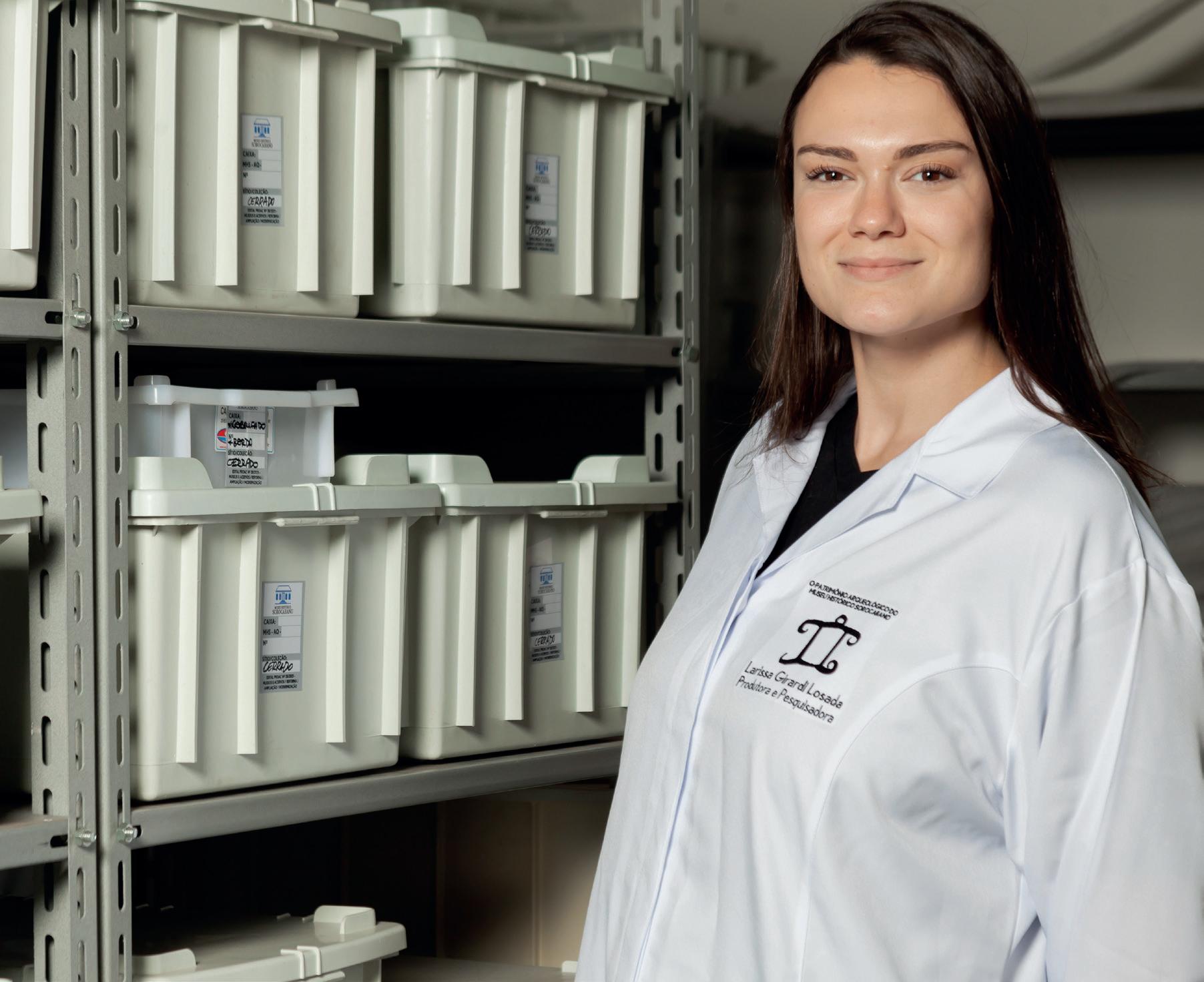
DECOLONIAL ARCHEOLOGY
According to the project coordinator, archaeologist David Lugli Turtera Pereira, archeology can be a tool to retrieve voices that were oppressed and relegated to the margins of History with a capital H. “Official history is the history of winners—not necessarily the winners in terms of knowledge, but those who became winners through arms, the winners of colonization. In our case, these winners ended up scraping off an indigenous background that had been here for thousands of years. So there is this gap; many people still believe that, before colonization, this entire region was uninhabited by human groups, even though we had several communities living here, associating with each other and in symbiosis with nature,” Pereira says.
92 UNISO CIÊNCIA • SCIENCE @ UNISO
Larissa Girardi Losada, estudante de graduação em História na Uniso Larissa Girardi Losada, a student at Uniso’s undergraduate program in History
Fragmentos de uma vasilha cerâmica pintada na face interna. Na língua tupi-guarani, esse tipo de peça recebe o nome de cambuchícaguába. O item foi encontrado em Sorocaba, sendo utilizado como tampa de urna funerária. Período estimado: pré-colonial, a partir de 1.500 anos atrás

Fragments of a ceramic pot with the inner face painted. In the Tupi-Guarani language, this type of container is called cambuchícaguába. The item was found in Sorocaba, being used as a lid on top of a funerary urn. Estimated period: pre-colonial, around 1,500 years ago

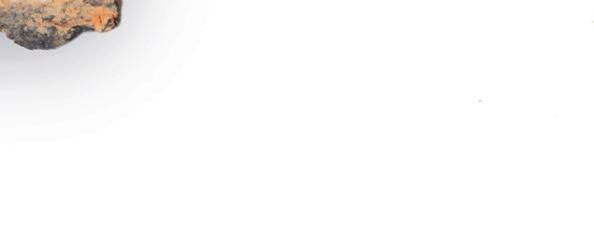
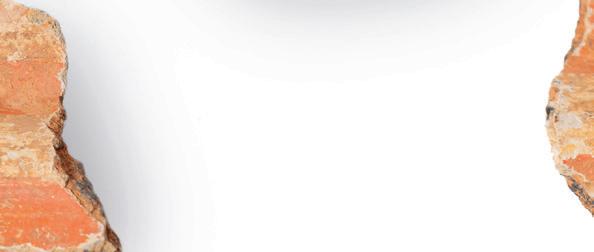








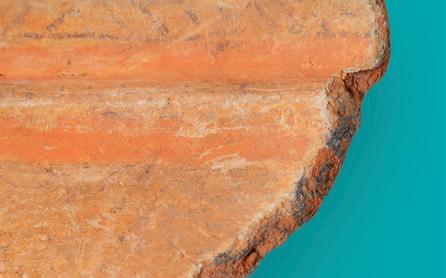
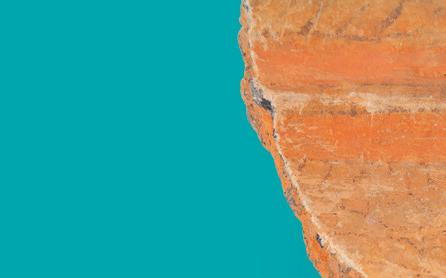
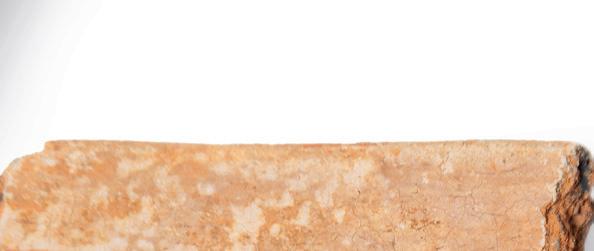


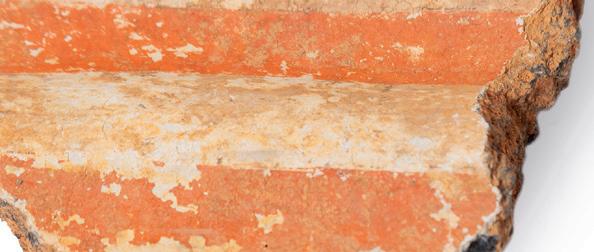

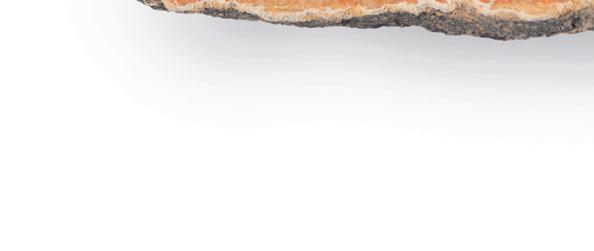
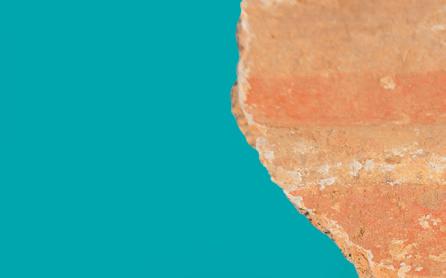
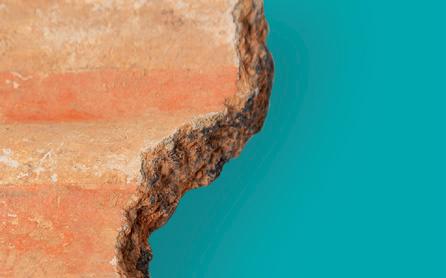

Para o pesquisador, museus de todo o mundo têm um papel fundamental como guardiões dessas informações e conhecimentos que quase foram perdidos. “Aqui nós temos uma equipe trabalhando na proteção desse material arqueológico, para que ele não se deteriore ainda mais. Muitas dessas peças passaram séculos embaixo da terra, algumas foram agredidas por maquinários de agricultura ou construção civil. Trazendo-as para o museu, nós estamos primeiramente resguardando todo esse material, para depois estudá-lo e entendê-lo, compartilhando o conhecimento com a comunidade e motivando novos diálogos e narrativas sobre o passado, diferentes da história oficial.”
According to the researcher, museums around the world have a fundamental role as guardians of all this information and knowledge that was almost lost. “Here we have a team dedicated to protect these archaeological items, so that they do not deteriorate any further. Many of these pieces spent centuries underground, some were damaged by agricultural or construction machinery. By bringing them to the museum, we are safeguarding them first, so they can be studied and understood, and then this knowledge can be shared with the community, thus motivating new dialogues and different narratives about the past, in comparison to the official history.”
93 UNISO CIÊNCIA • SCIENCE @ UNISO
Esses fragmentos cerâmicos, que possivelmente formavam um jarro, apresentam indícios de processos de produção tipicamente indígenas e coloniais, o que denota intercâmbio cultural entre povos originários e colonizadores. A peça foi encontrada no município de Pilar do Sul. Período estimado: pós-colonial, aproximadamente entre os séculos XVII e XVIII
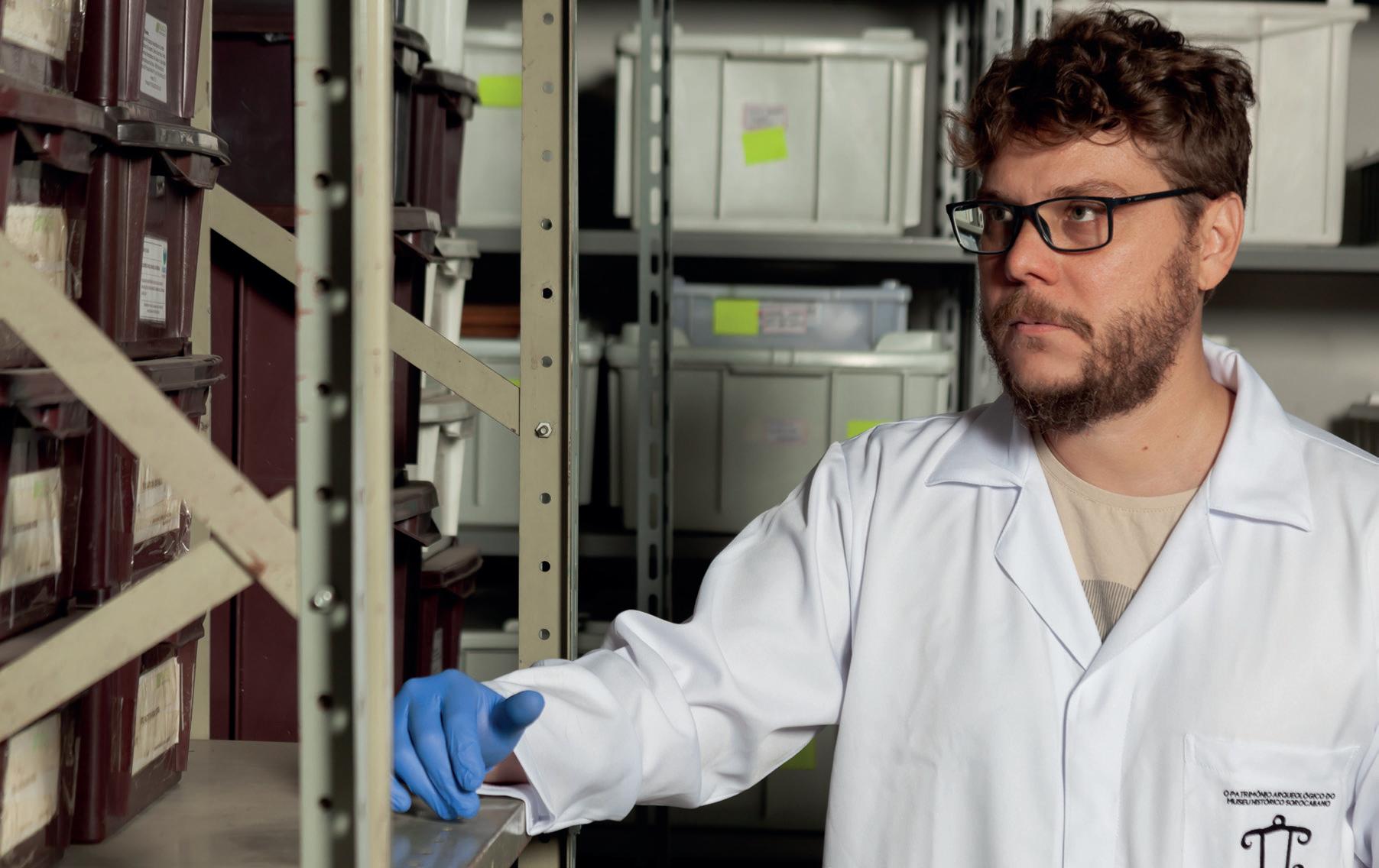








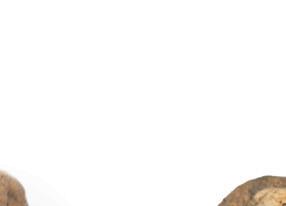
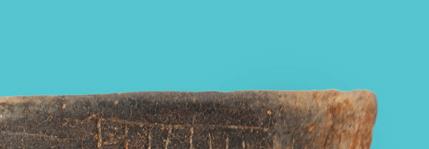

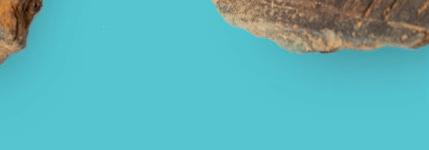


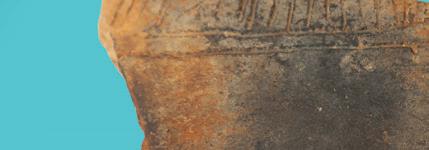




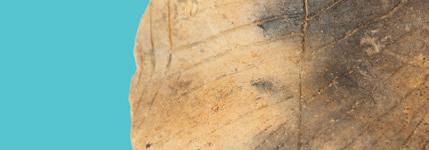






These ceramic fragments, which possibly formed a jar, show signs of production processes that were typical to indigenous groups, but also to European settlers, which denotes cultural exchange between natives and colonizers. The item was found in the city of Pilar do Sul. Estimated period: post-colonial, between the 17th and 18th centuries, approximately
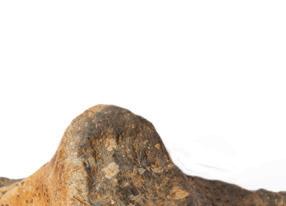
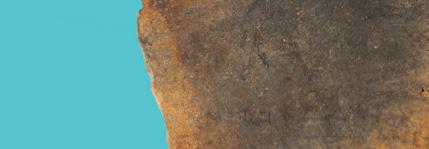
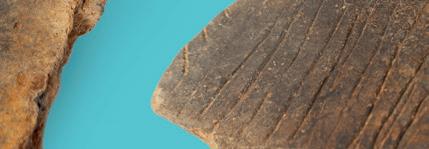
94 UNISO CIÊNCIA • SCIENCE @ UNISO
David Lugli Turtera Pereira, o arqueólogo à frente do projeto David Lugli Turtera Pereira, the archaeologist in charge of the project
Outro exemplo de fragmento de cambuchícaguába, vasilha cerâmica de Tradição Tupiguarani. O item foi encontrado em Sorocaba. Período estimado: pré-colonial, a partir de 1.500 anos atrás
Another example of a fragment of cambuchícaguába, a kind of ceramic pot typical of Tupiguarani tradition. The item was found in Sorocaba. Estimated period: pre-colonial, around 1,500 years ago
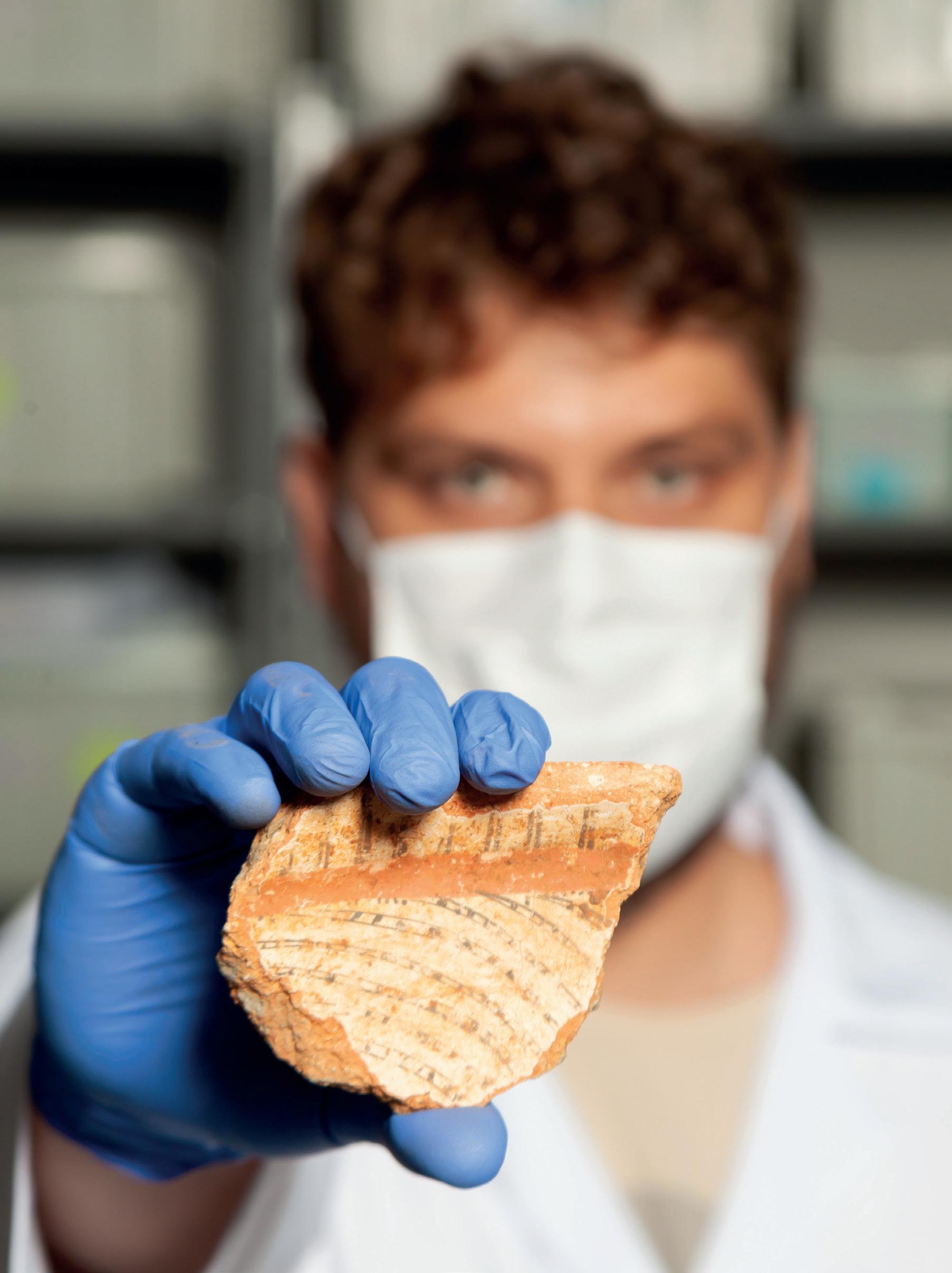
95 UNISO CIÊNCIA • SCIENCE @ UNISO
O destaque dessa vasilha cerâmica reconstituída recai sobre a detalhada pintura interna, ainda bastante preservada. O item também foi encontrado em contexto funerário, no município de Iperó. Período estimado: pré-colonial, a partir de 1.500 anos atrás
As marcas decorativas que se pode observar nesses fragmentos cerâmicos foram feitas possivelmente por meio das unhas de uma artesã, ou por meio da incisão de taquaras (caules ocos de bambus ou determinadas gramíneas). As peças foram encontradas em Sorocaba. Período estimado: pré-colonial, a partir de 1.500 anos atrás




























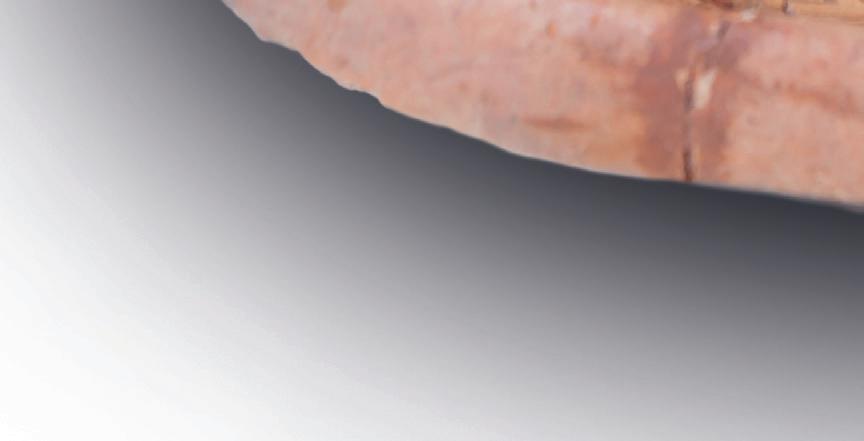
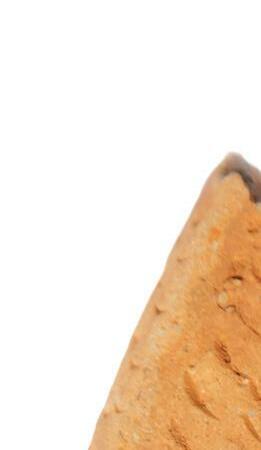
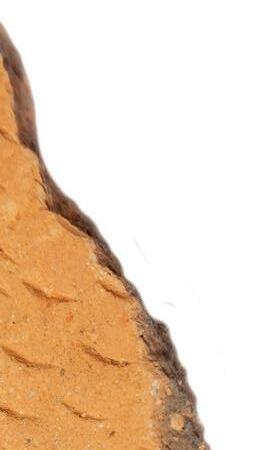
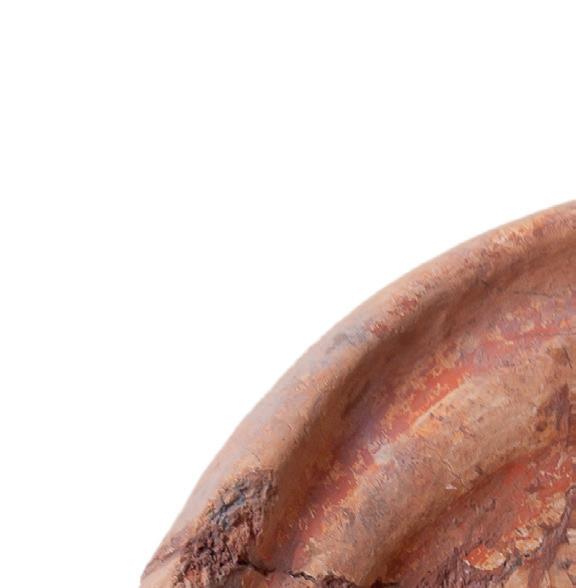


It is likely that the decorative marks that can be seen in these ceramic fragments were made by the nails of an artisan, or through the incision of bamboo sticks. The items were found in Sorocaba. Estimated period: pre-colonial, around 1,500 years ago







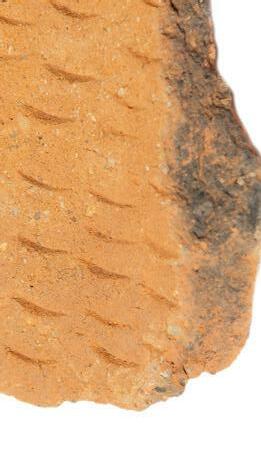
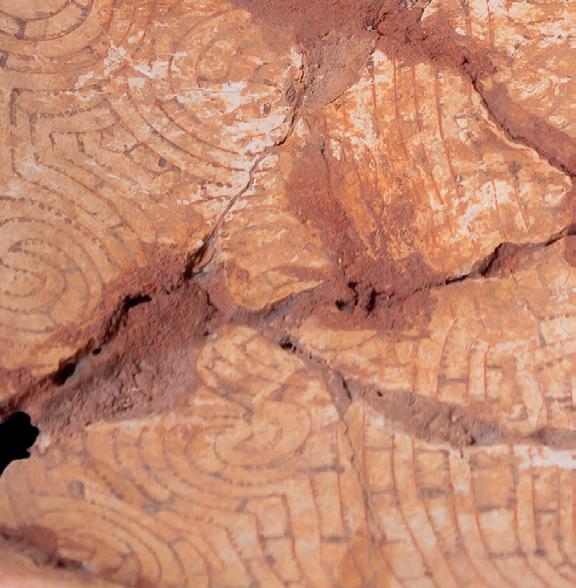

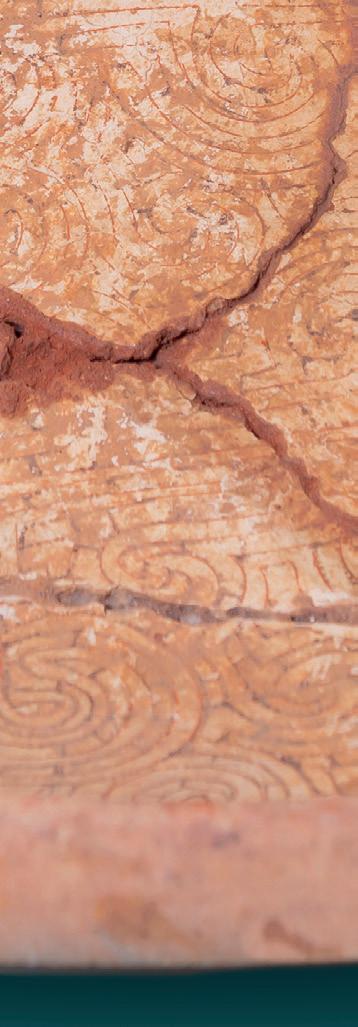

96 UNISO CIÊNCIA • SCIENCE @ UNISO
Fragmentos de vasilha cerâmica (cambuchícaguába) com pinturas em ambas as faces, encontrados no município de Sarapuí. Período estimado: pré-colonial, a partir de 1.500 anos atrás
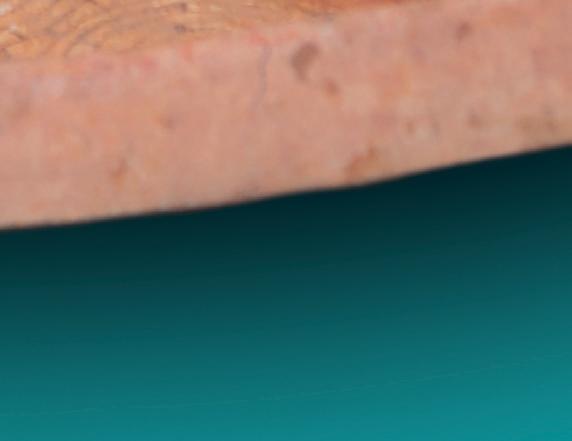







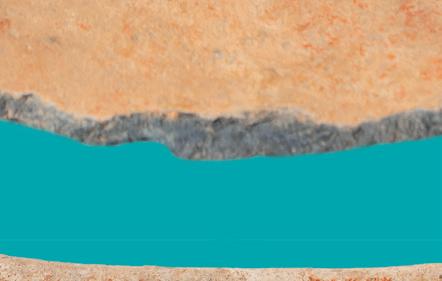



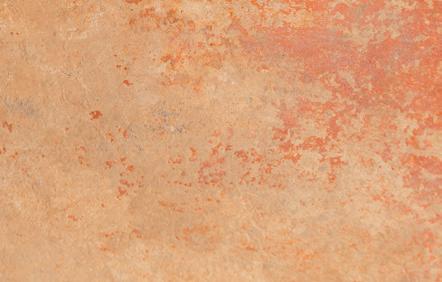



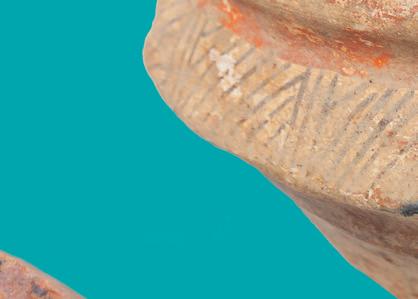
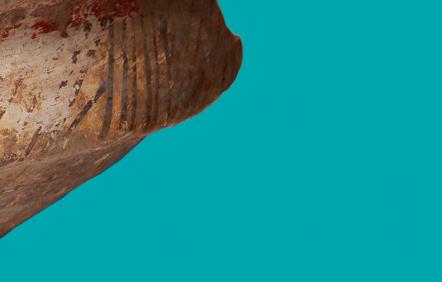

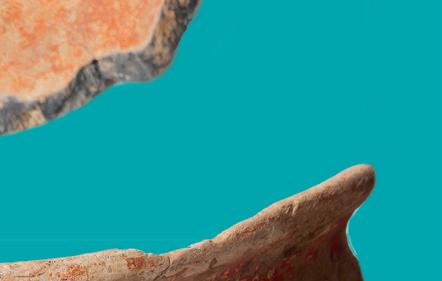
Fragments of a ceramic pot (cambuchícaguába) with paintings on both sides, found in the city of Sarapuí. Estimated period: pre-colonial, around 1,500 years ago
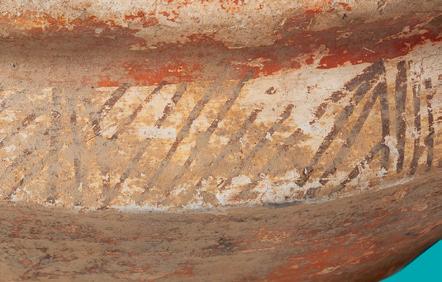
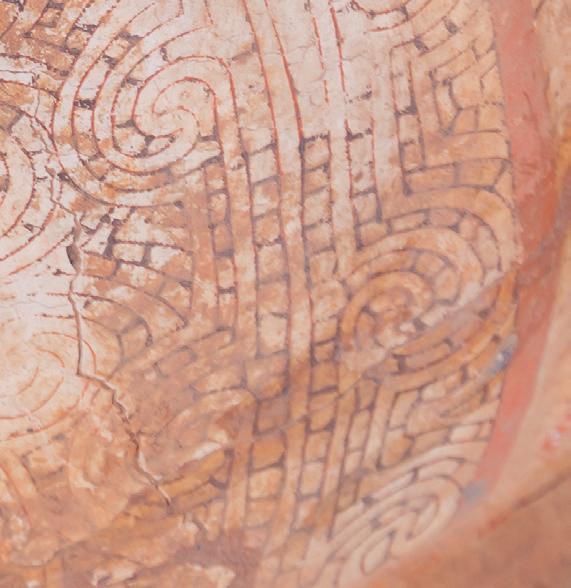


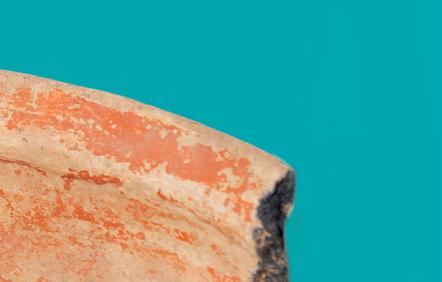

The highlight of this reconstituted ceramic vessel is the detailed interior painting, still well preserved. The item was also found in a funerary context, in the city of Iperó. Estimated period: precolonial, around 1,500 years ago
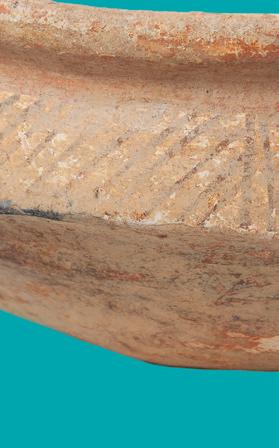

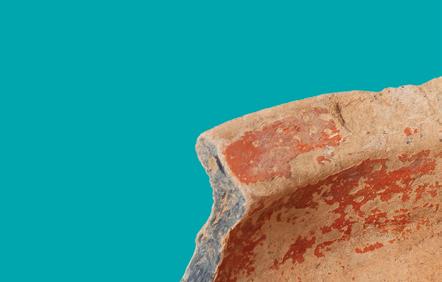
97 UNISO CIÊNCIA • SCIENCE @ UNISO
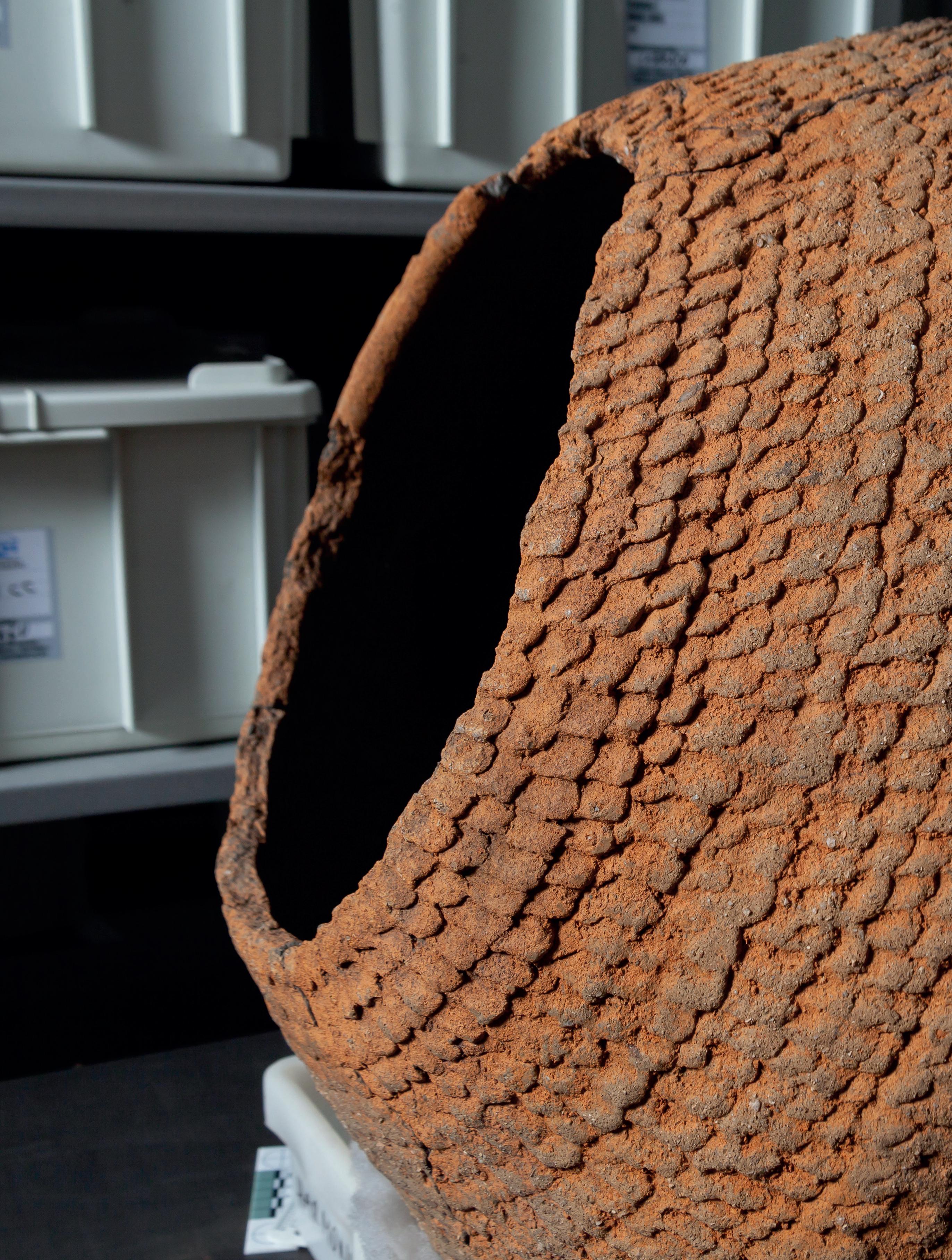
UNISO CIÊNCIA • SCIENCE @ UNISO
Urna funerária de Tradição Tupiguarani, conhecida por esse grupo como yapepó. A peça se encontra íntegra. A exemplo da decoração plástica corrugada que pode ser observada em outros fragmentos cerâmicos, as marcas presentes nessa peça também são resultado da pressão dos dedos da artesã. Período estimado: pré-colonial, a partir de 1.500 anos atrás
Funerary urn of Tupiguarani tradition, known by this group as yapepó. The item is intact. Like the corrugated pattern that can be seen on other ceramic fragments, the marks in this piece are also the result of the pressure of the artisan’s fingers. Estimated period: pre-colonial, around 1,500 years ago

• SCIENCE @ UNISO
UNISO CIÊNCIA
Mãos de pilão confeccionadas em pedra polida, comumente utilizadas para a maceração de alimentos e a extração de pigmentos. A primeira (acima) foi encontrada às margens do rio Pirapora, no município de Piedade. A segunda, na região de Sorocaba. Período estimado: pré-colonial, a partir de 1.500 anos atrás
















































Vasilha cerâmica com alças, com vestígios de influência de grupos tupi. Período estimado: pós-colonial, século XIX


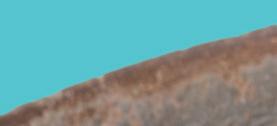



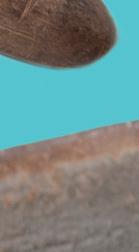



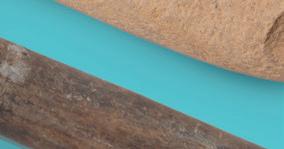
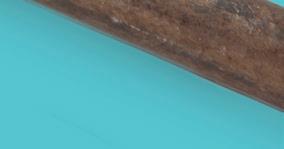
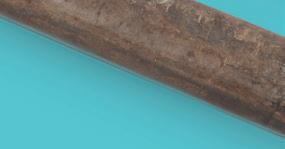

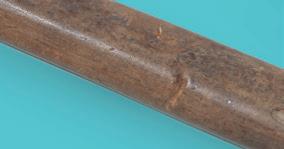
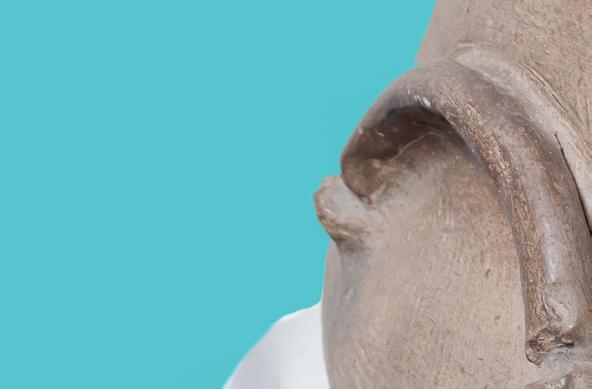



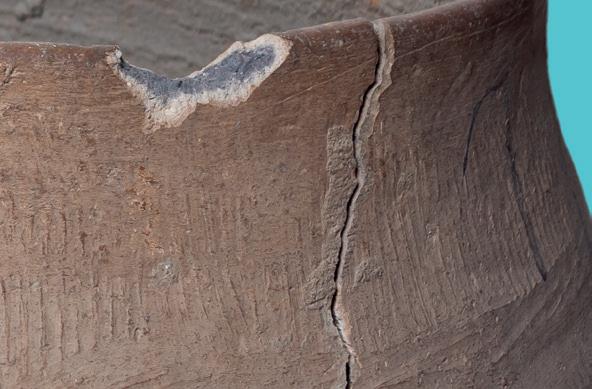
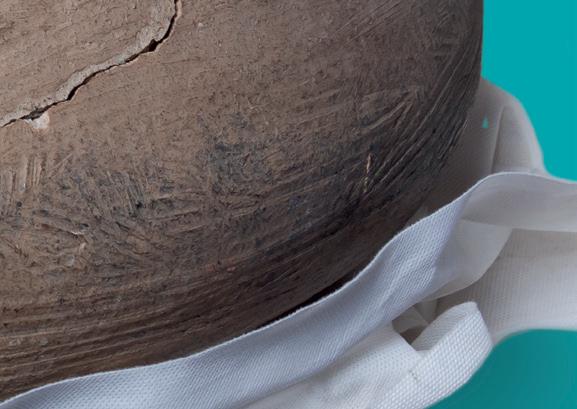


Pestles made of polished stone, commonly used with a mortar for the maceration of food and extraction of pigments. The first one (on the top) was found on the banks of the Pirapora River, in the city of Piedade. The second one was found in Sorocaba. Estimated period: pre-colonial, around 1,500 years ago com


Ceramic bowl with handles, with traces of influence from Tupi groups. Estimated period: post-colonial, 19

100 UNISO CIÊNCIA • SCIENCE @ UNISO
Lâminas de machado confeccionadas em pedra polida, comumente utilizadas para a prática agrícola e o corte e/ ou entalhe de madeira. Ambas foram encontradas em Sorocaba. Período estimado: pré-colonial, a partir de 1.500 anos atrás










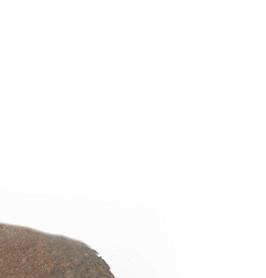

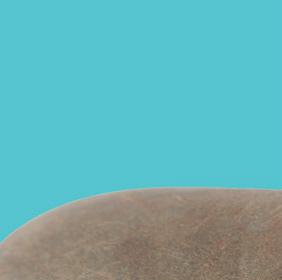













o a Estimated

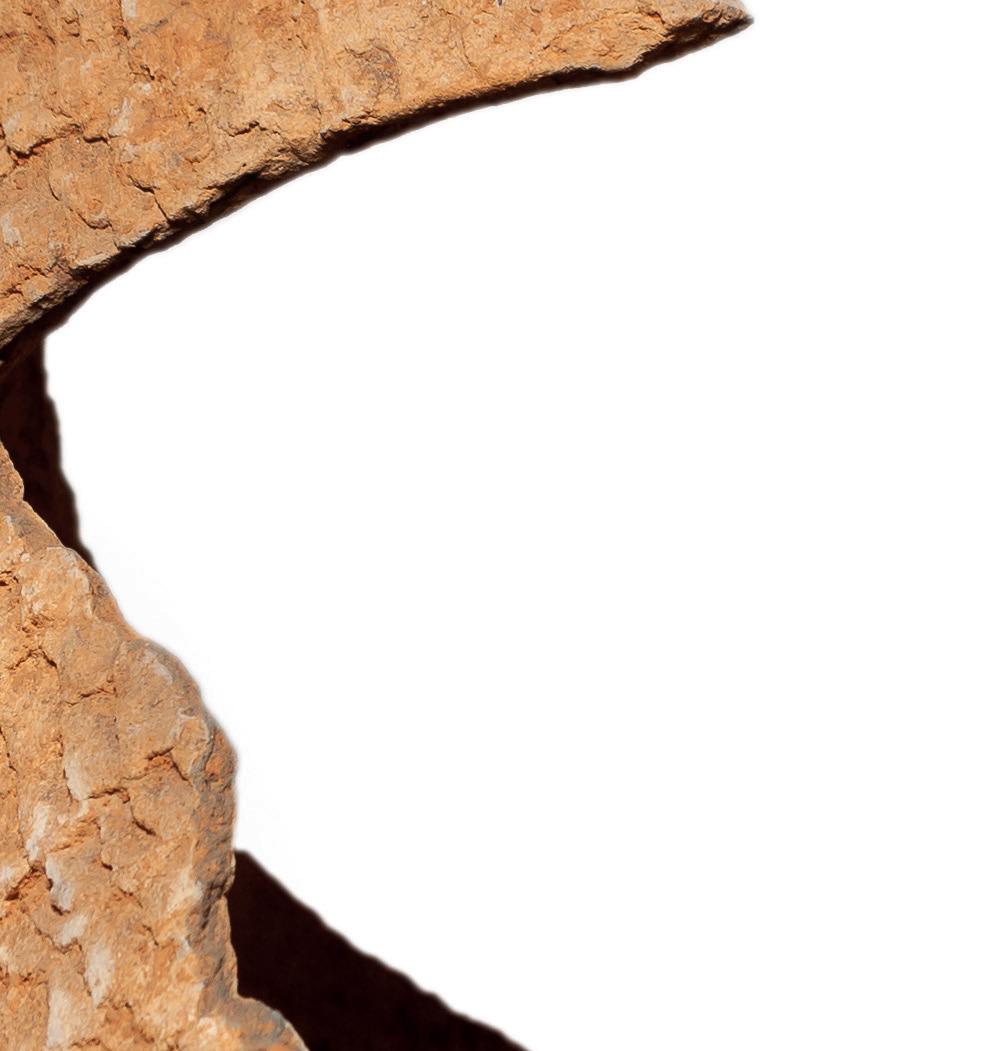
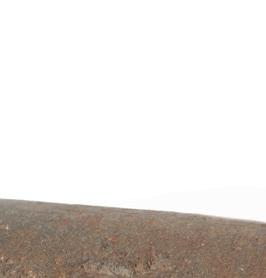

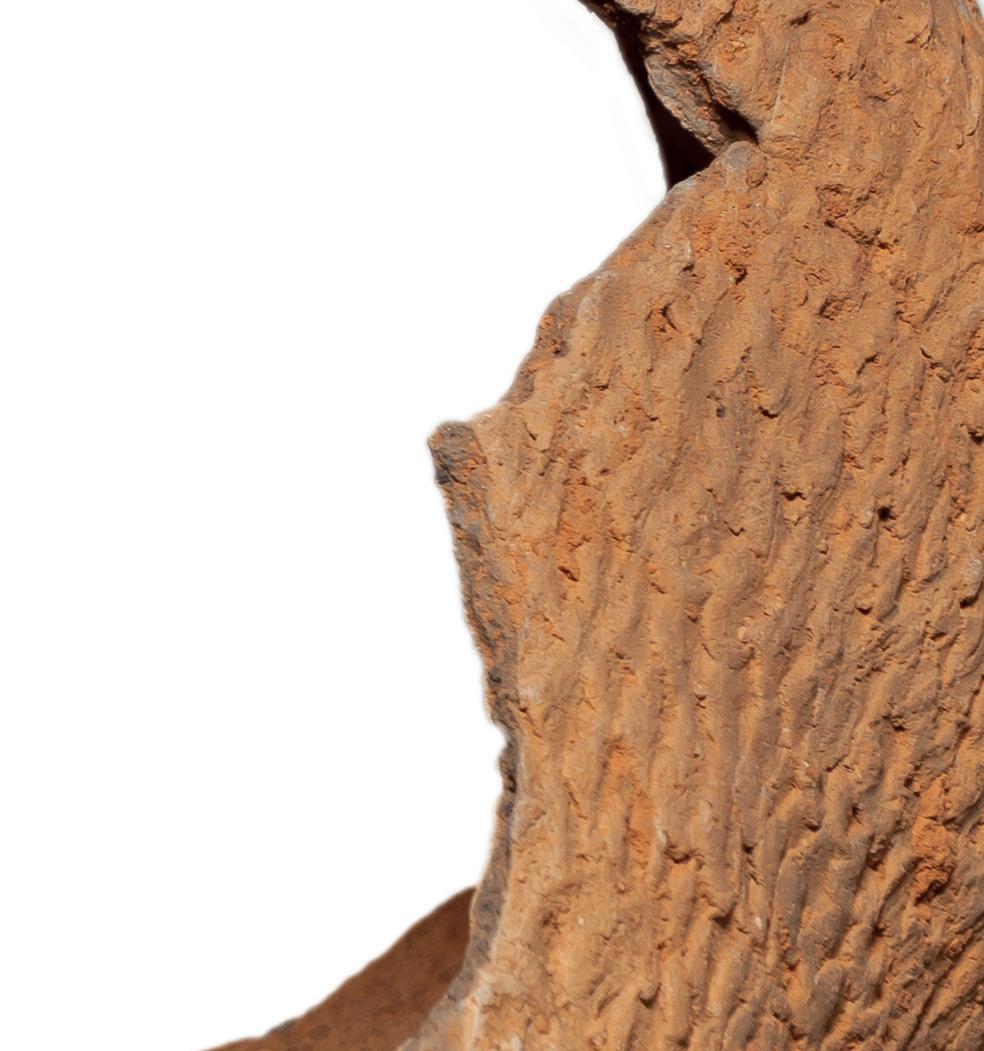

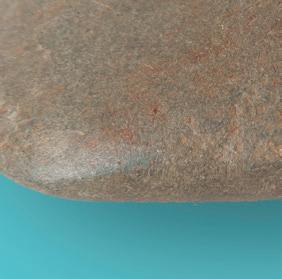
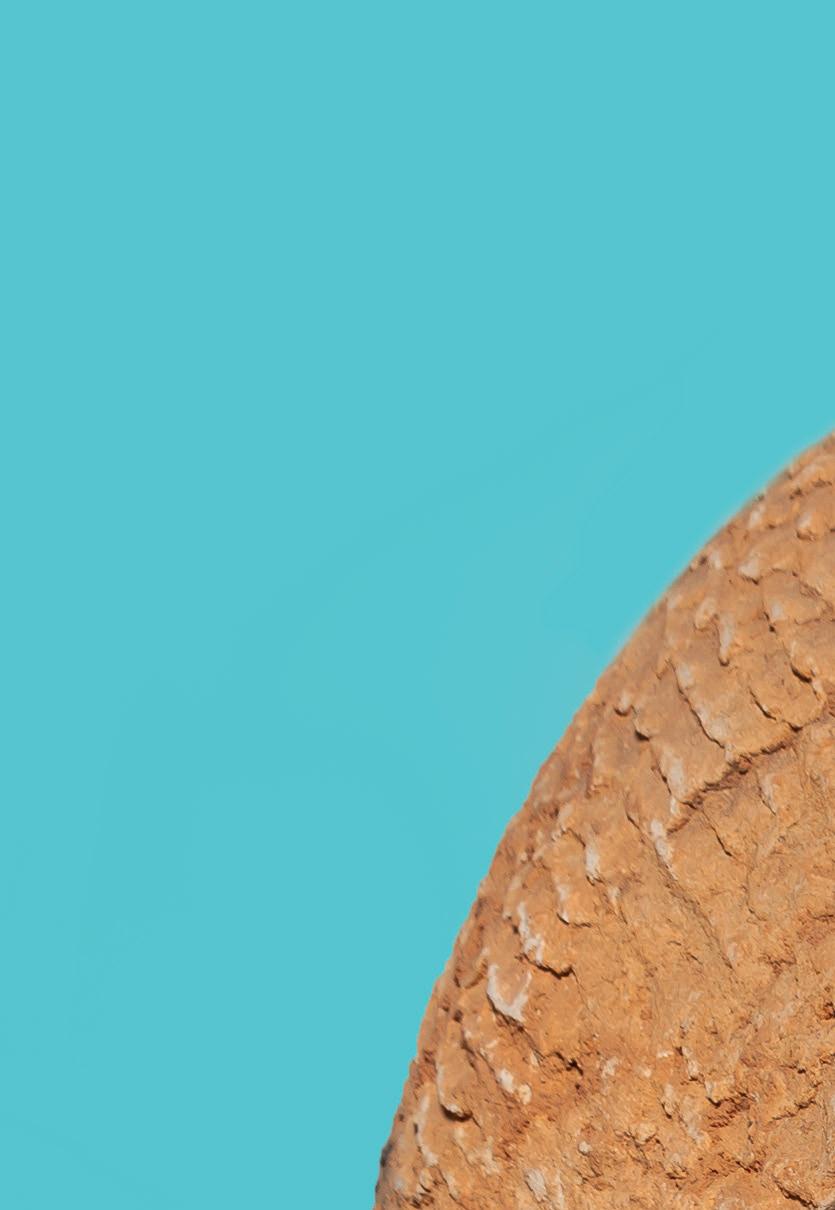

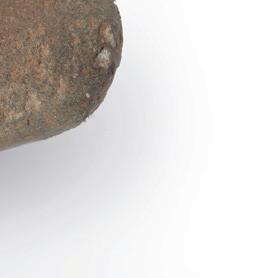
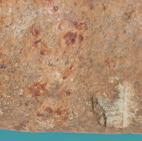




Ax blades made of polished stone, commonly used in agriculture, as well as for wood cutting and/or carving. Both were found in Sorocaba. Estimated period: pre-colonial, around 1,500 years ago


Urna funerária de Tradição Tupiguarani (yapepó). Trata-se da mesma peça que pode ser observada na abertura desta reportagem (p. 84). Período estimado: pré-colonial, a partir de 1.500 anos atrás
Funerary urn (yapepó) of Tupiguarani tradition. This is the same piece that can be seen in the picture on the cover of this story (p. 84). Estimated period: pre-colonial, around 1,500 years ago
UNISO CIÊNCIA • SCIENCE @ UNISO
SOBRE O ACERVO DO MHS
O acervo do museu, que vem sendo ampliado desde a sua inauguração em 1954, é composto por itens como vasilhas cerâmicas, tanto íntegras quanto fragmentadas; líticos (que são objetos de pedra polida ou lascada), como lâminas de machado e pontas de projéteis; urnas funerárias, também íntegras ou fragmentadas; e remanescentes humanos.
“Trata-se de uma coleção extensa”, explica Pereira, “composta por materiais bastante preservados. Esses materiais nos possibilitam contar a história de Sorocaba e região desde aproximadamente 10 mil atrás, até chegarmos a tempos mais contemporâneos, em que viveram os povos indígenas que de fato se encontraram com os primeiros colonizadores do estado de São Paulo (os bandeirantes e os padres jesuístas).”
Os materiais estão subdivididos em duas categorias: aqueles oriundos dos grupos de caçadores coletores, que foram as primeiras comunidades humanas a habitar o Brasil e a América como um todo, incluindo a região de Sorocaba (desde 10 mil anos atrás), e aqueles oriundos dos agricultores ceramistas, que são comunidades mais recentes (a partir de 1.500 anos atrás). As datações, contudo, não são exatas, uma vez que não existem para essas peças, ainda, estudos conclusivos; os períodos aproximados foram estimados, então, a partir da comparação com achados análogos encontrados em outros sítios arqueológicos próximos a Sorocaba.
Exemplos de itens referentes a ambos os grupos — de caçadores coletores e agricultores ceramistas — estão presentes ao longo deste texto, com destaque para as pontas de projétil de pedra lascada encontradas em Sorocaba (p. 90), a vasilha cerâmica reconstituída encontrada em Iperó (p. 96 e 97) e as duas urnas funerárias, ou yapepó, que ajudam os pesquisadores a compreender a cultura material do período précolonial em Sorocaba (p. 99 e 101).
“É um acervo que está sendo redescoberto”, conclui Losada, “e a nossa ideia é dar subsídio, a partir do inventário, para que ele de fato cumpra a sua função
ABOUT THE MHS COLLECTION
The museum’s collection, which has been expanded since its opening in 1954, is composed of items such as ceramic containers, both intact and fragmented; lithic artifacts (which are objects made of polished or chipped stone), such as ax blades and arrowheads; funerary urns, also intact or fragmented; and human remains.
“It is an extensive collection, comprised of well-preserved materials,” Pereira explains. “All these items allow us to rewrite the history of the region of Sorocaba starting around 10,000 years ago, until more contemporary times, when the first settlers (the Bandeirantes, accompanied by Jesuits) arrived in the region where the state of São Paulo is located today, thus interacting with these indigenous peoples for the first time.”
Materials are divided into two categories: those that came from hunter-gatherer groups, the first human communities to inhabit Brazil and America as a whole, including the region of Sorocaba (since 10,000 years ago), and those that came from farmers, more recent communities (since 1,500 years ago). However, dating these items precisely is not a possibility, since there are no conclusive studies for these particular findings yet, therefore, approximate periods were estimated based on the comparison with similar items that were found in other archaeological sites located near Sorocaba.
Examples of items from both categories are reproduced throughout this story, with emphasis on the chipped stone arrowheads found in Sorocaba (p. 90), the reconstituted ceramic bowl found in Iperó (p. 96 and 97), and the two funerary urns, or yapepó, that are helping researchers understand the material culture of pre-colonial times in Sorocaba (p. 99 and 101).
“It is a collection that is being rediscovered, and our idea is to make it possible for the collection to actually play its social role,” Losada concludes. In order to do so, in addition to preparing the pieces for any upcoming research, the scientific outreach
102 UNISO CIÊNCIA • SCIENCE @ UNISO
A equipe do projeto, da esquerda para a direita: David Lugli Turtera Pereira, Mateus Lopes Teixeira (pesquisador voluntário), Larissa Girardi Losada e Maria A. Frizarin Cipriano (curadora); também faz parte do time a museóloga da Prefeitura de Sorocaba, Daniella Gomes Moreira (que não aparece na foto)
The project team, from left to right: David Lugli Turtera Pereira, Mateus Lopes Teixeira (volunteer researcher), Larissa Girardi Losada, and Maria A. Frizarin Cipriano (curator); another team member is Daniella Gomes Moreira (not present in the photo), museologist at the City Hall of Sorocaba
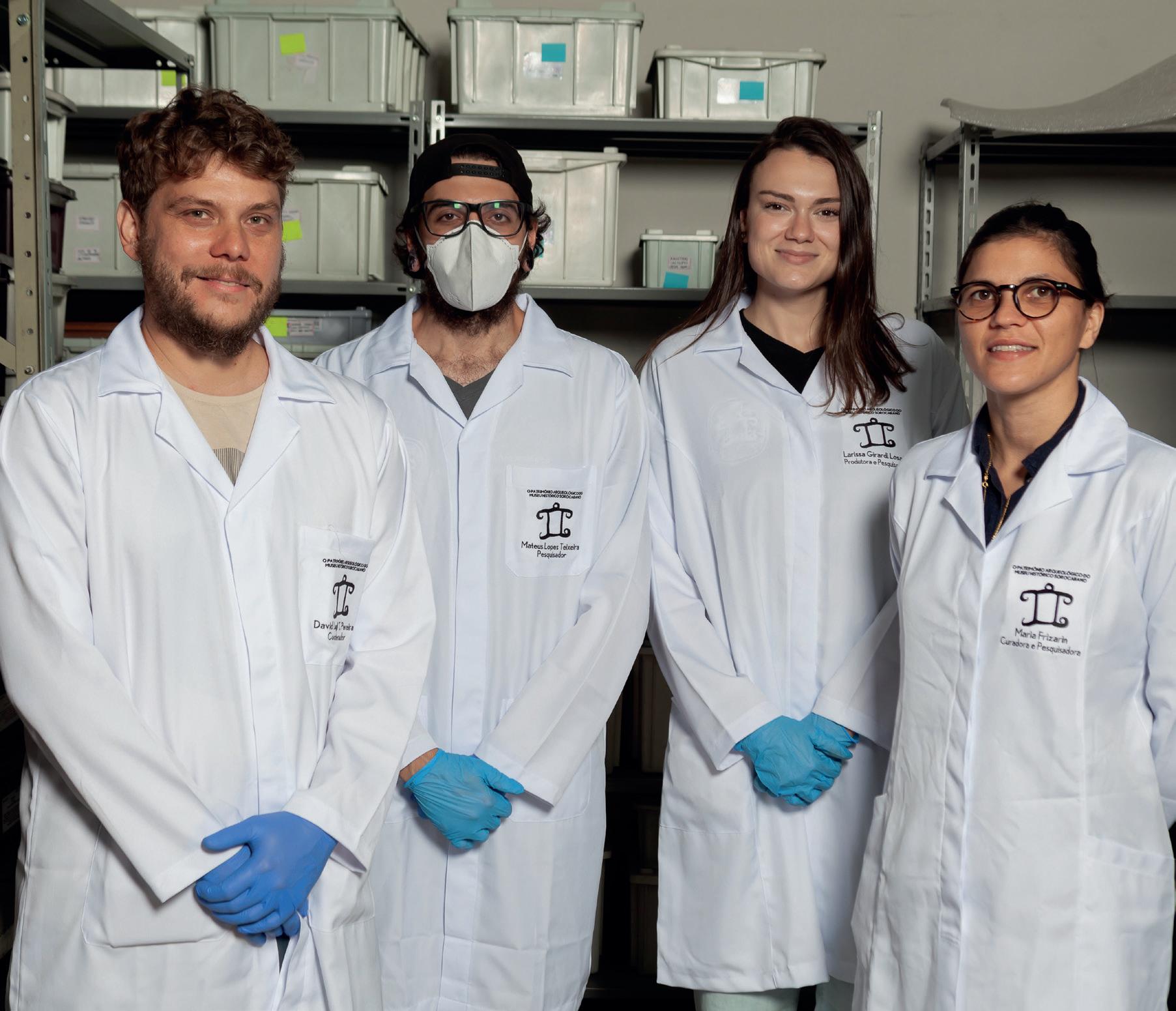
social.” Nesse sentido, além da preparação das peças para futuras pesquisas acadêmicas, as atividades de divulgação científica previstas no projeto incluíram oficinas culturais, tanto para o grande público quanto específicas para professores, contextos em que, idealmente, essas narrativas alternativas sobre a história de Sorocaba (e da América Latina como um todo) podem ser reinseridas nos processos formais e informais de educação.
activities comprised in the project included cultural workshops, both for the general public and specific sessions aimed at teachers, contexts in which these alternative narratives about the history of Sorocaba (and Latin America as a whole) can find their ways into formal and informal processes of education.
103 UNISO CIÊNCIA • SCIENCE @ UNISO
Antera (a parte final do estame) de uma flor de hibisco, cheia de grãos de pólen prontos para dispersão; você pode conferir o zoom de um dos grãos na página 114


The anther (the end of the stamen) of a hibiscus flower, full of pollen grains ready to be dispersed; you can check the magnification of one of these grains on page 114
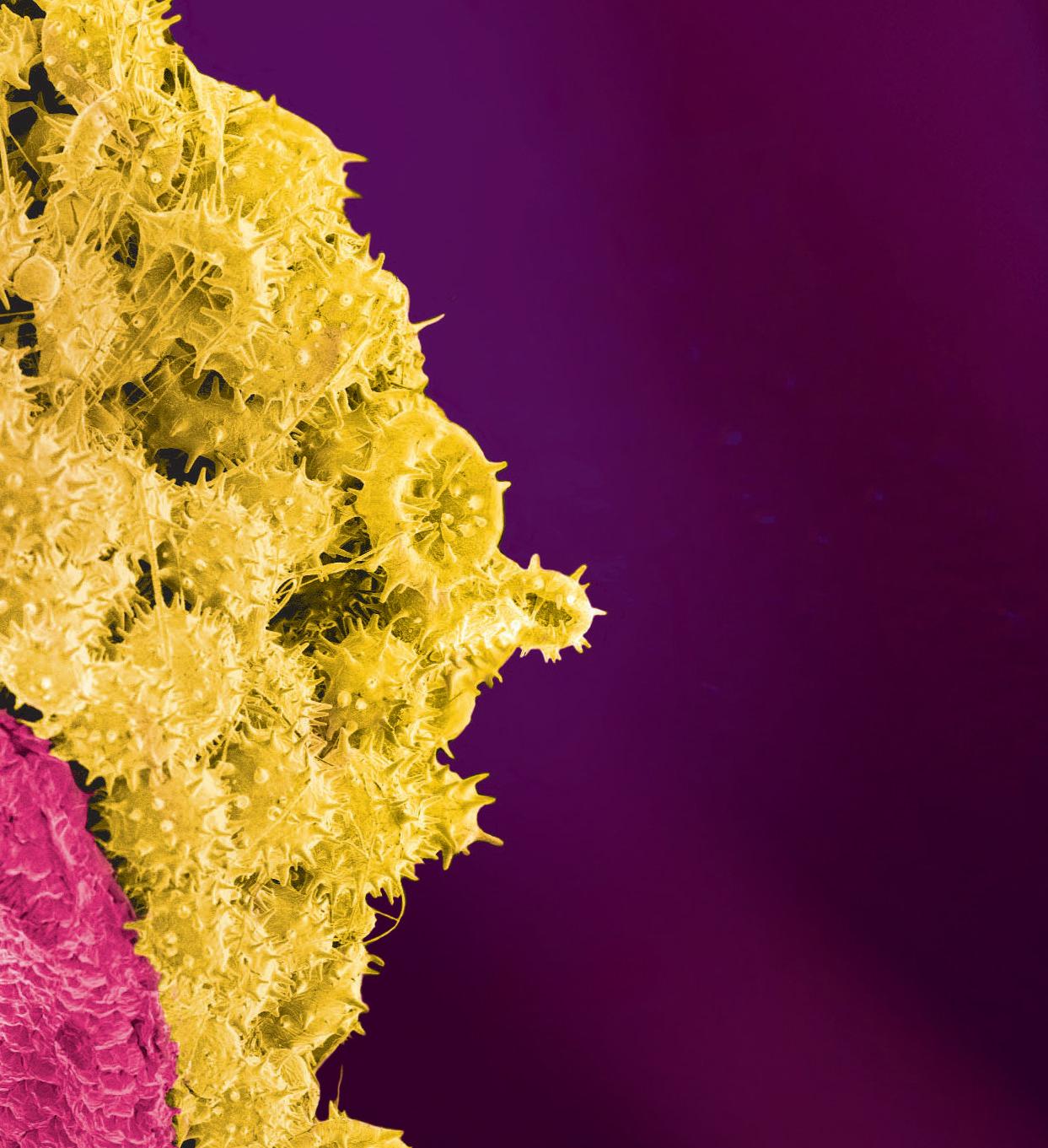
 Imagem (microscopia) / Image (microscopy): Lapisus/Uniso
Imagem (microscopia) / Image (microscopy): Lapisus/Uniso
Cafeína e líquido iônico, um tipo de sal líquido, fazem parte da formulação desenvolvida pela farmacêutica Audrey Stefani Naufal Hernandes, como parte de seu mestrado na Uniso
Caffeine and ionic liquid, a type of liquid salt, are part of the formulation developed by the pharmacist Audrey Stefani Naufal Hernandes, as part of her Master's study at Uniso
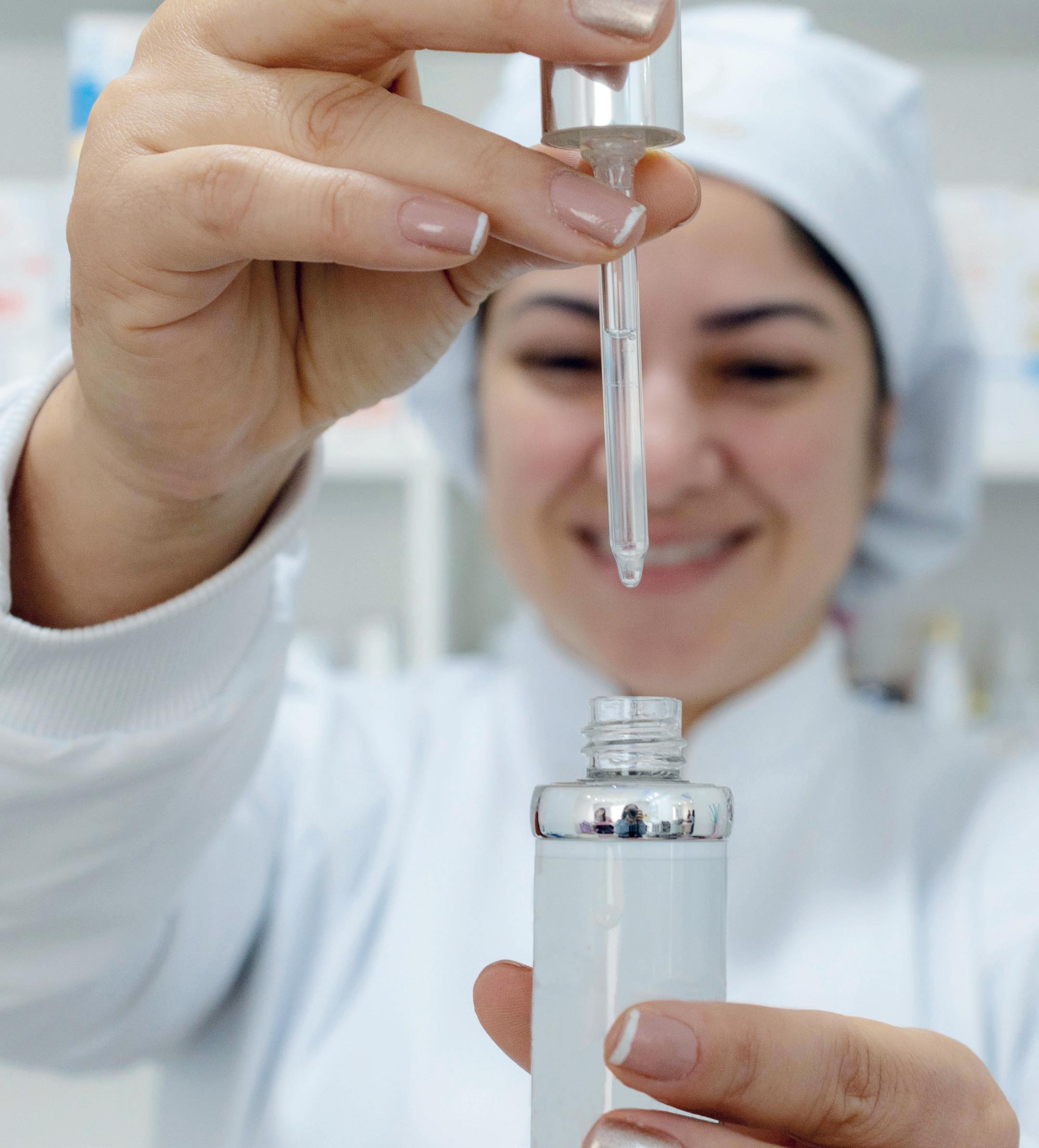
106 UNISO CIÊNCIA • SCIENCE @ UNISO
base de cafeína, tratamento tópico desenvolvido na Uniso pode auxiliar no

COMBATE À CELULITE
Topical gel developed at Uniso can help in the
TREATMENT OF CELLULITE
Por: Focs, Agência Experimental de Jornalismo da Uniso
By: Focs, Uniso’s Experimental News Agency
Fotos/Photos: Ana Fragoso
*Participaram dos processos de pesquisa e redação para esta reportagem os seguintes estudantes do Programa de Graduação em Jornalismo da Uniso: Ana Ferreira, Ana Fragoso, Brenda Ponciano, Daniele Gonzales, Deividy Venâncio, Fernanda Sena e Thaís Verderamis
*The following students of Uniso’s undergraduate program in Journalism took part in the research and writing processes for this story: Ana Ferreira, Ana Fragoso, Brenda Ponciano, Daniele Gonzales, Deividy Venâncio, Fernanda Sena, and Thaís Verderamis
Photo archive of the African-inspired fashion show held by Uniso’s Fashion Design undergraduate program in 2019, based on the film Black Panther
107 UNISO CIÊNCIA • SCIENCE @ UNISO
À
Comocostuma acontecer com muitas mulheres, as inseguranças de Wingrid Rodrigues em relação ao próprio corpo começaram ainda durante a adolescência. Aos 30 anos de idade, ela se recorda de quando tinha apenas 15, numa ocasião específica em que assistiu a uma reportagem sobre técnicas para eliminar as celulites: naquela época, ela já era capaz de identificar as marcas surgindo em seu próprio corpo, entre os quadris, as coxas e as pernas, o que costumava deixá-la bastante preocupada, especialmente porque os procedimentos que ela viu na TV lhe pareceram bastante invasivos — alguns envolviam agulhas, por exemplo; outros, dietas demasiadamente restritivas. Tudo isso só colaborou para aumentar sua ansiedade quanto à questão e, aos poucos, afetar a sua vida social e afetiva.
Desde então, shorts e saias, ou qualquer outro tipo de peça de vestuário que deixasse as celulites à mostra, deixaram de fazer parte de seu guarda-roupa. “Eu cheguei a doar todas as peças que faziam com que eu me sentisse mal”, ela diz. “Meu armário ficou vazio, com apenas uma calça. E coitado do meu marido! Ele sempre me elogiava muito, e ainda o faz, mas, infelizmente, a impressão que eu tenho é de que a celulite fala muito mais alto quando estou em frente ao espelho. Uma vez, por exemplo, ele me chamou para sair e eu escolhi uma roupa mais curta, mas, quando percebi as celulites, comecei a chorar e falei que não ia mais.”
Desde que se incomodou com as celulites pela primeira vez, Rodrigues vem experimentando — sem muito sucesso, infelizmente — diversas maneiras de eliminá-las, desde dietas e sessões de treinamento na academia até procedimentos estéticos. “Recentemente, decidi fechar um pacote de massagem modeladora e drenagem linfática. A minha esteticista até disse que estava dando resultado, só que eu não estava vendo diferença alguma”, ela conta. Chegou, então, um momento em que o investimento (tanto físico quanto financeiro) deixou de valer a pena, uma vez que os procedimentos estavam pesando no bolso e eram
Rodrigues’ insecurities about her own body began during her teen years, as is often the case with many women. At the age of 30, she recalls when she was only 15, on a specific occasion when she heard, on the news, about techniques to get rid of cellulite: at that time, she was already noticing the marks appearing on her own body, between the hips, thighs, and legs, and it used to worry her a lot, especially due to the fact that the procedures she saw on TV seemed quite invasive—some involved needles, for example; others, diets that seemed too restrictive. These facts contributed to increase her anxiety about the issue and, little by little, they started affecting her social and affective life.
Wingrid
Since then, shorts and skirts were forbidden in her wardrobe, as well as any other kind of clothing that would leave the marks apparent. “I donated all the clothes that made me feel bad,” she says. “My closet was empty, with only one pair of pants. Oh, and my poor husband! He always complimented me a lot, and still does, but the impression I have is that cellulite speaks much louder when I see myself in front of the mirror. There was this one time, for example, when he asked me out and I chose to wear a shorter outfit, but then I noticed the cellulite, started crying, and said I wasn’t going anymore.”
Since she was firstly bothered by cellulite, Rodrigues has been experimenting with different ways to eliminate it, from diets and training sessions at the gym to cosmetic procedures. “Recently, I decided to try modeling massage and lymphatic drainage. My beautician told me it was working, but I couldn’t see any difference,” she recalls. All the investment did not seem to be worth it, since the procedures were not only weighing on the pocket, but were quite painful as well. To this day, she still lives with the problem.
108 UNISO CIÊNCIA • SCIENCE @ UNISO
Hernandes vem atuando há mais de dez anos na área da estética na região de Sorocaba
Hernandes has been working in the field of Aesthetics and Cosmetology for over ten years in the region of Sorocaba
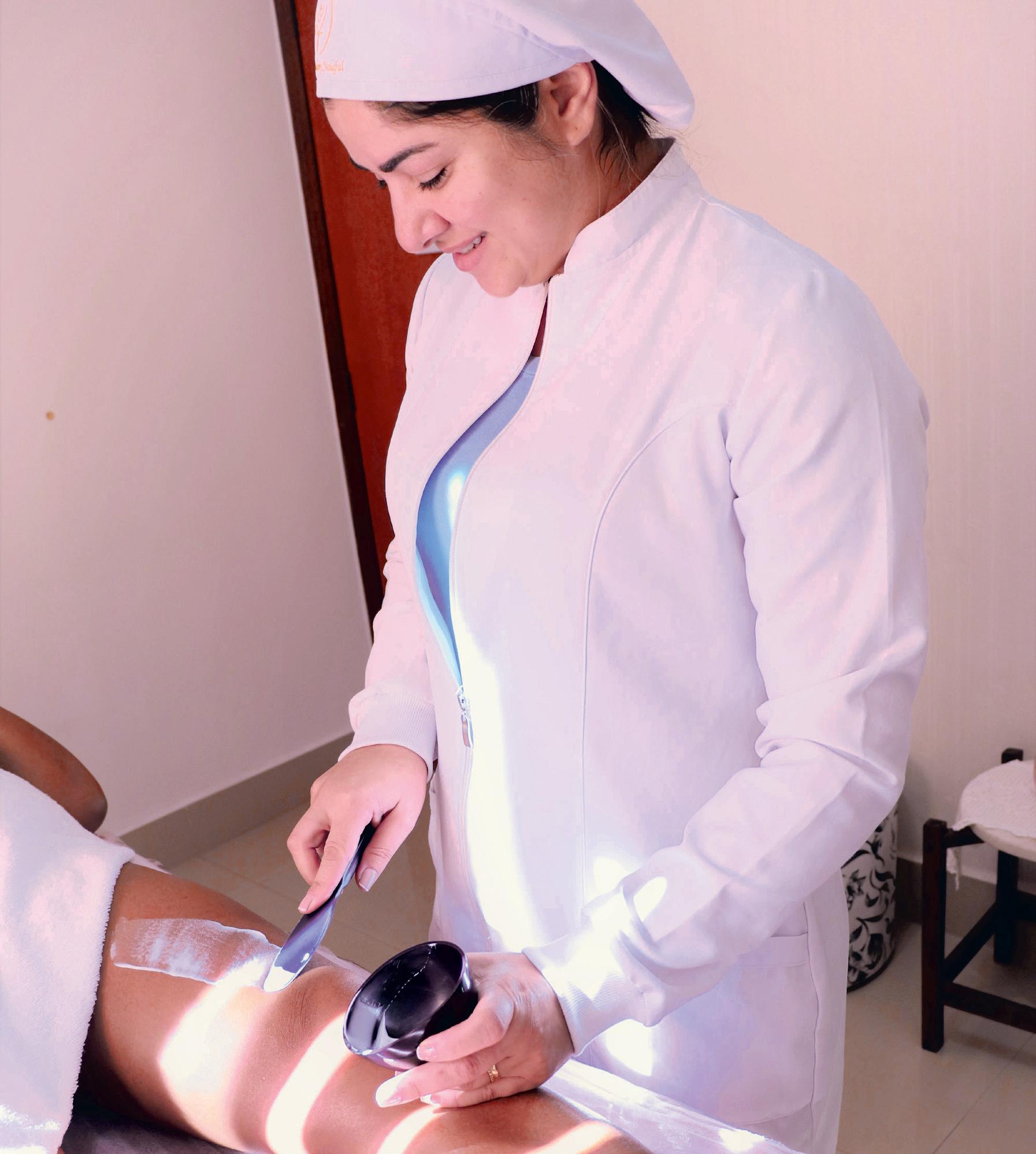
bastante doloridos. Hoje Rodrigues ainda convive com o problema.
E ela não está sozinha. Segundo a Sociedade Brasileira de Cirurgia Dermatológica (SBCD), 90% da população feminina sofre com as marcas onduladas e/ou granulosas conhecidas como
And she is not alone. According to the Brazilian Society of Dermatological Surgery (SBCD, in the Portuguese acronym), 90% of the female population suffers from these lumpy and/or dimpled marks known as cellulite, which usually appear on the buttocks, legs, and abdomen.
109 UNISO CIÊNCIA • SCIENCE @ UNISO
celulite, que normalmente aparecem nas nádegas, nas pernas e no abdômen. A condição costuma se dar devido ao fato de as mulheres terem uma maior TENDÊNCIA para acumular células de gordura nos tecidos, quando comparadas aos homens.
A busca por tratamentos alternativos, especialmente aqueles que não sejam tão invasivos, não é uma preocupação exclusiva das pacientes, mas também da comunidade de profissionais da estética. É o caso, por exemplo, de Nathália Ramos de Souza, formada pela Universidade de Sorocaba (Uniso) em 2020. “Até hoje não existe nenhum tratamento que seja 100% eficaz”, ela lamenta. “Isso acontece em partes porque é muito difícil que um ativo chegue até a camada adiposa, uma das mais profundas da pele, apenas por meio da aplicação tópica.” Ela ressalta, também, que profissionais sérios devem se preocupar em recomendar e utilizar produtos que tenham sido respaldados pela ciência, que tenham se provado seguros para utilização em seres humanos e testados sem a interferência de vieses comerciais. “Não adianta que surjam produtos ‘mágicos’, que prometem reverter a situação, mas que tenham sido levados ao mercado sem qualquer embasamento científico”, ela defende.
É aí que entram pesquisas científicas como a de Audrey Stefani Naufal Hernandes. Farmacêutica especializada em Estética, ela optou por desenvolver o seu estudo de mestrado, defendido em 2021, no Programa de Pós-Graduação em Ciências Farmacêuticas da Universidade. Tendo acumulado mais de dez anos de experiência no atendimento de mulheres, ela conhece de perto o desconforto que as celulites podem representar, e foi justamente isso que a levou a desenvolver um produto cosmético em gel, à base de cafeína, capaz de vencer as barreiras da pele e assim resultar num tratamento tópico não invasivo contra a celulite.
Hernandes explica que a cafeína é capaz de “quebrar” a gordura, evitando que as células adiposas se transformem em celulite, e por isso ela já é utilizada em várias formulações cosméticas.
The condition is usually caused by the greater TENDENCY that women have to accumulate fat cells in their tissues, in comparison to men.
The search for alternative treatments, especially those that are not so invasive, is not an exclusive concern of patients. It is also something that concerns the community of beauticians and cosmeticians. This is the case of Nathália Ramos de Souza, who received her degree from Uniso in 2020. “To this day, there is no treatment that is 100% effective,” she says. “This happens in part because it is very difficult for an active substance to reach the adipose tissue, one of the deepest layers of the skin, only through topical solutions like creams and gels.” She also emphasizes that ethical professionals should make sure to only recommend and use products that have been backed up by science, that have been proven safe for use in humans, and that have been tested without the interference of commercial biases. “There is no use for those ‘magic’ products that promise to reverse the situation, but have no scientific basis,” she argues.
This is where scientific studies such as the one conducted by Audrey Stefani Naufal Hernandes, a pharmacist who specialized in Aesthetics and Cosmetology, come in. She developed her Master’s project, which was defended in 2021, at Uniso’s graduate program in Pharmaceutical Sciences. After been dealing with female clients for over ten years, she is quite familiar with the discomfort that cellulite can represent, and that was precisely what led her to develop a caffeinebased cosmetic gel capable of passing through skin layers, thus resulting in a non-invasive topical treatment against cellulite.
Hernandes explains that caffeine is able to “break down” the fat, therefore preventing fat cells from turning into cellulite, and that is why it is
110 UNISO CIÊNCIA • SCIENCE @ UNISO
PARA SABER MAIS: POR QUE AS MULHERES TÊM MAIS CELULITE?
A celulite atinge a maior parte da população feminina. E isso acontece por questões biológicas: até os seis anos de idade, meninos e meninas costumam produzir a mesma quantidade de adipócitos (células que armazenam gordura), porém os meninos continuam produzindo essa mesma quantidade por toda a vida (a menos que ganhem peso), enquanto a quantidade de adipócitos das meninas aumenta à medida que elas entram na puberdade. É isso que causa as mudanças no formato do corpo, já que, nelas, as células de gordura se acumulam em partes específicas como os quadris, as coxas, as nádegas, os flancos, os joelhos e a região dos culotes, exatamente aquelas que conferem curvas ao corpo feminino. Já os meninos acumulam gordura apenas na região abdominal. Além disso, a estrutura da hipoderme (a camada mais interna da pele) também é diferente nas mulheres: enquanto nos homens as células adiposas são divididas por septos cruzados como uma rede, que impedem que elas “escapem” por entre os espaços, nas mulheres essas mesmas células são divididas por septos paralelos, o que leva à aparência de “buraquinhos” e àquele aspecto semelhante a uma casca de laranja, que incomoda tanta gente. Quando o incômodo se torna excessivo e incapacitante, contudo, afetando excessivamente o bem-estar da paciente, a recomendação é que o tratamento não seja somente estético, mas também psicológico. É o que recomenda a psicóloga Ana Maria Pivetta, consultada para esta reportagem.
TO KNOW BETTER: WHY DOES CELLULITE AFFECTS MORE WOMEN THAN MEN?
Cellulite affects most of the female population. And this happens due to biological reasons: up to the age of six, boys and girls usually produce the same amount of adipocytes (namely, the cells that store fat), but boys continue to produce that same amount throughout their lives (unless they gain weight), while girls produce more adipocytes as they enter puberty. This is what causes the changes in the shape of their bodies, since fat cells tend to accumulate in specific parts such as the hips, buttocks, flanks, knees, and the region of the thighs and upper thighs, those body parts that make female bodies more curvy. Boys, on the other hand, tend to accumulate fat in the abdominal region. In addition, the structure of the hypodermis (the innermost layer of the skin) is different in women: while in men the fat cells are divided by intersecting septa, pretty much like a net, which prevent them from “escaping” through the hollow spaces, in women these same cells are divided by parallel septa, which causes the appearance of “little holes,” similar to an orange peel, which bothers so many people. However, when the discomfort becomes excessive and umbearable to the point of affecting the patient’s well-being—especially considering that cellulite is a natural occurrence—the treatment should focus not only on the aesthetic issues, but also on the psychological aspects. This is what psychologist Ana Maria Pivetta, who was consulted for this story, recommends.
111 UNISO CIÊNCIA • SCIENCE @ UNISO
Mas, para que a cafeína de fato tenha algum efeito, ela ressalta que é preciso garantir que ela chegue à gordura sem ser degradada no caminho — é por isso que somente beber o café não eliminaria o problema (até porque, naturalmente, existe um limite de quanto café um ser humano normal é capaz de tomar sem ter uma série de efeitos colaterais). Para garantir que a cafeína fosse capaz de chegar às células adiposas e dar conta do recado, Hernandes a combinou a uma substância conhecida como líquido iônico, um tipo de sal orgânico em estado líquido que vem sendo empregado pela indústria farmacêutica e em PESQUISAS ACADÊMICAS para facilitar a permeação de certos ativos na pele.
already used in several cosmetic formulations. But she points out that, in order for caffeine to really have any effect, one need to ensure it reaches fat where it actually is without being degraded along the way—which is why drinking coffee would not solve the problem (and also because there is a limit of how much coffee a normal human being can drink without having a lot of side effects). To ensure that caffeine was able to reach fat cells and do the job, Hernandes combined it with a substance known as ionic liquid, a type of organic salt in a liquid state that has been used by the pharmaceutical industry and in ACADEMIC RESEARCH to facilitate the permeation of certain substance into the skin.
Siga o link pelo QR code ao lado: Follow the link to read this story:
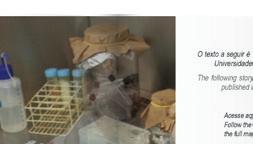
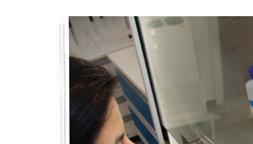



Na Uniso, estudos desse tipo fazem parte da linha de pesquisa identificada como “Avaliação de Substâncias Bioativas e Sistemas de Liberação de Fármacos”. Confira na edição 4 (jun./2020) da revista Uniso Ciência um estudo semelhante, voltado à utilização de líquidos iônicos para vencer a barreira da pele e facilitar a aplicação da insulina em pacientes diabéticos, sem a necessidade de agulhas

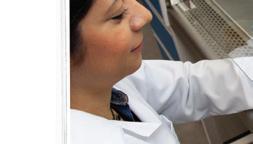




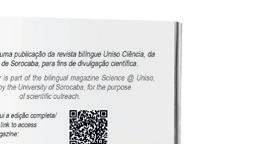
At Uniso, studies of this kind usually take place as part of a line of research titled “Evaluation of Bioactive Substances and Drug Delivery Systems.” In the issue #5 (June/2020) of the Science @ Uniso magazine, you can read about a similar study, aimed at using ionic liquids to overcome the skin barrier of diabetic patients, thus facilitating the delivery of insulin without the need for needles
A pesquisadora explica: “É como se a nossa pele fosse feita de vários tijolinhos, como uma parede. O intuito da pesquisa foi exatamente criar ativos que fossem capazes de permear a pele, para não ficar na superfície desses ‘tijolos’, e assim ter um efeito real na celulite. Por isso o uso do líquido iônico, que faz com que a pele se abra para que o meu produto consiga entrar.”
The researcher explains: “Imagine our skin is made of small bricks, like a wall. The purpose of the study was to develop substances that were able to permeate the skin, so they would not stay on the surface of these ‘bricks,’ and actually have a real effect on cellulite. That is why I used the ionic liquid, which makes the skin open up so my product can get in.”
112 UNISO CIÊNCIA • SCIENCE @ UNISO
Depois do desenvolvimento inicial, o gel formulado por Hernandes foi testado em mulheres de 18 a 55 anos, que já apresentavam celulite. Após exames iniciais e entrevistas, elas tiveram o produto aplicado sobre a pele em dez sessões realizadas ao longo de cinco semanas. Em algumas, a aplicação foi completa: com o líquido iônico e o gel acrescido de cafeína. Já em outras, apenas o gel com a cafeína foi aplicado. Ao fim do estudo, comprovou-se que as pacientes que fizeram uso do gel e do líquido iônico simultaneamente apresentaram um nível de melhoria superior àquele observado nas mulheres que passaram pela aplicação do gel sem o líquido. Constatou-se, também, uma diminuição nas medidas do culote e das coxas das mulheres que receberam o gel com o líquido iônico na formulação.
Hernandes conclui que a cafeína é uma substância promissora no combate às celulites, porém, para que o produto possa ser comercializado, são necessárias outras etapas de pesquisa, que incluem testes em grupos maiores de pacientes e melhorias na formulação do produto. “Essa primeira etapa serviu para testar se o líquido iônico apresentava capacidade de permeação no tecido subcutâneo”, ela explica. “Agora que foi comprovado que sim, a ideia é potencializar a formulação com outros ativos, além da cafeína, de modo a atingir resultados ainda melhores, além de seguir futuramente com o tema em um doutorado.”
After the initial phases of research, the gel she developed was tested on women aged 18 to 55, who already had cellulite. After initial examinations and interviews, the product was applied to their skin during ten sessions carried out over five weeks. Some of them received the complete formulation: the ionic liquid and the gel plus caffeine. Others received only the gel with added caffeine. At the end of the study, it was proved that the patients who received the gel and the ionic liquid simultaneously showed a higher level of improvement in comparison to those who received the gel without the liquid. There was also a decrease in the measurements of thighs and upper thighs of those women who received the gel with the ionic liquid in the formulation.
Hernandes concludes that caffeine is a promising substance when it comes to the treatment of cellulite, however, in order for the product to be commercialized, further steps are necessary, including tests in larger groups of patients, and improvements in the product’s formulation. “This first step was meant to test whether the ionic liquid had the ability to permeate the subcutaneous tissue,” she explains. “Now that it has been proven that it does, the idea is to add other active substances to the formulation, in addition to caffeine, in order to achieve even better results. This is something that might be done in the future, as a doctorate project.”
Com base na dissertação “Produto cosmético com cafeína associada a líquido iônico para tratamento de celulite”, do Programa de Pós-Graduação em Ciências Farmacêuticas da Universidade de Sorocaba (Uniso), com orientação da professora doutora Marta Maria Duarte Carvalho Vila e coorientação do professor doutor Victor Manuel Cardoso Figueiredo Balcão, aprovada em 10 de novembro de 2020.
Acesse o texto completo da pesquisa (em português):
Follow the link to access the full text of the original research (in Portuguese):
113 UNISO CIÊNCIA • SCIENCE @ UNISO
Grão de pólen de uma flor de hibisco. Pode-se observar a exina, como é chamada a sua camada mais externa, que tem esse aspecto espinhoso
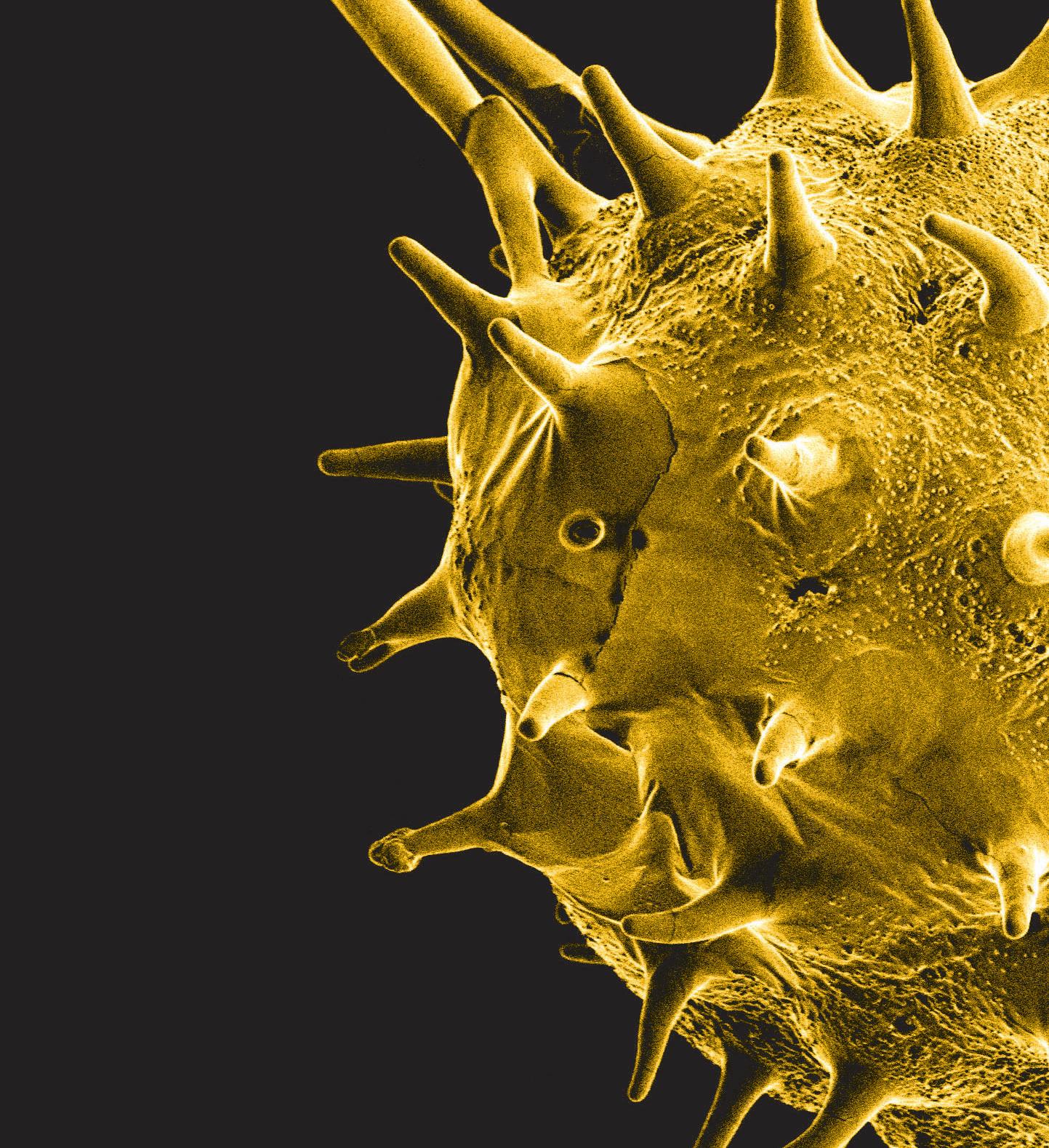

A pollen grain of a hibiscus flower. You can see the exine, the outermost layer, which has this prickly appearance

 Imagem (microscopia)
/ Image (microscopy): Lapisus/Uniso
Imagem (microscopia)
/ Image (microscopy): Lapisus/Uniso
“Ser uma Universidade Comunitária que, por meio da integração do ensino, da pesquisa e da extensão, produza conhecimentos e forme profissionais, em Sorocaba e região, para serem agentes de mudanças sociais, à luz de princípios cristãos.”
“To be a Communitarian University* that, through the integration of teaching, research, and outreach, will produce knowledge, educating and empowering professionals in Sorocaba and its region to be agents of social changes in the light of Christian principles.”
*The University of Sorocaba is a Communitarian University, which is a non-profit model of educational institutions typical to Brazil, managed by a Community Council formed by various segments of civil society
116 UNISO CIÊNCIA • SCIENCE @ UNISO































 Imagem (microscopia) / Image (microscopy): Lapisus/Uniso
Imagem (microscopia) / Image (microscopy): Lapisus/Uniso



































































































































































































 Imagem (microscopia)
/ Image (microscopy): Lapisus/Uniso
Imagem (microscopia)
/ Image (microscopy): Lapisus/Uniso




















































































 Imagem (microscopia)
/ Image (microscopy): Lapisus/Uniso
Imagem (microscopia)
/ Image (microscopy): Lapisus/Uniso
 Por/By: Guilherme Profeta
Por/By: Guilherme Profeta
























































 Retrato por/Portrait by Matheus de Oliveira Santos
Retrato por/Portrait by Matheus de Oliveira Santos





























































 Retrato por/Portrait by Júlia Martins Souza
Retrato por/Portrait by Júlia Martins Souza







 Imagem (microscopia) / Image (microscopy): Lapisus/Uniso
Imagem (microscopia) / Image (microscopy): Lapisus/Uniso

























 Detail of the compound eye of a mandaguari bee (Scaptotrigonasp.), including the region between the eye and the mandible, covered by bristles
Imagem (microscopia) / Image (microscopy): Lapisus/Uniso
Detail of the compound eye of a mandaguari bee (Scaptotrigonasp.), including the region between the eye and the mandible, covered by bristles
Imagem (microscopia) / Image (microscopy): Lapisus/Uniso



















 Por/By: Guilherme Profeta Fotos/Photos: Fernando Rezende
Por/By: Guilherme Profeta Fotos/Photos: Fernando Rezende





























































































































































































































































































































 Imagem (microscopia) / Image (microscopy): Lapisus/Uniso
Imagem (microscopia) / Image (microscopy): Lapisus/Uniso


















 Imagem (microscopia)
/ Image (microscopy): Lapisus/Uniso
Imagem (microscopia)
/ Image (microscopy): Lapisus/Uniso